The People’s Painter

Classical paintings
 by L. A. Ring
by L. A. Ring
A Swedish Lens on America
Photographs from Studio 54 and beyond
Leading the Charge: Nordic countries’ proactive response to the climate crisis
Relaxation Station: A Finnish sauna’s journey from Finn Hill to Market Street
Northern Lights Auktion
Hyatt Regency, Seattle | Saturday, May 11, 2019
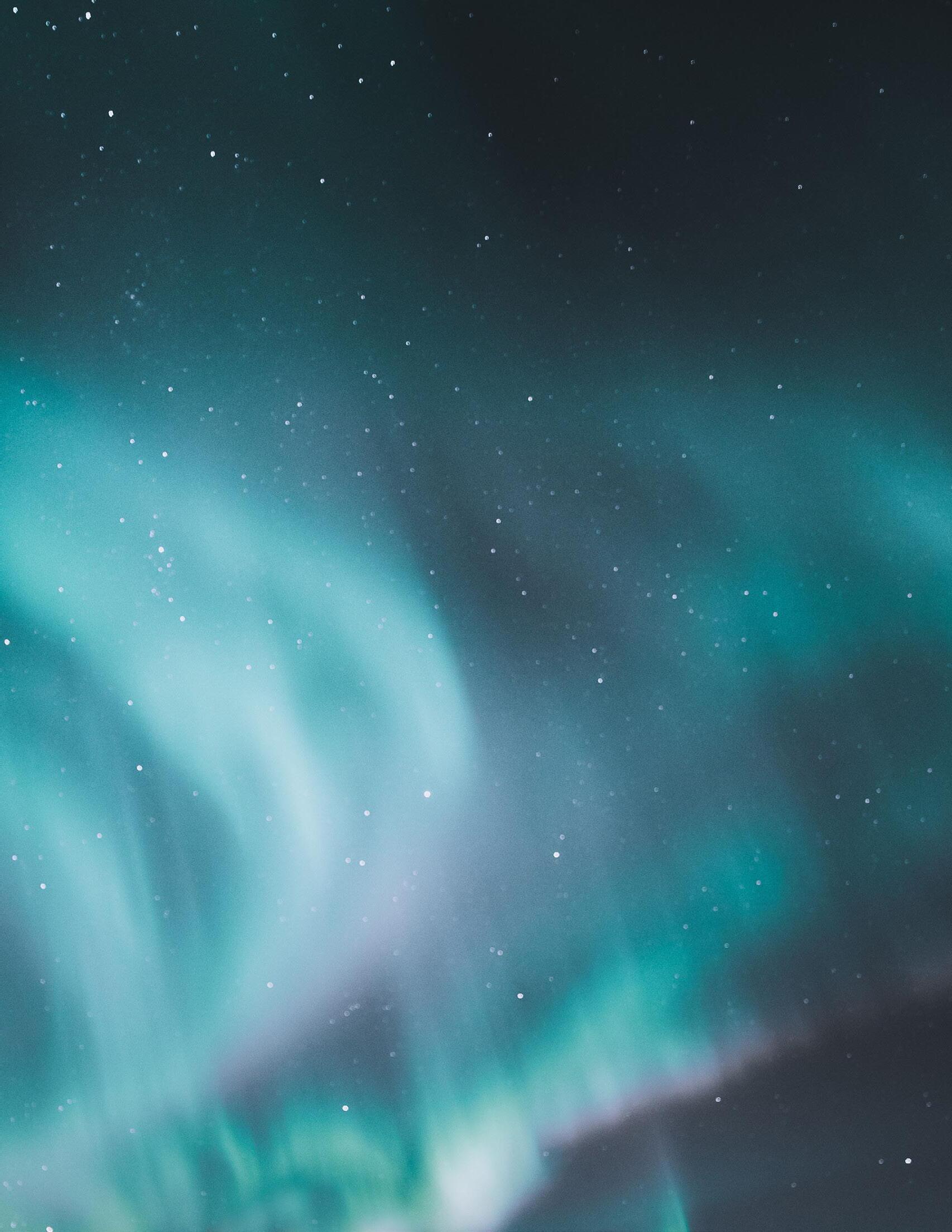 Photo by Luke Stackpoole on Unsplash
A fundraiser for the Nordic Museum
Photo by Luke Stackpoole on Unsplash
A fundraiser for the Nordic Museum
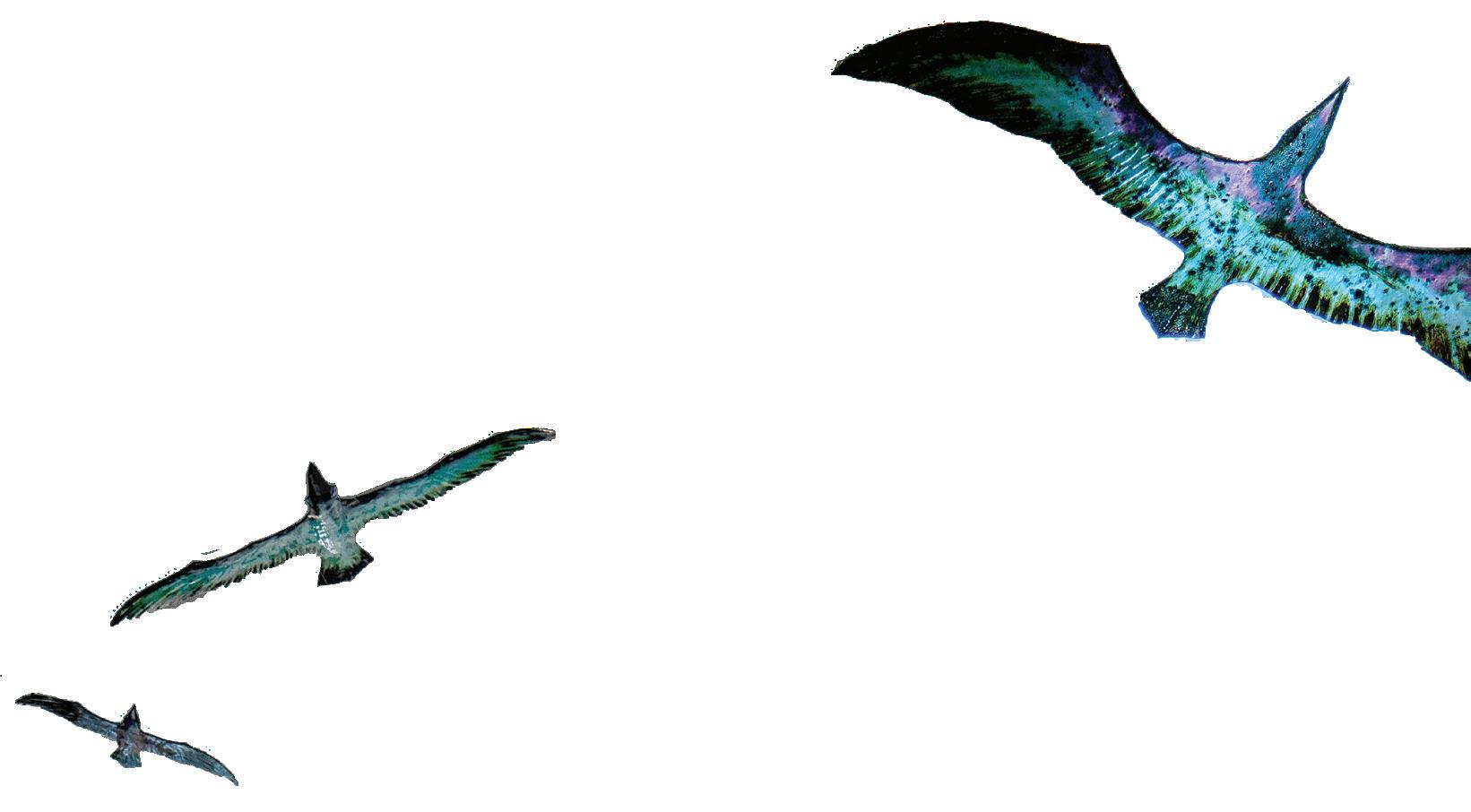
CONTENTS 3 FROM THE CEO 4 LAURITS ANDERSEN RING: ON THE THRESHOLD (OF A NEW CENTURY) A special look at a renowned Danish painter 7 LET’S BE FRIENDS A friendly exchange with Denmark’s national gallery 10 EXHIBITIONS 2019 An overview of art 11 STUDIO 54 AND BEYOND The party isn’t over for cutting-edge photographer Hasse Persson 18 JACOB A. RIIS: THE IDEAL AMERICAN Social reform through a photographer’s lens 20 EYESOUND: AUGNHLJÓ Ð: Ø JENLYD A cross-country conversation without language barriers 22 BEHIND THE SCENES OF THE VIKING AGE Going beyond The Vikings Begin 27 CAPITAL CAMPAIGN DONORS Spotlight: Nordic Legacy Circle 30 BUILDING A NORDIC–LA BRIDGE An interview with an entrepreneurial rock star 32 COMBATING CLIMATE CHANGE IN THE NORDIC REGION Nordic countries clean up their act 35 BY THE FIRE Sami stories find a new audience 36 ILAPUT: INTERWOVEN: SAMMANV Ä VT: VEVD Blended cultures, interwoven heritages 37 CULTURAL RESOURCE CENTER A small space with big impact 39 STORYTIME, PAST AND PRESENT Storytelling looms large in the Nordic eye 40 IN FLUX Nordic artists respond to global immigration with personal work 43 GAINED IN TRANSLATION A Nordic author braids fairy tales, femininity, and the Finnish language 44 GLASS ART TAKES FLIGHT The Faroese artist with birds on the brain 46 LIVING LEGACY A sauna’s journey from Finn Hill to Market Street 50 A NORDIC WAY TO PLAY Your new summertime favorite 52 IN PRAISE OF THE ICELANDIC SHEEP The island’s dyed-in-the-wool heroes 56 FREYA’S ICELANDIC MULE A Nordic drink with a kick
Join us! Become a Member today.
nordicmuseum.org/membership
NORDIC KULTUR 2019
The Magazine of the Nordic Museum
EDITORIAL BOARD AND MAGAZINE STAFF
Devon Kelley Editor / Marketing Manager
Mark Murray External Relations
Eric Nelson Chief Executive Officer
Fred Poyner IV Collections Manager
Katie Prince Editor / Marketing Coordinator
Ani Rucki Design and Layout / Graphic Designer
Jonathan Sajda Program Manager
CONTRIBUTORS
Justin Allan-Spencer | Christine Clifton-Thornton | Brangien Davis
Sven Haakanson | Flemming Just | Devon Kelley | Michael King | Timothy Krumland
Peter Nørgaard Larsen | Fred Poyner IV | Neil Price | Barbara Sjoholm | Nancy Zinn
BOARD OF TRUSTEES
Trustees
Thomas W. Malone (President) | Hans Aarhus (Vice President) | Valinda Morse (Secretary)
Steven J. Barker (Treasurer) | Irma Goertzen (Immediate Past President)
Electa Johnson Anderson | Lars Anderson | Per Bakken | Brandon Benson | Anne-Lise Berger
Ray Brandstrom | Jay L. Bruns, III | Earl Ecklund | Arlene Sundquist Empie | Ann-Charlotte Gavel Adams
Mike Hlastala | Tapio Holma | Ken Jacobsen | Jane Klausen | Kurt Manchester | Kurt Ness
Aaron Overland | Rick Peterson | Maria Staaf | Birger Steen | Henrik Strabo | Heli Suokko Nina Svino Svasand | Lisa Toftemark | Tor Tollessen | Margaret Wright
Honorary Consuls
Kristiina Hiukka, Finland | Geir Jonsson, Iceland | Jon Marvin Jonsson, Iceland
Lars Jonsson, Sweden | Mark T. Schleck, Denmark | Matti Suokko, Finland
Honorary Trustees
Senator Reuven Carlyle | Leif Eie | Senator Mary Margaret Haugen
Sven Kalve | Council Member Jeanne Kohl-Welles | Senator Marko Liias
Bertil Lundh | Allan Osberg | Mayor Ray Stephanson | Representative Gael Tarleton
MUSEUM STAFF
Executive
Eric Nelson Chief Executive Officer
Sandra Nestorovic Chief of Staff
Kirstine Bendix Knudson Special Project Coordinator
Erik Pihl Community Engagement
Development
Jenny Iverson Development Manager
Anna Craddock Annual Giving Coordinator
Mollie Henry Development Coordinator
Caroline Parry Grants and Giving Coordinator
Marketing and Communications
Devon Kelley Marketing Manager
Mark Murray External Relations Team
Ani Rucki Graphic Designer
Sheila Stickel External Relations Team
Finance and Human Resources
Pamela Brooks Director of Finance & HR
Carolyn Carlstrom Bookkeeper
Drue Chatfield Human Resources Assistant
Timothy Krumland Volunteer and Staff Resource Coordinator
Curatorial
Nancy Engstrom Zinn, PhD Interim Director of Collections, Exhibitions, and Programs
Fred Poyner IV Collections Manager
Jonathan Sajda Program Manager
Alison Church Children’s Education Coordinator
Stina Cowan Public Programs Coordinator
Robin Kaufman Exhibitions Coordinator
Michael King, PhD Adult Education Coordinator
Kathi Ploeger Music Library Archivist
Kaia Wahmanholm Registrar
Operations
Adam L. Allan-Spencer Director of Operations and Facilities
Libby Anderson Museum Store Associate
Donna Antonucci Guest Services Associate
Augustino Gamboa Custodian/Facilities Assistant
Joni Hughes Visitor Services Coordinator
Kate Johnston Guest Services Associate
Jaimie McCausland Guest Services Associate
Evan Miller Facilities Coordinator
Lindsay Ravensong Guest Services Associate
NORDIC MUSEUM 2655 NW MARKET STREET, SEATTLE, WA 98107 | 2 06.789.5707 | N ORDICMUSEUM.ORG
Welcome to the seventh edition of Nordic Kultur, the magazine of the Nordic Museum. It feels wonderful to write this in our new museum—a space that has quickly gone from feeling new and unfamiliar to feeling like home
From our first-ever Nordic Innovation Conference to our first Julefest on Market Street, with every passing month we are learning more about our extraordinary new home and how it expands our capabilities. In the coming year, we will continue to stretch ourselves to deepen our connection to our community, and to develop our range of programmatic offerings.
One program I’m especially excited about is Interwoven, our oral history initiative that preserves and shares the stories of families with blended Nordic and Native American ancestry. Interwoven contributor Sven Haakanson’s article beautifully describes his mixed Alutiiq, Danish, and Norwegian heritage. You’ll also learn how our Cultural Resource Center is working to share our collections and oral histories with researchers and the public.

We highlight a few other museum gems too, like Tróndur Patursson’s extraordinary glass birds soaring in our Fjord Hall, and our Finnish sauna—more than 100 years old— that is (now) firmly grounded in the Museum’s East Garden. The journey of our sauna from Finn Hill to Market Street might not be as tough as a seabird’s Atlantic migration, but surprisingly, it still included airtime. You’ll have to read the article to find out about our

sauna’s second life and why it spent time aloft! Our 2019 visiting exhibitions underscore our commitment to present the widest possible range of ideas and artifacts, to spark dialogue, and to inspire new perspectives. You’ll find fascinating articles for each of these exhibitions in this issue. Neil Price, the lead researcher behind our current exhibit The Vikings Begin, has contributed an insider’s look at the exhibit and the new findings his team continues to unearth, both literally and figuratively. Our interim curator Nancy Zinn shines a spotlight on our summer exhibition Studio 54 and Beyond, including a description of the unique cultural perspective and photographic techniques used by Swedish photographer Hasse Persson. And SMK’s Chief Curator Peter Larson has included a celebration of Danish painter L. A. Ring, whose works will be exhibited here in September, 2019. Be sure to bookmark the exhibitions calendar so you can join us at exhibit openings throughout the year.
Finally, we have several articles discussing current Nordic events—from immigration, to environmental initiatives and climate change, and even video games. This issue is a blend of Nordic past and Nordic future, much like the museum you’ve helped us to call home this past year. As you read these articles, I invite you to reflect on the vast and varied Nordic story that has, through many winding roads, brought us here together.
Eric Nelson Executive Director/CEO
3
Laurits Andersen Ring
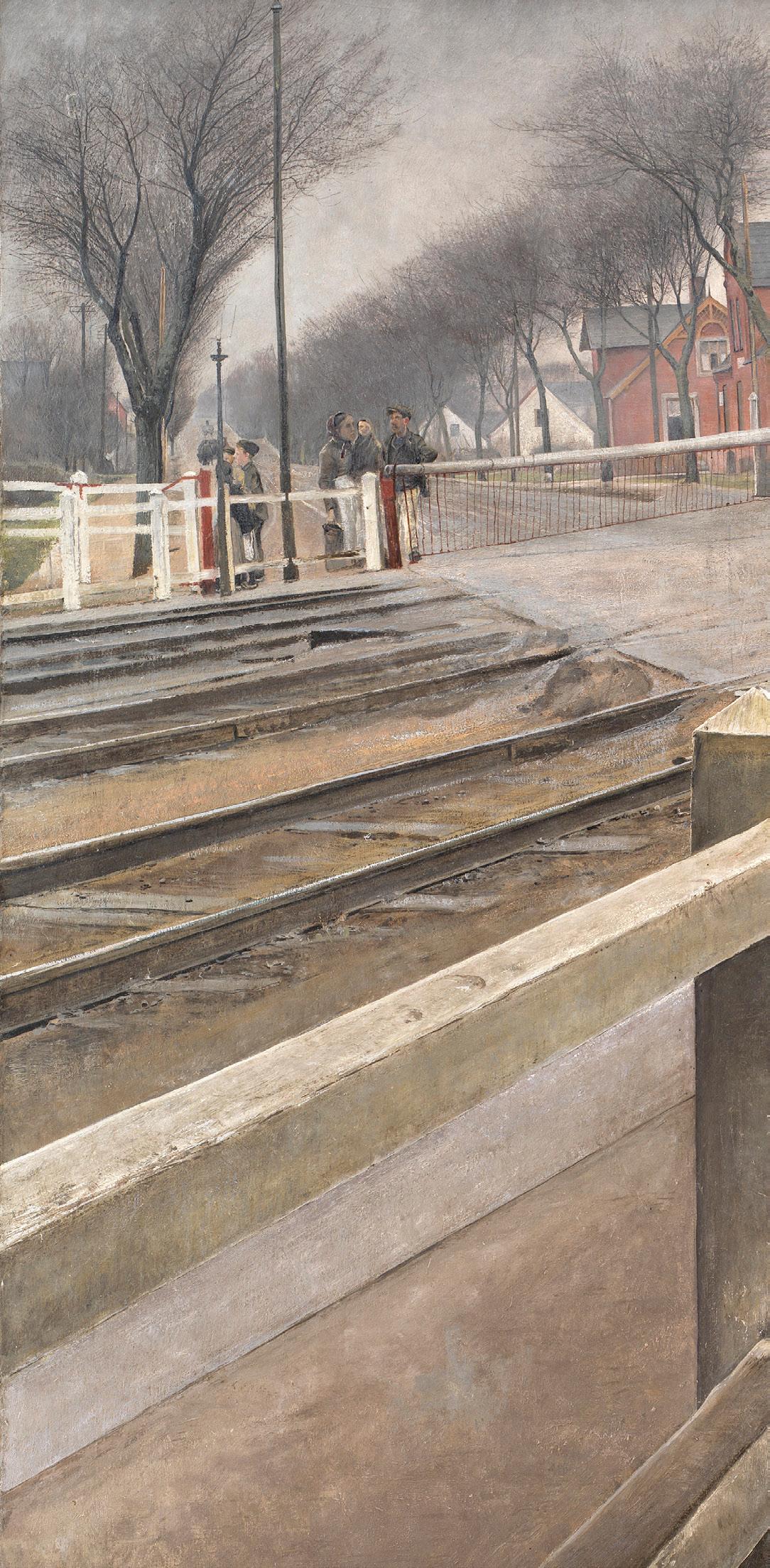
On the threshold (of a new century)
Peter Nørgaard Larsen Chief Curator and Senior Researcher, SMK, National Gallery of Denmark
The Formative Years
The Danish painter Laurits Andersen Ring (1854–1933) is among the most significant figures within Danish and Nordic art. He was born in the village of Ring in Southern Zealand. His childhood home was a modest farmhouse where his father scraped a living as a wheelwright and carpenter. As a child, Ring showed no remarkable artistic skill, so what prompted him to become an artist? His encounter with the magazines of the day—particularly the Nordisk Penning-Magazin—is mentioned as the first crucial push in an artistic direction. In it, advertisements from department stores were mixed with entertaining and educational articles about anything and everything, such as new inventions and great characters from history. The latter group included famous artists and colorful tales about how great painters worked their way up from poor backgrounds to become wealthy and celebrated artists. These tales fascinated the young man and helped present an artist’s life as a career option to a soul that had not found agriculture or carpentry very alluring.
In 1873, at nineteen years old, Ring decided to follow his artistic ambitions. He
L. A. R I N G
Fine Art
Waiting for the Train: Level Crossing by Roskilde Highway. 1914. Oil on canvas. 143 x 174 cm. The Prime Minister’s Office, long-term loan to SMK, Dep535
4

Images, clockwise from upper left
A Visit to a Cobbler’s Workshop. 1885. Oil on canvas. 94 x 120 cm. SMK, KMS7380
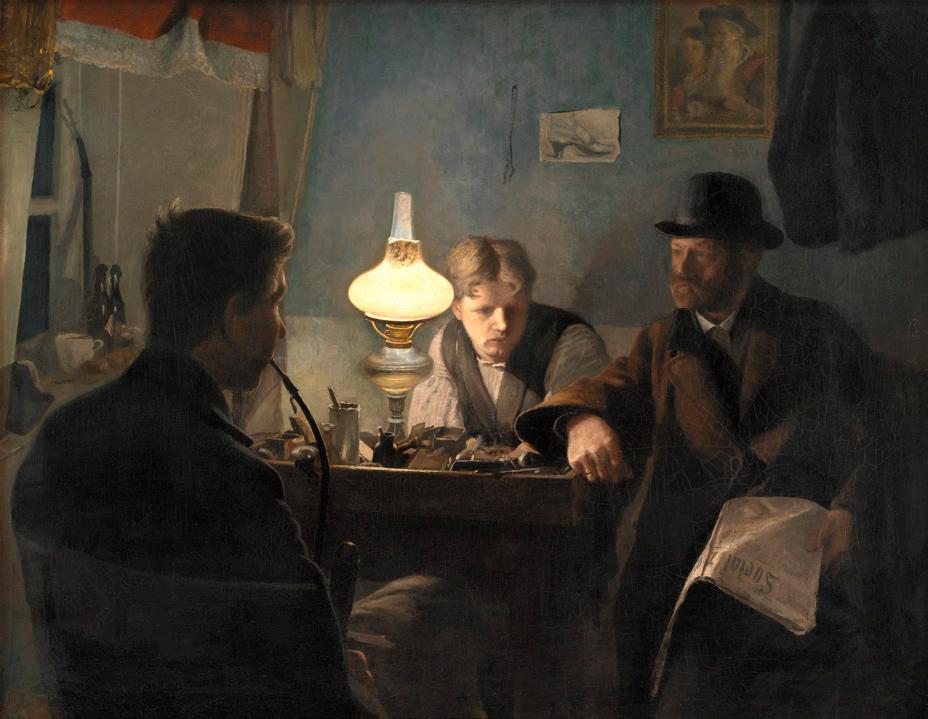
Three Skulls from the Capuchin Monastery at Palermo. 1894. Oil on panel. 55 x 62 cm. SMK, KMS3201
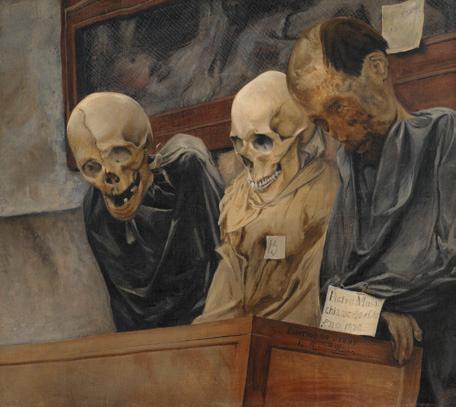
Landscape with Poplars: September Evening 1895. Oil on canvas. 91 x 52 cm. SMK, KMS8555

Harvest (a portrait of Ring’s brother, Ole Peter). 1885. Oil on canvas. 190 x 154 cm. The Prime Minister’s Office, long-term loan to SMK, Dep289
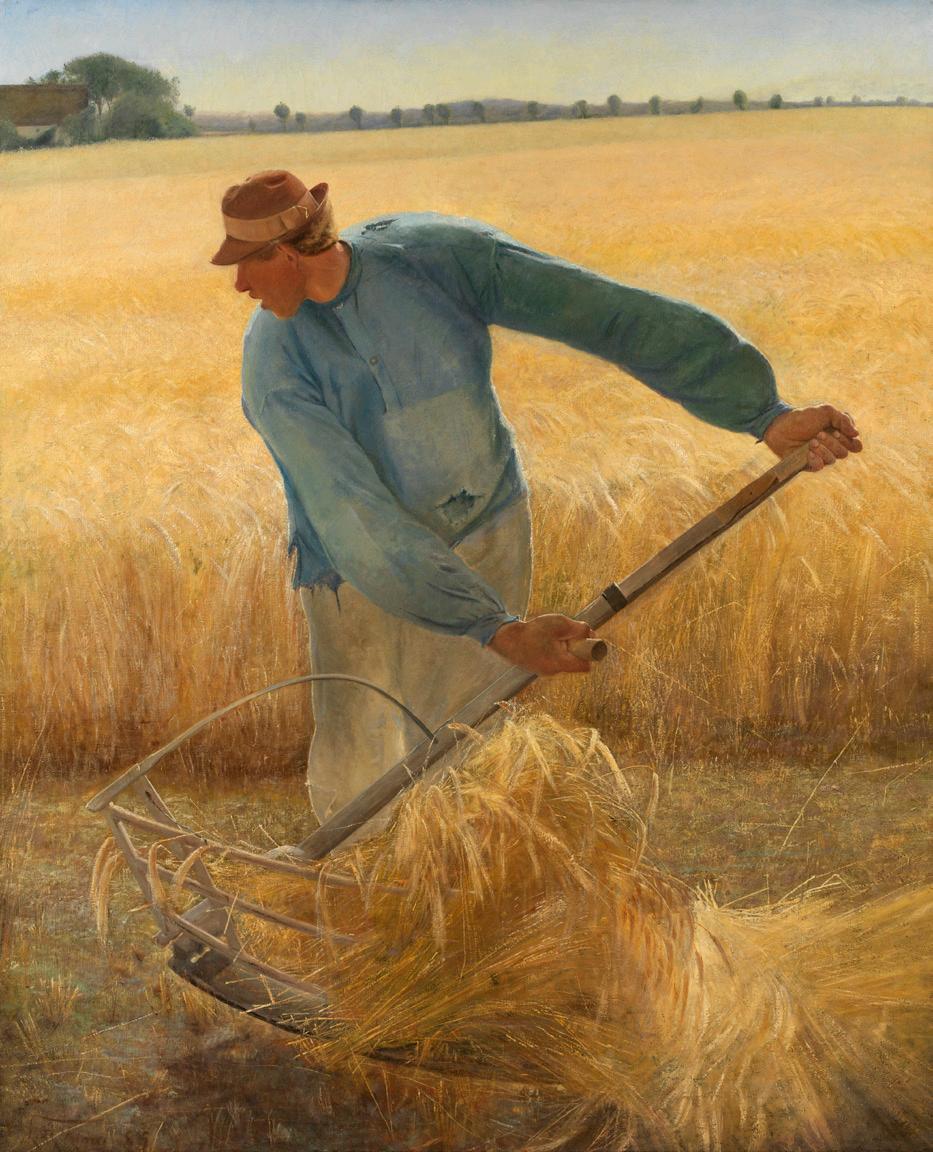
6 | NORDIC KULTUR
moved to Copenhagen, where he signed up for day and evening classes at the technical college to improve his basic artistic skills. His hard work paid off in January 1875 when he was finally admitted to the Royal Academy of Fine Arts as a student. But the classes disappointed him: the requirements for drawing technique caused him particular problems, and the rigid principles exacerbated his doubts about his own ability. As he continued to be dissatisfied with the fruits of his studies, he decided to leave the academy at the end of 1877.
Ring continued to make art, however, drawing on his rural upbringing as well as his current political views. During his childhood, Ring saw how his own family and large parts of the rural population faced very difficult living conditions. As an adult, he further empathized with the oppressed: during the 1880s he was politically active, participating in the struggle to improve the social and economic conditions of peasants and workers. From 1885 to 1894, the Danish prime minister J. B. S. Estrup ruled the country by means of interim provisory laws—even though the majority of the Folketing (the lower house of the Danish Parliament at the time) was against him. The political climate was rife with impending strikes and came as close to a revolution as Denmark had ever been. According to his friend Peter Hertz, Ring carried a loaded gun in his pocket, ready to take to the barricades and sacrifice himself in the struggle against injustice and for the freedom of the people.
Some paintings from these early years were considered overt political statements, as is obvious in two paintings from 1885: Harvest and A Visit to a Cobbler’s Workshop. In the latter, the attention is focused on the political agitator from the Social Democrats. He explains where his party stands in relation to the heated political climate of the day.
Into the Dark
The revolution never came, and Ring’s political ideals were not realized. He was disillusioned, and his private life fared no better. His childhood home was dissolved when his father died in 1883 and his brother
Ole Peter died in 1886 (just one year after Ring finished Harvest). Love was also long absent—at least requited love—for Ring fell in love with Johanne Wilde, the wife of his friend Alexander Wilde. He was a frequent guest at the Wilde household, discussed his work with Johanne, and corresponded with her frequently. The years that followed were the darkest of Ring’s entire life. The fascination with death—as a motif and as an unavoidable condition of life—which infused his entire life’s work became more intense during this period. As demonstrated in the painting Evening: The Old Woman and Death, from 1887, Ring’s preoccupation with death went from being a melancholy tenor to being a concrete, insistent motif that found its way to his landscapes and figure paintings alike.
In the autumn of 1893, Ring succeeded in raising money for a long tour of Italy. Only a few works from his journey exist, and it does not seem to have had a very tangible impact on Ring’s paintings. Perhaps the most remarkable work from his Italian journey is Three Skulls from the Capuchin Monastery at Palermo. In his childhood, the Penning-Magazin had fed him fascinating accounts of the catacombs of the Capuchin monastery, where prominent citizens had been buried for centuries. Ring created a rendition of Death triumphing over Life: rows of desiccated corpses and leering skulls firmly deny any concept of a life after death. Although frightening in its eerie, macabre fascination with death, the painting is not without a sense of humor in the very individualized rendition of each skeleton. Ring had a keen eye for their distinct expressions. Like players in a scene from the theatre of the absurd, they each play their own individual part.
If we look at Landscape with Poplars: September Evening, created after his return to Denmark, the work appears to have an Italian influence: there is a certain Italian feel in its lightning and subject matter (a prominent row of poplars). But the scene is actually of a churchyard in the city of Næstved, close to his native town. The painting was created in the days following the death of Ring’s mother.
LET’S BE FRIENDS
Friendship program supports Denmark’s Statens Museum for Kunst
Christine Clifton-Thornton
Denmark’s national gallery, Statens Museum for Kunst (SMK), in Copenhagen, contains an important part of the nation’s visual culture heritage. The museum houses multiple forms of expression that bear witness to ideas, thoughts, and experiences of human beings from Western culture, from the 1300s to today. SMK strives to bring art and art-based reflection to everyone in Denmark and to those interested in art throughout the world, with the hope of developing a living dialogue with society that inspires more people to experience the museum’s collections.
SMK is among the largest institutions in Denmark conducting research within the field of art history as well as art techniques and conservation, collaborating on research projects with universities in Denmark and worldwide. SMK has established a formal research center with the aim of attracting external scholars and postgraduate students, who can benefit from SMK’s research environment.
The American Friends of Statens Museum of Kunst (AFSMK) was founded in 2009 exclusively to support the charitable, educational, and scientific functions of SMK. The AFSMK promotes cultural and artistic exchanges between SMK and American institutions of art within the areas of transnational exhibitions, educational programs, and professional and scholarly exchanges. The organization helps fund the SMK’s work on building ever-stronger links between the heritage it safeguards and contemporary art and culture—work that takes the form of exhibitions, acquisitions of artworks, rehangs of the collections, and art conservation. To learn more about the program, visit www.afsmk.org.
LAURITS ANDERSEN RING | 7
A Spring Come Late
Shortly after returning to Denmark in 1895, Ring settled down in Næstved, where his friend and painter Rudolf Bertelsen offered him accommodation. Ring had several good friends in Næstved, most importantly the ceramicist Herman A. Kähler and his family, whom Ring had known for more than a decade. In April 1895, Kähler provided Ring with a studio in his factory, and Ring embarked on a large-scale painting entitled Spring, for which he used Kähler’s daughters Ebba and Sigrid as models. While the spring scene was growing on the canvas, Ring and Sigrid fell in love. They were married in 1896 and moved to nearby Karrebæksminde, where Ring set up his own home for the first time. A new, happy chapter of Ring’s life began, which is felt in his work in the form of new motifs characterized by an intimacy and a closeness not previously seen.
One of the most powerful examples of these new motifs is Ring’s portrait of Sigrid, At the French Windows: The Artist’s Wife Unquestionably a declaration of love, the painting features his wife posing at French windows and flanked by myrtle, the tree of love. The intimacy and closeness is also evident in The Artist’s Wife by Lamplight, painted the following year. Sigrid is surrounded by references to Ring’s private life. Portraits of his parents flank a study of Spring, the painting that brought Ring and Sigrid together, and on the table stands an eye-catching lamp made by his friend and father-in-law, Herman A. Kähler. For Ring, the interior scene with Sigrid in the center was a kind of refuge that offered him the calm and safety he had craved for years.
Landscapes of the Soul
Despite his newfound calm, the sense of meaning and happiness he found with Sigrid, and the three children that followed, Ring still experienced periods of melancholy. In the years to come, he would use landscape paintings as a vehicle to express his personal moods. Both A Road Near Vinderød and Thaw are typical of these landscapes of the soul. A new city provided new landscapes: the Ring family moved to
Frederiksværk in the autumn of 1898 and spent the next four years in the beautiful area, just a short distance from Lake Arresø and Roskilde Fjord. Not surprisingly, Ring preferred to paint his landscapes in autumn and winter, when he could use his favorite colors: whitish gray and yellowish-brown.
As he put it in a letter to Johanne Wilde in 1890: “Everywhere there is a wealth of subject matter wherever I look but then of course it is the most marvelous weather just right for me everything gray in gray with a few yellows and browns it is splendid.”
The landscapes may be realistic, but verisimilitude was not an objective in itself. Ring’s sense for oblique angles and peculiar cropping turns his landscapes into seismographic images of existence, painted on the threshold of the modern world.
The Later Years
In a panoramic view of Ring’s paintings, two themes hold a central position: travel and waiting. Travel is addressed in the many landscapes where roads mark a “here” and “there.” They literally and symbolically point to the opportunity of going somewhere new, moving from one stage to another. The theme of waiting appears in a succession of works that show people pausing, often while occupying a position on the threshold between inside or outside. A typical and late example of the latter is Has it Stopped Raining?, which Ring painted in Roskilde in 1922. The painting shows an old man waiting, impatiently, for the rain to stop.
Ring was finally earning a regular and considerable income and purchased a plot of land at Sankt Jørgensbjerg in Roskilde. Just before moving to Roskilde, Ring finished one of his major works, the impressive Waiting for the Train: Level Crossing by Roskilde Highway. Here, modern life is no longer something observed at a distance as it merely passes by: it is a basic condition of life, for better or worse. But the man is not depicted as a sentimentalized relic of bygone times. With his bicycle and mode of dress, he is as much a part of modern life as Ring himself was. Ring embraced the new inventions and conveniences of the era with appreciation. In Roskilde he was much
talked about; he was one of the first to install a complicated heating system that was partly his own design. Thus, Waiting for the Train should not be regarded as a lament on how times had changed; rather, it should be viewed as a dispassionate description of the new conditions of life.
In 1923, when Ring turned 70, Sigrid died of lung cancer at the age of 49. He then stopped painting altogether for almost three years, remaining in his house with his son Ole, who had not yet left home. Several exhibitions of his work were put on in his later years, mainly in Denmark and Scandinavia. Some of his paintings were part of a Danish exhibition in Brooklyn in 1927, and the following year his work was on display in Paris.
In summer 1933, during the preparations for a solo exhibition in Copenhagen, he suffered a stroke and died in his home on Sunday, September 10, at age 79. The exhibition held that autumn became a memorial.
In spite of the distance in time, L. A. Ring’s wrestling with human existence— the nomadic restlessness, the revolutionary dreams of youth, love, deep depressions, and death, and the clear-sightedness and wisdom of old age—is still relevant to us. His life and oeuvre relate to everybody, and his paintings contain something universally human. |
8 | NORDIC KULTUR
L. A. Ring: On the Edge of the World will be at the Nordic Museum September 14, 2019–January 19, 2020.
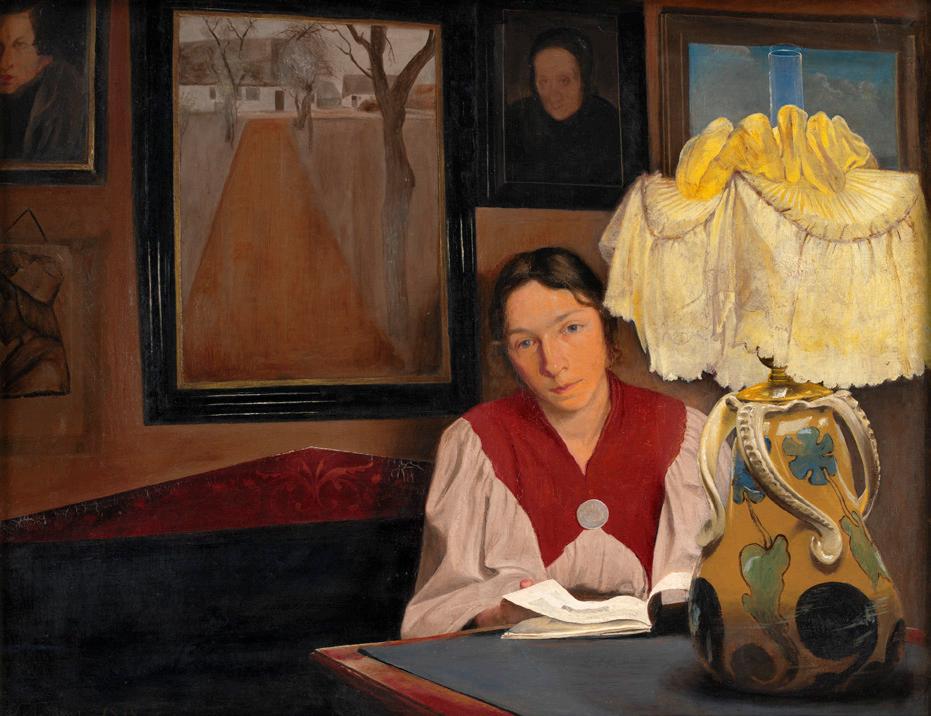
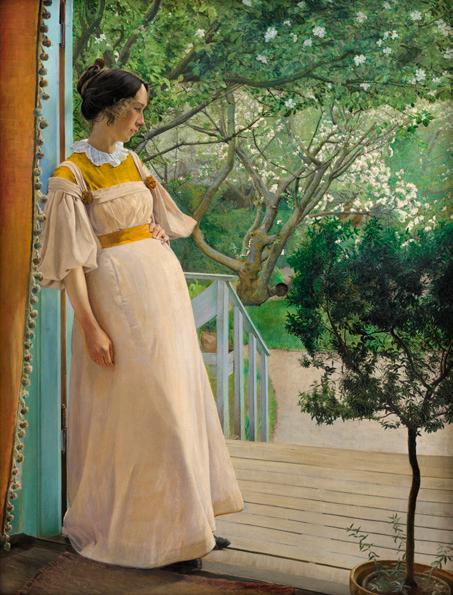

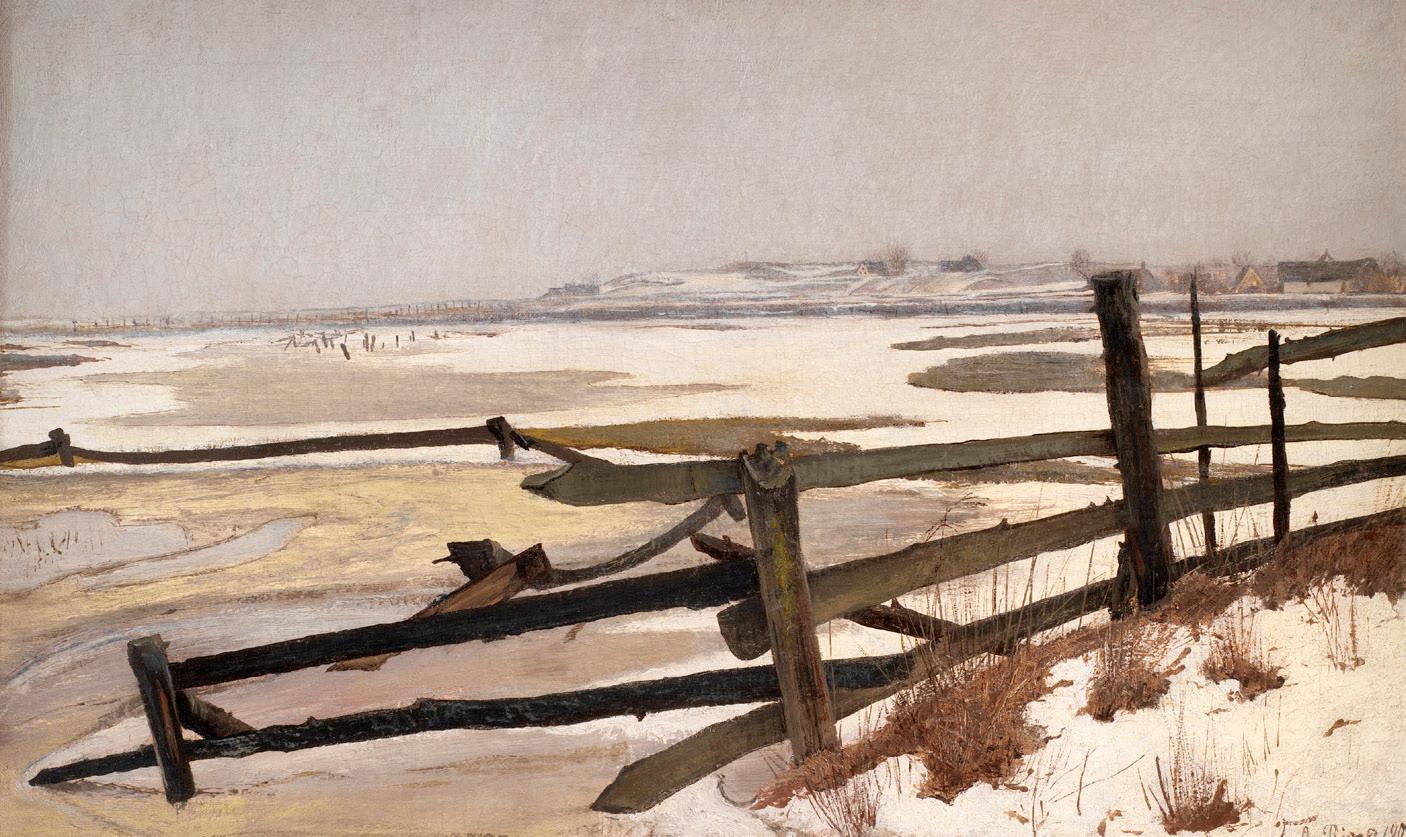 Thaw. 1901. Oil on canvas. 40 x 61 cm. SMK, KMS7709
The Artist’s Wife by Lamplight. 1898. Oil on canvas. 68 x 87 cm. SMK, KMS3959
Has it Stopped Raining? 1922. Oil on canvas. 64.5 x 55.5 cm. SMK, KMS3636
At the French Windows: The Artist’s Wife 1897. Oil on canvas. 191 x 144 cm. SMK, KMS3716
Thaw. 1901. Oil on canvas. 40 x 61 cm. SMK, KMS7709
The Artist’s Wife by Lamplight. 1898. Oil on canvas. 68 x 87 cm. SMK, KMS3959
Has it Stopped Raining? 1922. Oil on canvas. 64.5 x 55.5 cm. SMK, KMS3636
At the French Windows: The Artist’s Wife 1897. Oil on canvas. 191 x 144 cm. SMK, KMS3716
The Vikings Begin
October 20, 2018–April 14, 2019
Based on the latest research conducted on both historic and recent Viking-era artifacts by Uppsala University in Sweden, The Vikings Begin tells the story of the Vikings of early Scandinavia (Sweden, Denmark, and Norway), an intensely maritime society with a very close and important relationship to the sea. Uppsala University’s museum, Gustavianum, has produced this exhibition of original artifacts, reconstructions, and archaeological discoveries from early Viking Age society using cutting-edge research done by Uppsala professor Neil Price and his team.
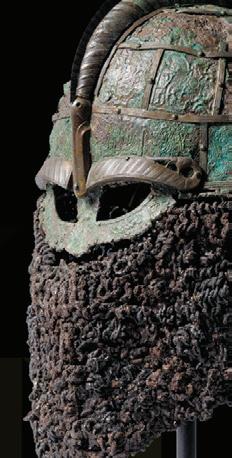
EyeSound
November 30, 2018–April 14, 2019
A visual conversation, EyeSound is a correspondence in images and words between Danish visual artists Iben West and Else Ploug Isaksen and four Icelandic authors. Playful and thought-provoking, the photographs do not illustrate the words, and the words do not explain the photographs. Instead, both art forms seek to build a conversation, working together or against one another to inspire viewer contemplation and consideration.
Bamse!

April 20–August 18, 2019
Meet the strongest bear in the world— Bamse! The creation of children’s comic artist Rune Andréasson, Sweden’s most popular bear debuted in 1966 as both a television cartoon and newspaper comic strip, and is still running today. This exhibition, produced by the Nordic Museum, introduces the world of Bamse to an American audience, highlighting the cast of colorful friends and strong moral themes that have always defined the cartoon’s story lines.
Eyesound
(Augnhljóð / Øjenlyd)
Photos Iben West
Else Ploug Isaksen
Words
Kristín Ómarsdóttir
Hallgrímur Helgason
Einar Már Guðmundsson

Studio 54 and Beyond
The Photography of Hasse Persson

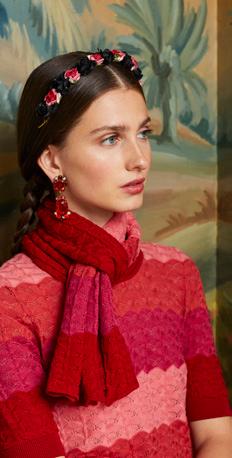
May 11–August 25, 2019
False Friends
Two words from different languages, which resemble each other, but nonetheless mean something different, are known as false friends. There are many of them, and the closer they are to us, the harder hitting they become. That’s how it is, I guess, with both words and people. Those we are most familiar with are suddenly not quite, how we thought at all. Everyone knows that the Swedish are odd. Odd when they say lunch but mean breakfast. So how can one rely on anything anymore? Narrow-minded footsteps set in motion the journey to Auschwitz. Stop behaving so strangely. Be like us. Learn to speak politely. But, when the ground shifts under you, stout boots are a necessity. If you wear large shoes, then it’s here the joke unfolds, a space where meaning cheerfully collapses, shifts, changes direction like a billiard ball ricocheting off the cushion, and we laugh.
Pictures can also be false friends. Their resemblance to something else is not the same as identity. We recognise this when looking in the mirror and it shows someone else. She makes faces, sticks out her tongue and puts the toothbrush in her ear so one cannot see the sounds for the fits of giggles. Who is making these sounds? Remember to brush your books before you go to bed. Put your teeth in the right place when you’ve read them. Better one foot in the hand than a weathercock in the fog. Don’t sweep anything under the carpet, but let it flow like milk and honey, it’ll all come out one way or another, sooner or later. Don’t become accustomed to fringe benefits; they’re simply blowing in the wind. The soapbox roars when you roll down the blinds. Something bulges out and resembles something else. With your hand on your table: is this what you really mean?
Experience one of the twentieth century’s most iconic nightclubs—Studio 54— through the eyes of acclaimed Swedish photographer Hasse Persson. Studio 54 and Beyond showcases Persson’s cutting-edge photographic techniques and unfettered access, providing an intimate and provocative first-hand look at the vibrant parties and eccentric personalities that made the New York disco an international legend. A decorated photojournalist, Persson’s photos of politics and popular culture in the US between 1967–1990 will also be on display.
L. A. Ring: On the Edge of the World
September 14, 2019–January 19, 2020
Laurits Andersen Ring, considered a principal artist of the late nineteenth–early twentieth century era, helped establish both the Symbolism and Social Realism artistic movements in Denmark. Ring always stayed true to his humble beginnings, depicting agrarian landscapes and the simple moments of rural village life as dominant themes of his work. L. A. Ring: On the Edge of the World was produced by Statens Museum for Kunst, The National Gallery of Denmark, and brings together over forty works by the master painter.
Oleana
October 5, 2019–January 5, 2020
Founded in 1992 by Signe Aarhus, Norwegian textile company Oleana has built a dedicated international fan base inspired by their award-winning designs. This exhibition will open in support of the museum’s 2019 Nordic Knitting Conference in October, where Aarhus delivers the keynote address.
10
Sigurbjörg Þrastardóttir

11
The Photography of Hasse Persson
Nancy Zinn, PhD
A moment in time captured by Persson’s signature technique: using the flash as a strobe to freeze a frame while keeping the shutter open.
Contemporary Art
The Photography of Hasse Persson
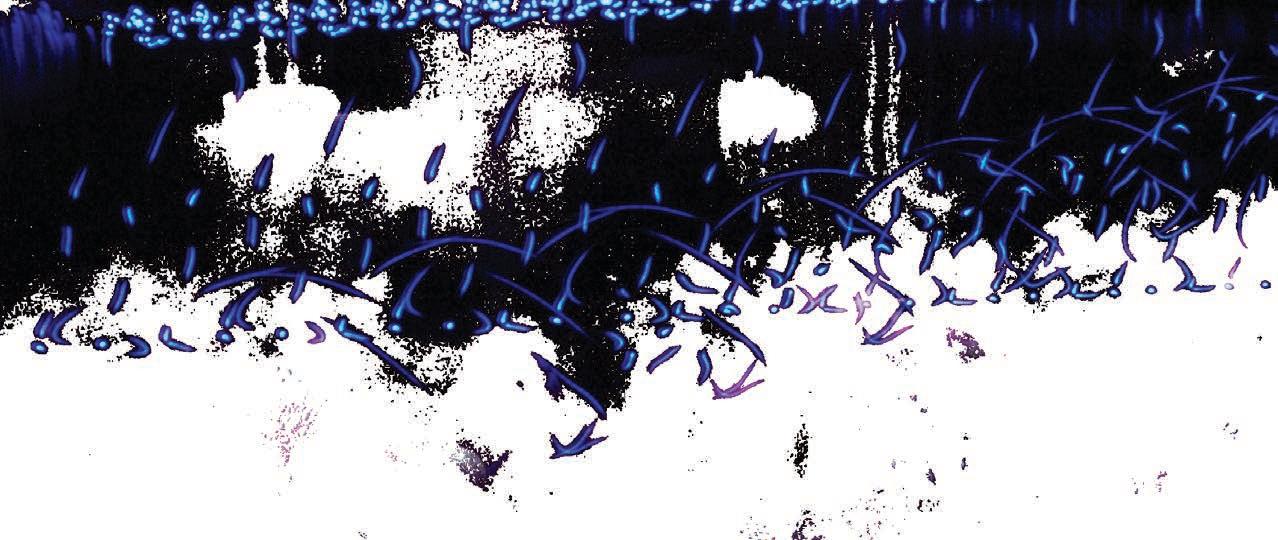
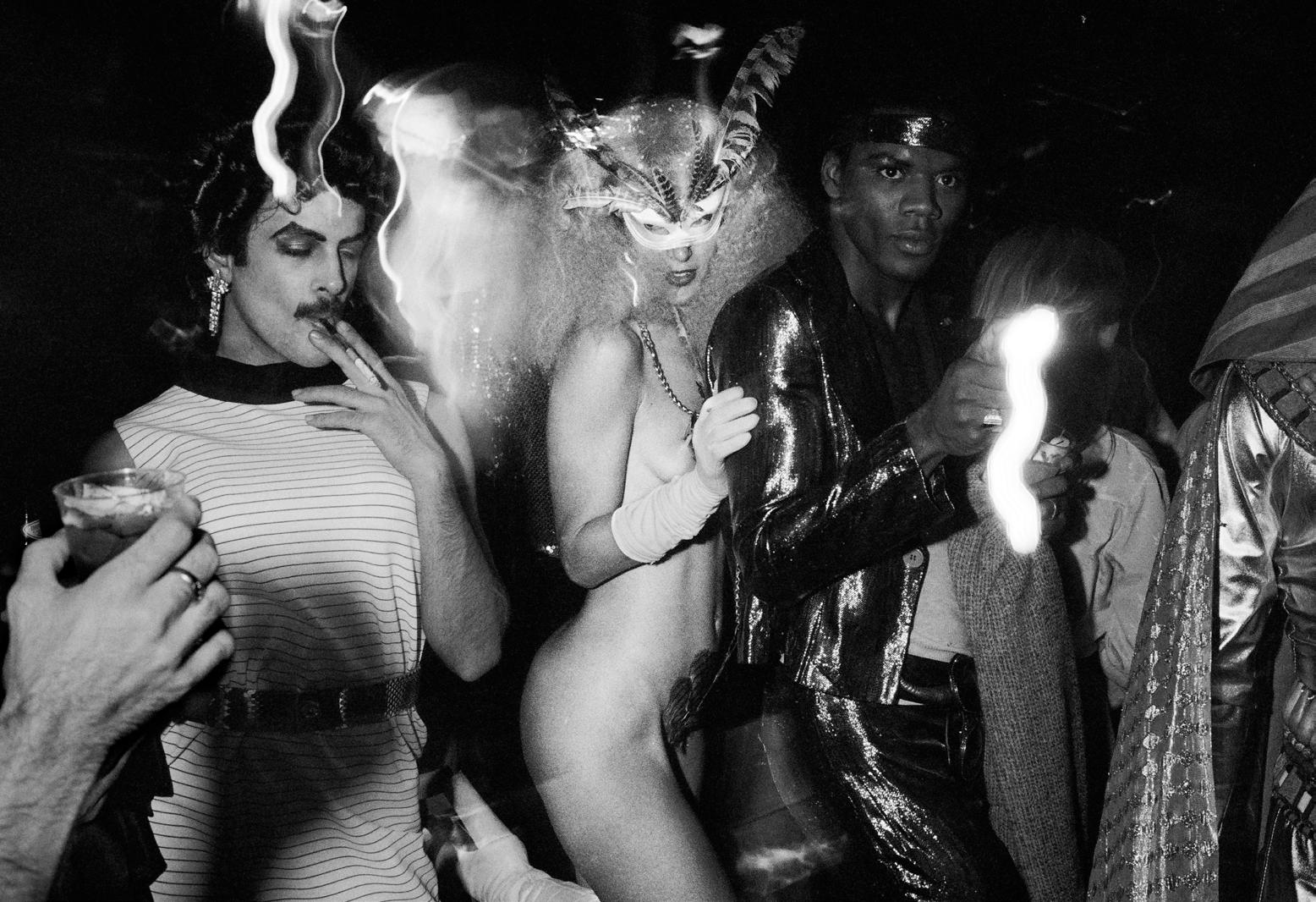

A man
Hasse
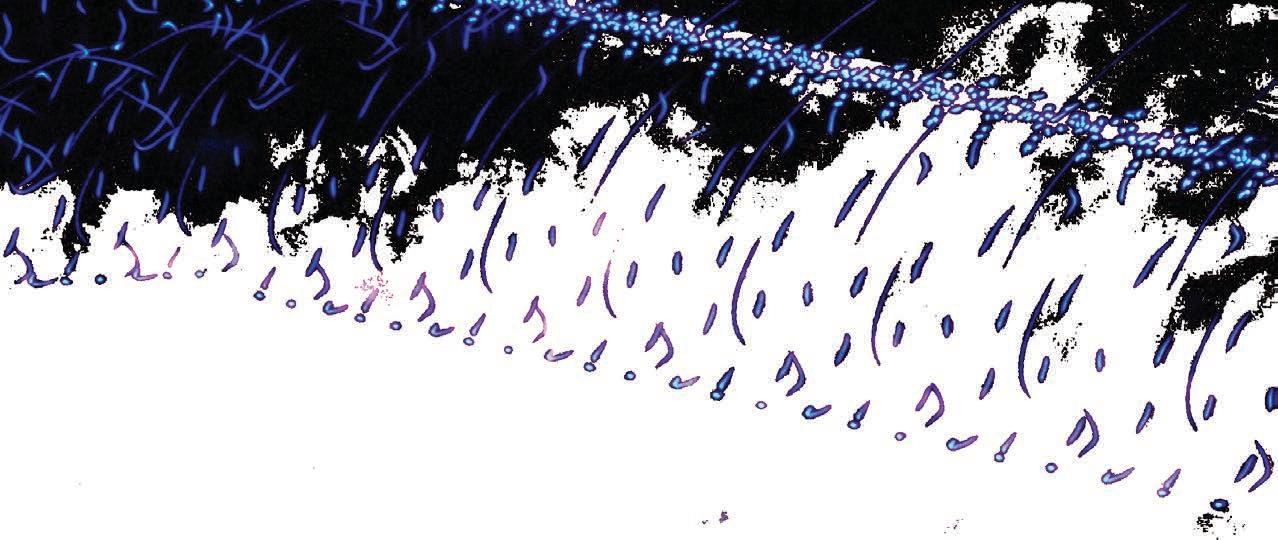
Studio 54. The name itself evokes images of artists, actors, politicians, supermodels, celebrities, and the cultural elite at play inside the world’s most famous nightclub. At the peak of the Disco era in the late 1970s, Studio 54 became the party destination in New York. On any given night, one could find regular patrons like Andy Warhol, Woody Allen, Sylvester Stallone, Elizabeth Taylor, Salvador Dalí, Grace Jones, Freddie Mercury, Truman Capote, Cher, Calvin Klein, Michael Jackson, and Brooke Shields enjoying the club scene.
The Studio 54 years capture a unique moment in time—situated between widespread use of the pill and the dawn of the AIDS epidemic—when sexual freedom, recreational drug use, and feminism were on the rise. Decadence and debauchery were the menu of the day, where the dance floor became a free zone for hedonistic personal expression of every kind. Gaining entry past the most famous velvet ropes in America was often a challenge for non-celebrities. Club owners Steve Rubell and Ian Schrager insisted that patrons be handpicked and that the crowd be intentionally diverse, giving it the feeling of a private party every night. Unlike society at large, Studio 54 was a place where members of the gay community were openly accepted. A live horse even joined revelers on the dance floor one evening, ridden to the club by supermodel Bianca Jagger.

The exhibition Studio 54 and Beyond captures this brief moment in time through the candid, experimental, and highly personal lens of acclaimed Swedish photographer Hasse Persson, one of the world’s most notable photojouralists who documented contemporary life, race relations, politics,
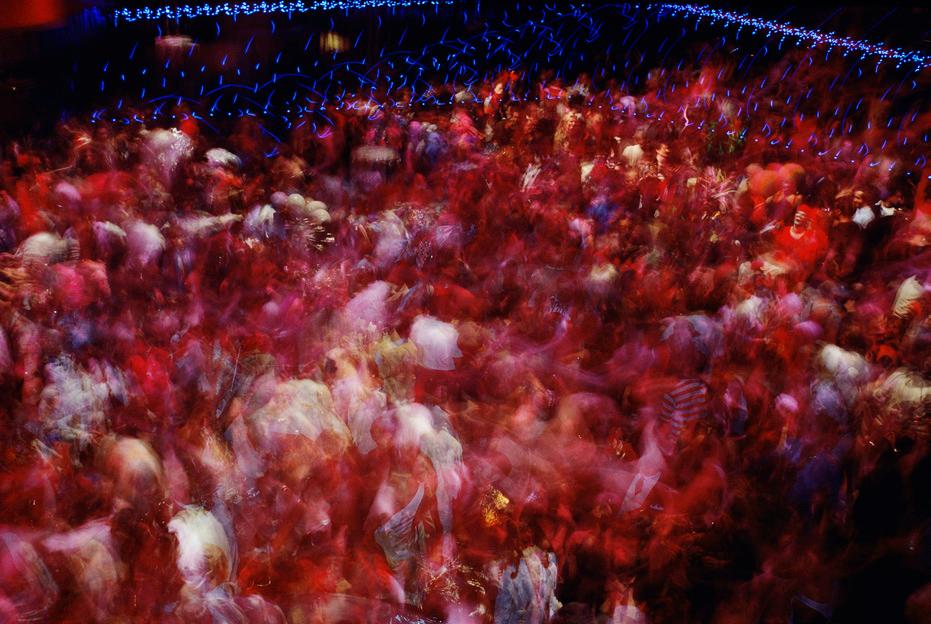

STUDIO 54 AND BEYOND | 1 3
Images, clockwise from upper left
aims his gun while Persson aims his camera. This shot offers a rare glimpse of the photographer himself.
Persson at the exhibition, Studio 54 Forever, at House of Sweden.
Club owner Steve Rubell once said, “The key to a good party is filling a room with guests more interesting than you.”
Writer Truman Capote visited Studio 54 often. Here he’s seen with D. D. Ryan, the era’s most feared fashion editor, and editor Bob Colacello.
The costumed dancers here are caught by Persson’s flash.
Photo by Patrick G. Ryan
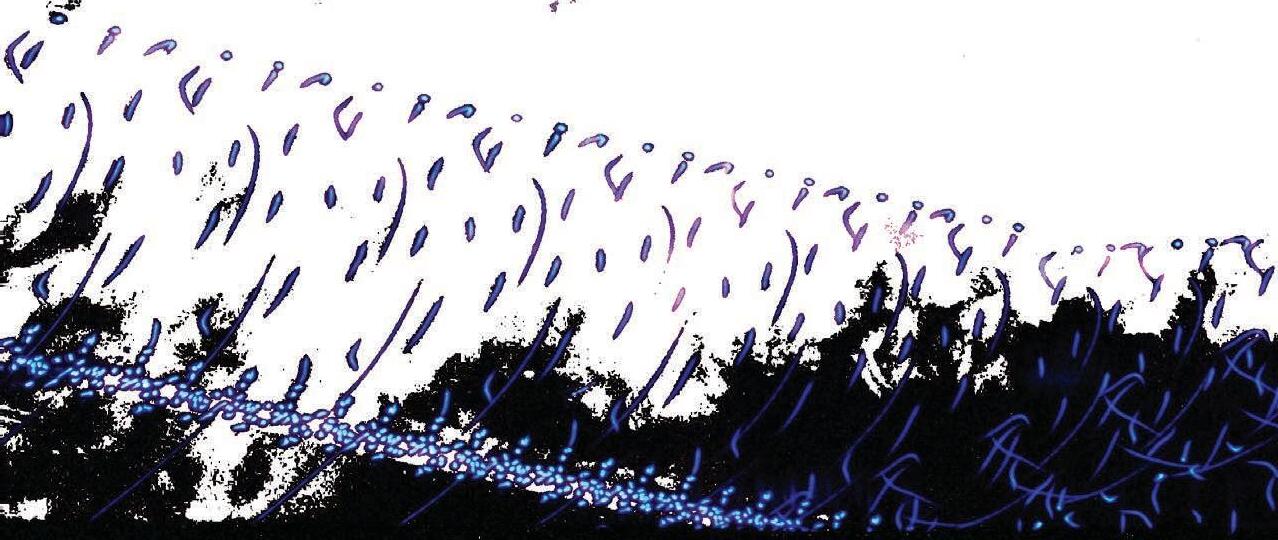


14 | NORDIC KULTUR
the war in Vietnam, and popular culture in the United States from 1968–1990. Persson spent more than 100 nights at Studio 54 as the only photographer allowed access after press hours by club co-owner Steve Rubell. By keeping his camera shutter open for as long as thirty seconds and using the flash like a strobe light, Persson was able to capture the energy, spontaneity, and fleeting imagery of the Studio 54 experience in a way that few others could. “I worked with luck,” Persson noted in a recent interview. “It was a human
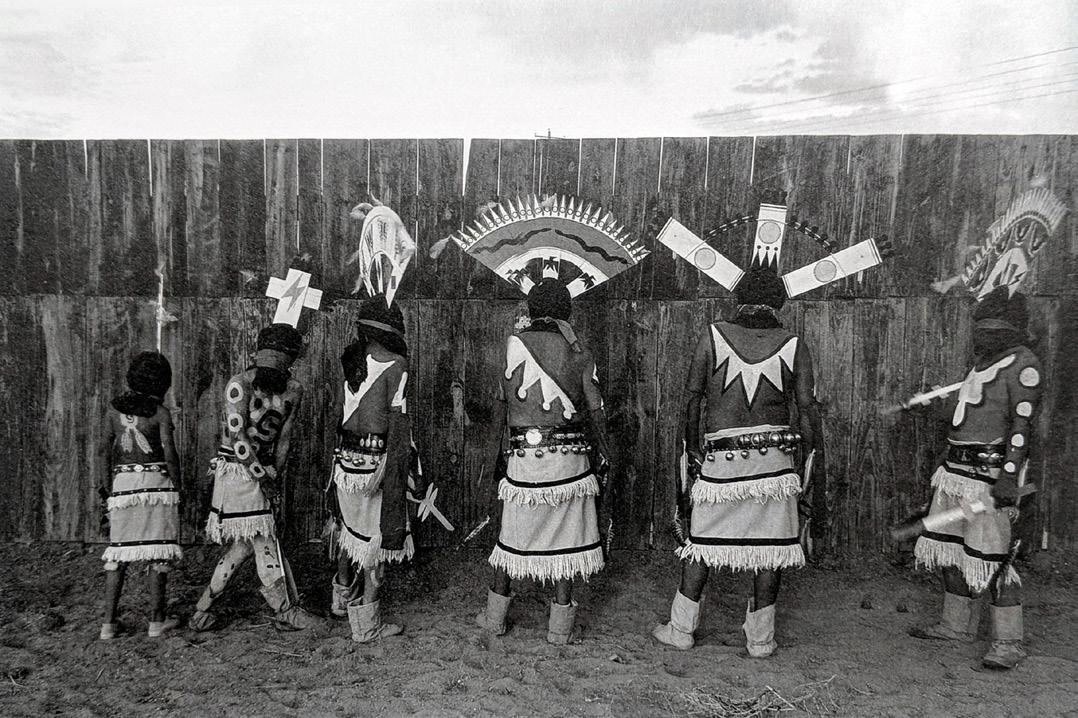


STUDIO 54 AND BEYOND | 1 5
Images, clockwise from upper left
The club crowd was hand-picked each night to ensure a diverse mix of celebrities and regulars.
President Richard Nixon, photographed in his first year in office.
A group of Apache Crown Dancers pose in Gallup, New Mexico, in 1974.
A woman accessorizes at the 1972 Democratic National Convention in Miami, Florida.
This photo of the DJ’s “pulpit” from 1979 shows Andy Warhol, Calvin Klein, and Brooke Shields with Studio 54 owner Steve Rubell.
happening a fantastic mix and, in a way, elegant.”
But for all its fame, few people realize that the original Studio 54 was open for only some 1,000 days, from 1977 to 1980, before co-owners Rubell and Schrager, arrested for skimming $2.5 million in receipts and tax evasion, were forced to close the doors.
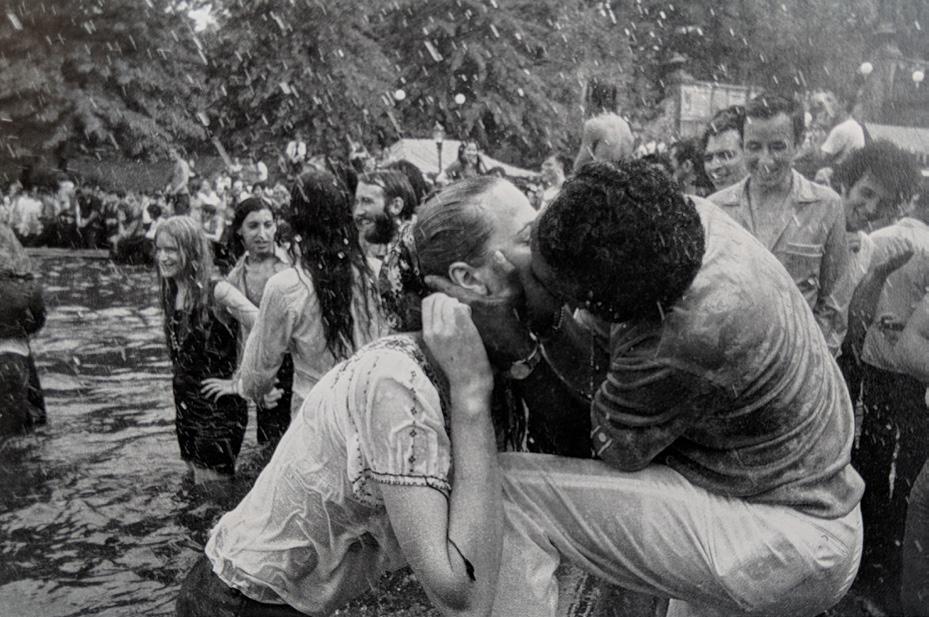
Persson made his museum debut in 1974 at the Moderna Museet in Stockholm. Since then, exhibitions of his work have brought him international attention. Persson has served as artistic director of the Hasselblad Center in Gothenburg, director of the Borås Konstmuseum, and artistic director of the Strandverket Konstall in Marstrand. Hasse Persson will be our guest for the opening of Studio 54 and Beyond in May.

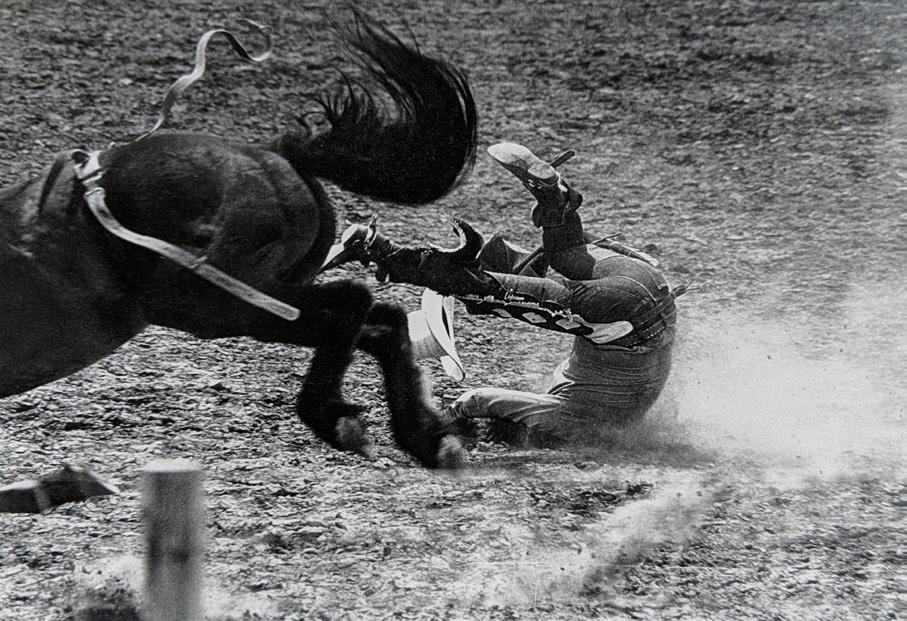
The exhibition Studio 54 Forever was presented at the House of Sweden in Washington, DC. Additional photographs have been generously provided for the Nordic Museum exhibition by the artist himself. |
Studio 54 and Beyond will be at the Nordic Museum May 11, 2019–August 25, 2019.
16 | NORDIC KULTUR
Images, clockwise from upper left
A bronco bucks his rider during a 1974 rodeo in Gallup, New Mexico.
A soldier flashes a peace sign and a rifle in Khe Sahn, Vietnam, in 1971.
A couple shares a fountain-soaked kiss in Central Park, 1969.
PROUD SUPPORTER OF THE NORDIC MUSEUM
Nordic leaders in Bluetech, Cleantech, Edutech, Mobility, Urban Sustainability, and more
May 16, 2019
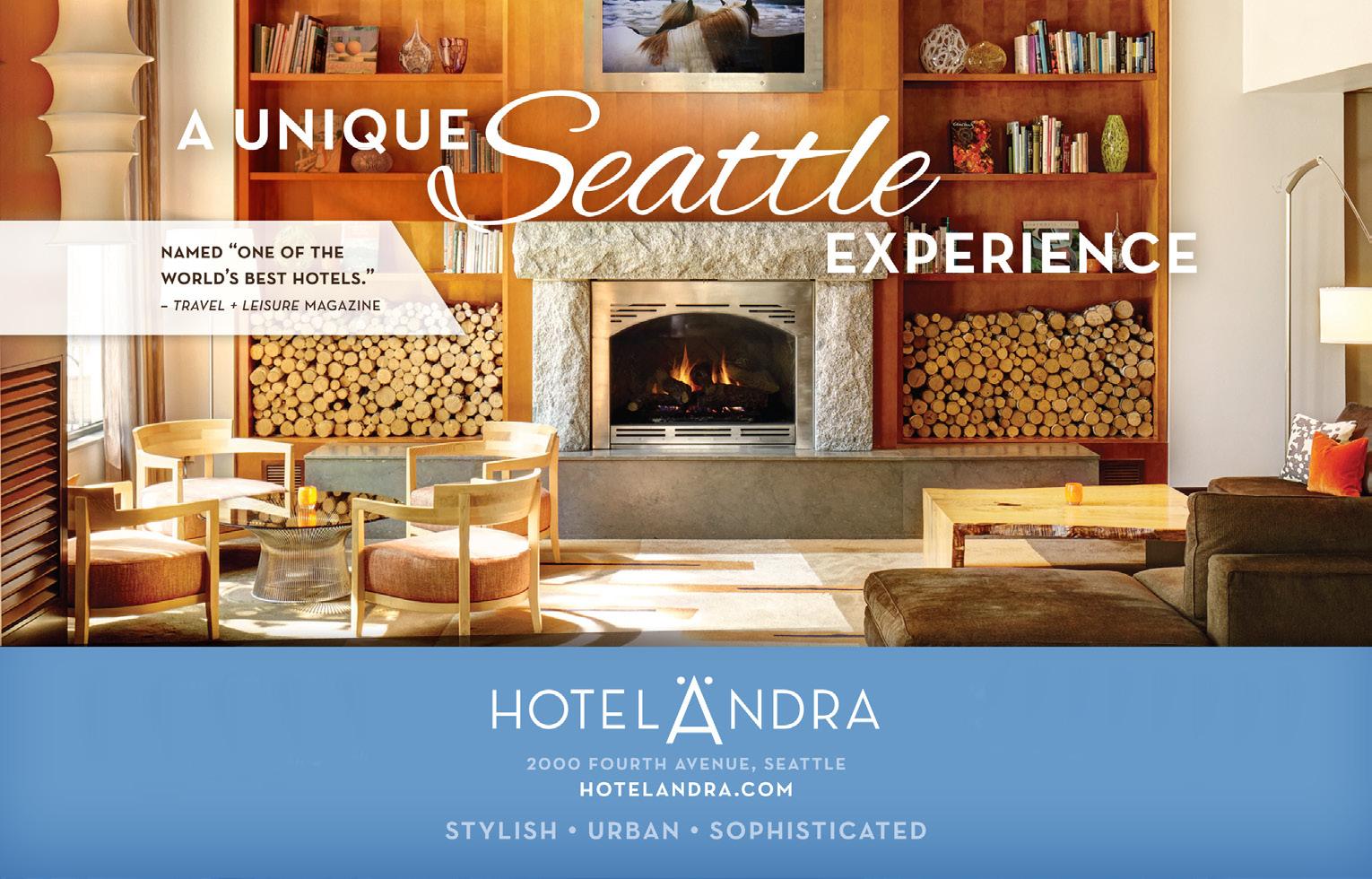
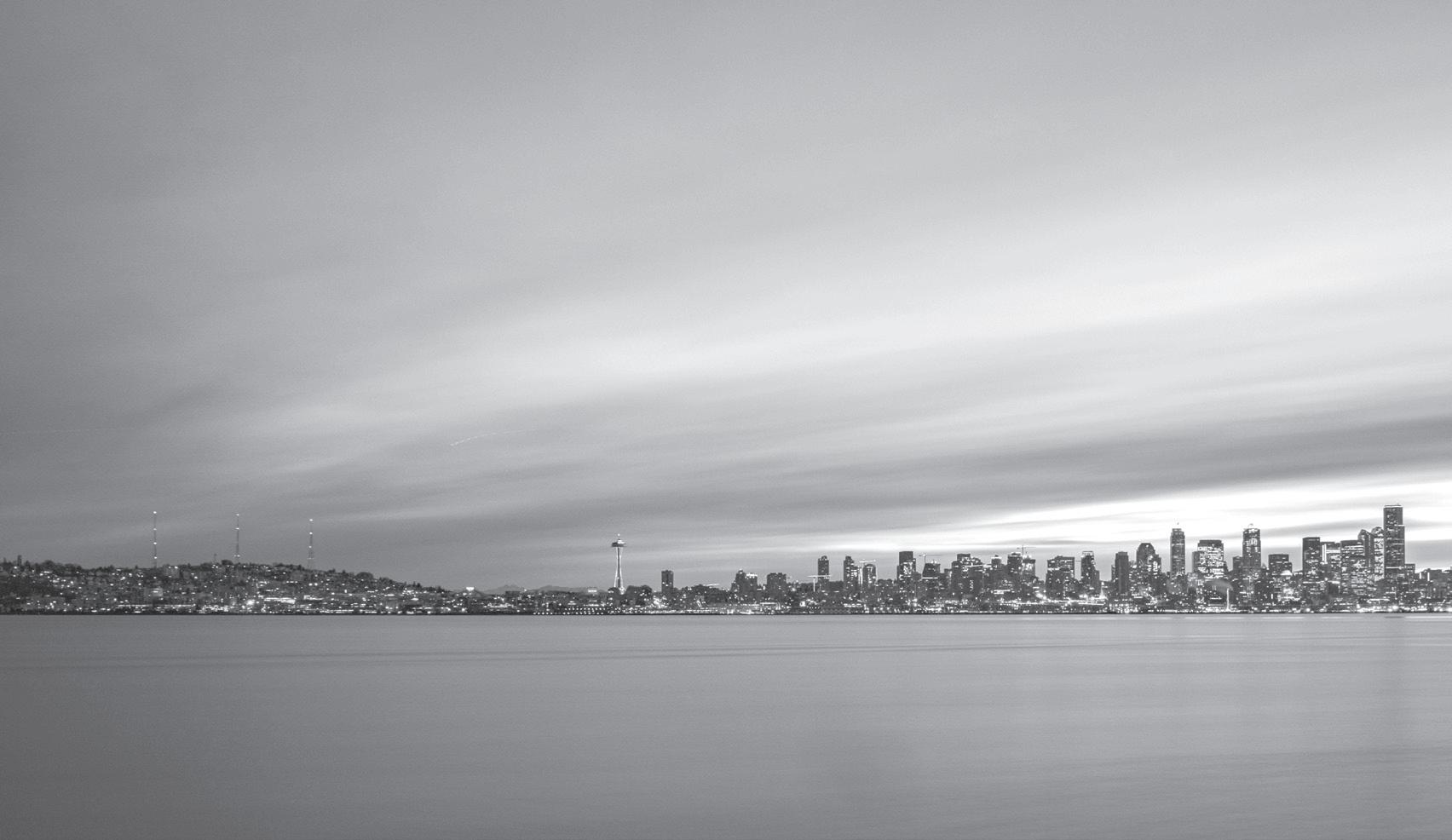
Nordic Museum
nordicmuseum.org/innovation
Jacob A. Riis
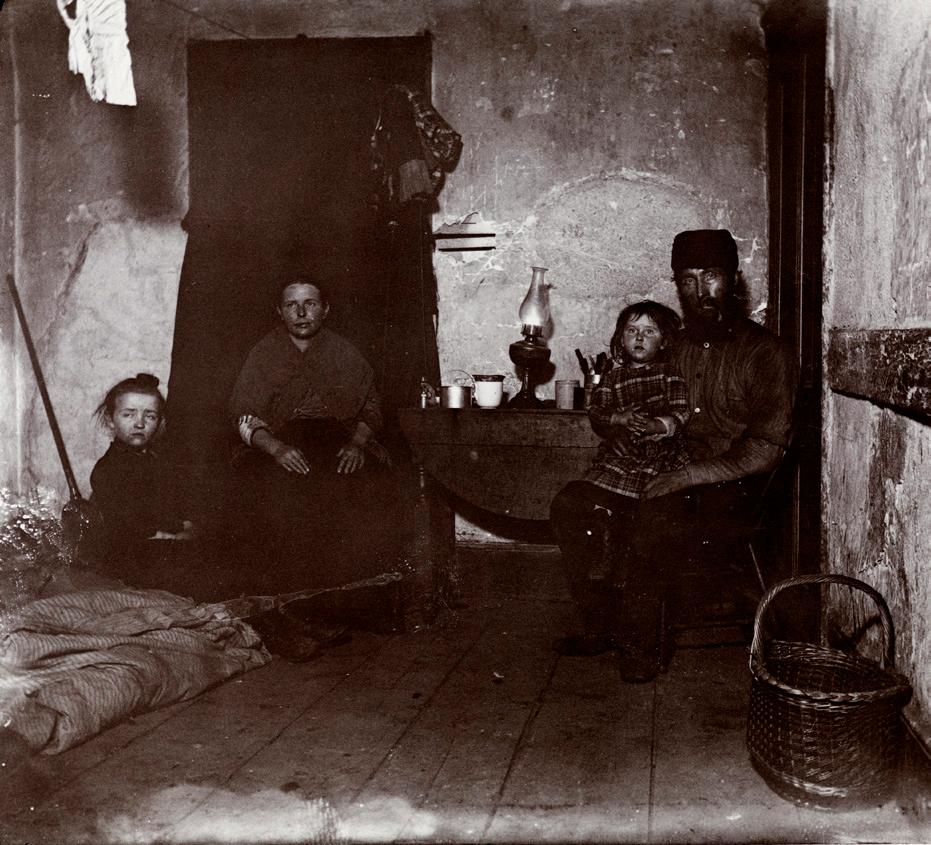
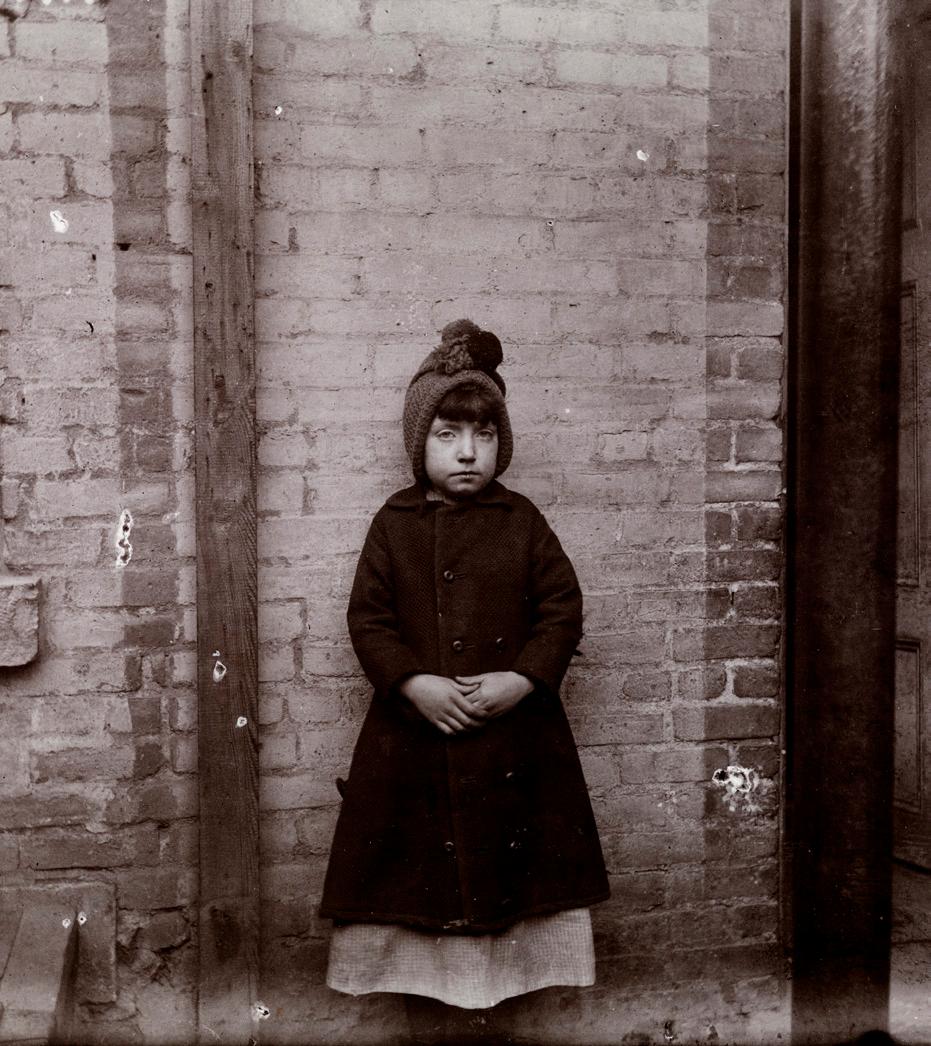
The ideal American
Flemming Just, PhD
Director of Museum of Southwest Jutland
Considered one of the fathers of photography, Danish-American Jacob A. Riis (1849–1914) was a journalist and social reformer made famous by his determination to secure rights and safeguards for New York’s most impoverished workers. He steadily publicized the city’s crises in poverty, housing, and education at the height of European immigration during the late-nineteenth and early-twentieth centuries, when the Lower East Side became the most densely populated place on Earth.
From his job as a police reporter working for the New York Herald and later Evening Sun, Riis developed a deep, intimate knowledge of Manhattan’s slums where Italians, Czechoslovakians, Germans, Irish, Chinese, and other ethnic groups were crammed together in deplorable living conditions. His fresh use of flashlight photography to document the squalid living conditions, homeless children, and filthy alleyways of New York’s tenements was revolutionary, and revealed the nightmarish conditions to a previously blind public. His innovative use of “magic lantern” picture lectures coupled with gifted storytelling and an energetic work ethic captured the imagination of his middle-class audience and set in motion long-lasting social reform. His first book, How the Other Half Lives (1890), preluded the Progressive Era, where social reformers of all kinds—journalists, social workers, church people, philanthropists—partly succeeded in persuading politicians to take action with stricter regulations.
Ahead of his time, Riis used his skills as an investigative photojournalist to give the overcrowded and unhealthy tenements his special attention. Through compelling photographs and commanding speeches, he played a leading role in tearing down some of the city’s worst, most crime-ridden tenement blocks. Similarly, he railed against the dangerous and cramped sweatshops in tenement flats and campaigned against police corruption. With an eye toward the slum’s youngest inhabitants, Riis successfully fought to have
18
Poverty Gap, 1888–1889. Reproduction on modern gelatin printing out paper, original 4 x 5 in. From the Collection of the Museum of the City of New York
Activism
I Scrubs, 1891–1892. Reproduction on modern gelatin printing out paper, original 4 x 5 in. From the Collection of the Museum of the City of New York, 90.13.4.132
playgrounds built throughout the city. In the newly appointed policy commissioner, Theodore Roosevelt, Riis found a kindred spirit in the ardent, efficient reformer. Riis and Roosevelt developed a strong friendship that would last for the rest of Riis’ life.
How the Other Half Lives is one of the most influential books in American literature, translated in numerous languages and still in print almost 130 years later. Equally compelling, Riis’ second best-selling book was The Making of an American (1901). In this open-hearted autobiography, Riis detailed his own incredible life story: from leaving Denmark and arriving homeless and poor in America, to building a career, marrying the love of his life, and finally achieving success in fame and status.
Though first known for his skill as a reporter and author, Riis became a famous lecturer, traveling throughout the United States. He showed his photos as slides in magic lantern shows, sometimes attracting several thousand people to a single lecture. His lecturing tours brought him to Washington several times, and local newspapers treated him as a star and expert on social problems, as noted in a November 21, 1904 Evening Statesman article about an upcoming appearance in Walla Walla::
Jacob Riis coming
Pronounced by Roosevelt “most Useful Citizen of New York”
It is not often that the people of Walla Walla have the opportunity to hear a man with as great a reputation as Jacob A. Riis, the author and reformer.
In the last twenty years, interest in Jacob A. Riis’ achievements and legacy has resulted in countless books and exhibitions about his life and work, both in the United States and in Europe. In June 2019, the Jacob A. Riis Museum will open in his childhood home of Ribe, Denmark. The museum will focus on Riis’ role as both a pioneering photo-documentarist and an influential social reformer. The themes evident in Riis’ work—poverty, immigration, housing problems, and national identity—are all issues that are as relevant today as they were more than a century ago. |
Produced by the National Endowment for Humanities On The Road exhibitions program, Jacob Riis: How the Other Half Lives will open at the Nordic Museum on January 28, 2020.

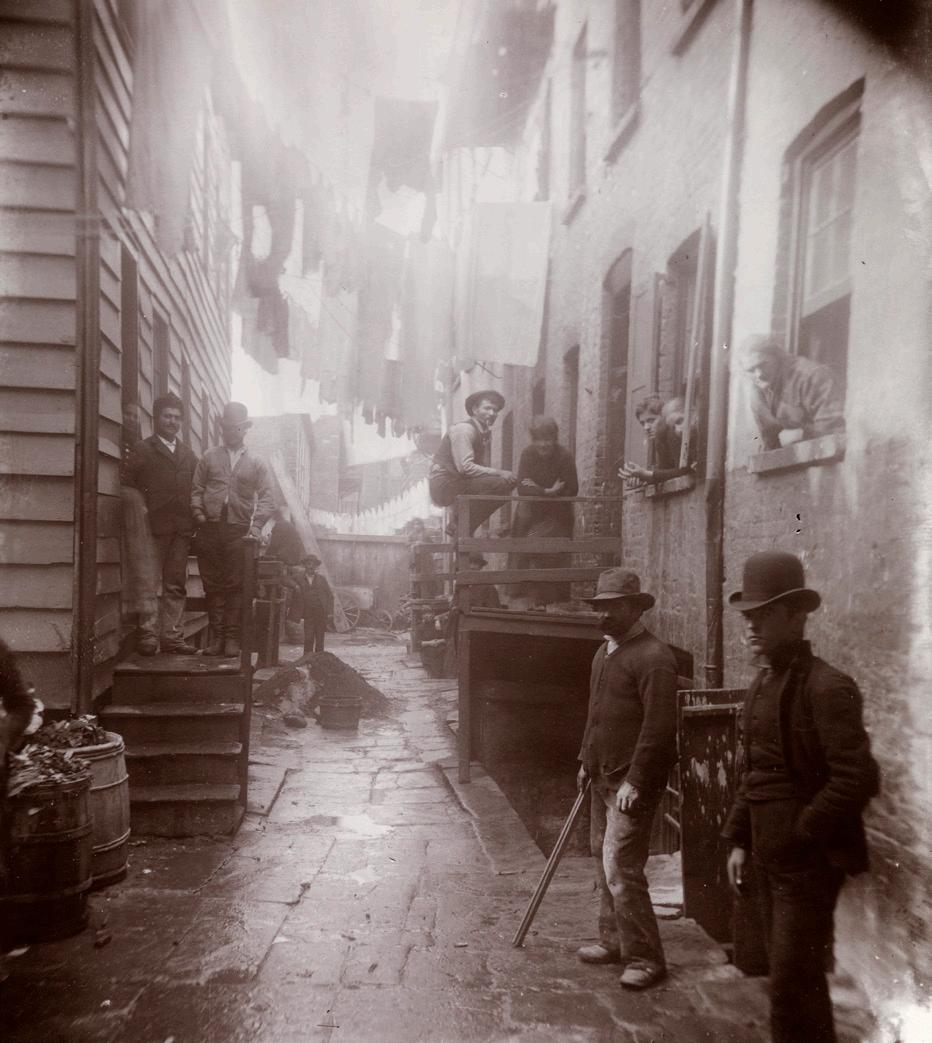
Reproduction on modern gelatin printing out paper, original 5 x 4 in. From the Collection of the Museum of the City of New York, 90.13.4.104
Reproduction on modern gelatin printing out paper, original 4 x 5 in. From the Collection of the Museum of the City of New York, 90.13.4.191
JACOB A. RIIS | 19
Minding Baby–Cherry Hill, 1892.
Bandits’ Roost, 1887–1888.
EyeSound: Augnhljóð: Øjenlyd
A conversation in words and images
Devon Kelley
What do you do when the right word won’t come to you? You’re in the middle of a story, you’re on the telephone, you’re giving directions. You’re in Paris and you stumble up to a counter to trip over your high school French vocabulary words: I’d like this thing, if only I could tell you what that thing is. Spoken language isn’t foolproof, and the human tongue isn’t surefire. In that case, you must do more than talk if you want to speak.
Perhaps you pantomime; acting out a silent charade of what is that word!? You use visuals to transmit the essence of the thing. The conversation becomes more than just words: it becomes richer with imagery. We can unspool words—those tricky little alphabet strings—in ways that are distinctly non-verbal. We can replace words with images (which is just trading a symbol for a symbol, after all), and use pictograms to both tell a story and illustrate it, too. Using images, we can cross language barriers and vault linguistic stumbling blocks. We can enrich a dialogue. We can make meaning.
The exhibition EyeSound is such a dialogue: a conversation in text and images.
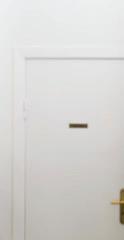

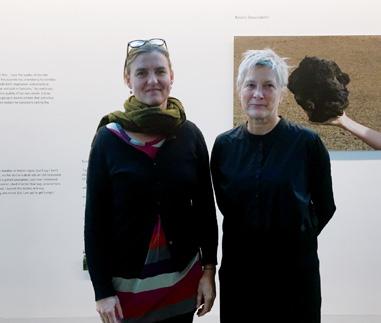
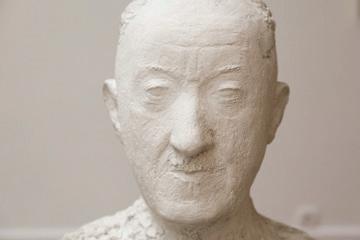
Danish photographers Iben West and Else Plough created photographic pairings they
then sent to one of four Icelandic writers: Sigurbjörg Þrastardóttir, Kristín Ómarsdóttir, Hallgrimur Helgason Einar, and Már Guðmundsson. The authors would send back their response in written words: the photographers would reply with an entirely new set of photos. This call-and-response exchange in words and images passed between the photographers and each author with up to ten “dialogue shifts” from each writer. In this way, each artist talked to the other.
The photographs should not be viewed, however, as direct representations of the words themselves: they’re a response, not a replacement. Together, they help interpret and catalogue the conversation between the artists. Says photographer Plough: “The photographs should not be seen as illustrations to the words, and the texts are not explanations of the photographs. It is a conversation. The texts and the pictures support each other or work against each other.” In EyeSound, the viewer confronts the result of a conversation that spanned months and countries and transcended language barriers.
The conversation between the photographers and writers may have ended,
but the works still encourage exchange. At the exhibit’s American premiere at the Nordic Museum, West and Plough asked audience members to recite some of the show’s poetic works. During the show’s run, visitors are encouraged to respond to the exhibit with their own words or images on social media.
Plough and West compiled the images and words into a book that’s more than an exhibition catalog—it’s a work of art on its own. In it, the gorgeously reproduced images together with prose allow for an intimate examination by the viewer, while an evocative introduction by another artist (see facing page) expands the discourse.
20
Contemporary Art
Poetry is to life what lamps are to darkness
If an evening is an age and an age is an evening then I will seize time like a ball and fling it to you.
In this way, I jump between ages as if from one planet to another and of course you are with me, because this poem is in the plural.
We remain in different times and swim among the stars, but I always take the ball and fling it over to you over the walls and the barriers.
Sometimes time is on my side as in that song some years back. We heard it as we ran circles around the garage.
PHOTOS
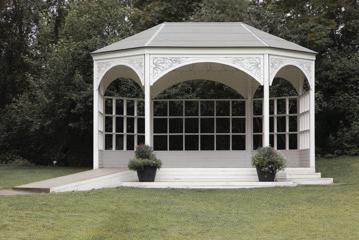
Iben
West and Else Ploug Isaksen
WORDS
Sigurbjörg Þrastardóttir
Kristín Ómarsdóttir
Hallgrimur Helgason Einar
Már Guðmundsson
Introduction
Lars Kiel Bertelsen
False Friends
When two words in different languages resemble each other but nonetheless mean something different, they are called false friends. There are many of them, and the closer they are to us, the harder hitting they become. That’s how it is, I guess, with both words and people. Those we are most familiar with are suddenly not quite how we thought they were, at all. Everyone knows that the Swedish are odd. Odd when they say lunch but mean breakfast. So how can one rely on anything anymore? Narrow-minded footsteps set in motion the journey to Auschwitz. Stop behaving so strangely. Be like us. Learn to speak politely. But, when the ground shifts under you, stout boots are a necessity. If you wear large shoes, then it’s here the joke unfolds, a space where meaning cheerfully collapses, shifts, changes direction like a billiard ball ricocheting off the cushion, and we laugh.
Pictures can also be false friends. Their resemblance to something else is not the same as identity. We recognise this when looking in the mirror and it shows someone else. She makes faces, sticks out her tongue and puts the toothbrush in her ear so one cannot see the sounds for the fits of giggles. Who is making these sounds? Remember to brush your books before you go to bed. Put your teeth in the right place when you’ve read them. Better one foot in the hand than a weathercock in the fog. Don’t sweep anything under the carpet, but let it flow like milk and honey, it’ll all come out one way or another, sooner or later. Don’t become accustomed to fringe benefits; they’re simply blowing in the wind. The soapbox roars when you roll down the blinds. Something bulges out and resembles something else. With your hand on your table: is this what you really mean? |
EyeSound will be at the Nordic Museum through April 14, 2019.
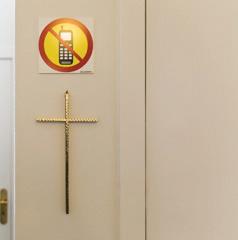
Images, clockwise from upper left
A pair of photos sent to one of the authors. Note the quizzical tilt of each subject.
Another pair of photos sent to one of the authors. Note the strong vertical lines and slight asymmetry in both photos.
EYESOUND: AUGNHLJÓÐ: ØJENLYD | 21
Iben West (left) and Else Ploug Isaksen (right) at the US premiere of EyeSound.
Behind the Scenes of the Viking Age

The Vikings Begin exhibition presents new insights on the critical centuries leading into the Viking Age of the Scandinavian countries. These studies form part of a major research program currently underway at the University of Uppsala in Sweden. Here, project director Dr. Neil Price takes us behind the scenes to share his team’s work in progress.
The Viking Age (c. 750–1050 CE) has long been a touchstone of identity in the Nordic countries, not least in Sweden. Today, the Vikings enjoy a popular recognition common to few other ancient cultures. Their name appears on brands of all kinds, exhibitions of their archaeological remains regularly tour the great cities of the world, and, thanks to the Vikings TV show, they now fill our screens on a regular basis. However, their history has also been reinvented—used and abused to suit the needs of successive generations—in a process that continues today.
This focus on the Vikings and their time has its counterpart in academia, and the last few decades have seen an exciting expansion in research. Viking scholars have examined issues of state formation, the rise of royal power and a unified Church, and their manifestation in the development of towns and other central places. Warfare and
fortification form integral components of these investigations, along with emerging networks of trade and exchange and the handicrafts that fueled them. Rural settlements, courtyard sites, and assembly places have also been intensively studied. As a unifying matrix behind all these processes, the Viking mind has been subjected to scrutiny through studies of religion, ritual, and magic, and by extension burial and the realm of mortuary behavior. The most recent trend has been for the study of the Viking diaspora, a term that marks a new perspective on the uncoordinated processes of migration and colonization.
It would be easy to believe that there’s not much left to know about the Vikings, but it seems that in fact the opposite is the case— we’ve only just begun to scratch the surface of their lives. Despite all this work, one arena of Viking activity remains substantially unex-

plored, and it concerns the very beginnings of this historical trajectory. Who were the first Viking raiders, in a specific sense? Why did they do what they did? What kind of societies produced them, and why did they start to expand so violently into the world at precisely this time? Somewhere in the answers to those questions lie the very origins of the Viking phenomenon: to understand what made the Nordic countries what they are today, we need to know how and why the Viking Age began—not as an artificial construction of historians, but as a real, tangible process of social and cultural change. And thanks to an unprecedented new investment in archaeological research, we may now be on the road to some answers.
The Viking Phenomenon
Three years ago, the Swedish Research Council announced an extraordinary grant of
22
Research
Neil Price, PhD Researcher and Professor at Uppsala University
50 million kronor (about $6 million USD) for the establishment of a new center of excellence for the study of the Viking Age, set up under my direction at the University of Uppsala. The core research group also includes Dr. John Ljungkvist, who for many years has conducted excavations at Gamla Uppsala for the university, and Dr. Charlotte Hedenstierna-Jonson, a specialist in Viking warfare and eastern encounters based at the Swedish History Museum. The project will run until 2025, and during that time the team will be joined by several additional researchers and international scholars, each making targeted contributions to their areas of expertise. The project is designed as an umbrella program sheltering several substrands of research, but the key focus of attention will be on the critical century from 750 to 850 CE and the decades on either side, embracing the early Viking Age and its foundations.
Valsgärde: Boat Grave Culture
At the heart of the project is one of Sweden’s greatest archaeological treasures: the largest cemetery of ship burials ever found: the classic site of Valsgärde in Uppland. The finds from this site lie at the heart of The Vikings Begin exhibition, and this is the first time most of these artifacts
Boat grave 13 from Valsgärde, shown in a beautiful example of the hand-painted documentation that was made from the detailed field records. The grave is contemporary with the Salme discoveries, and dates to c. 750 CE.
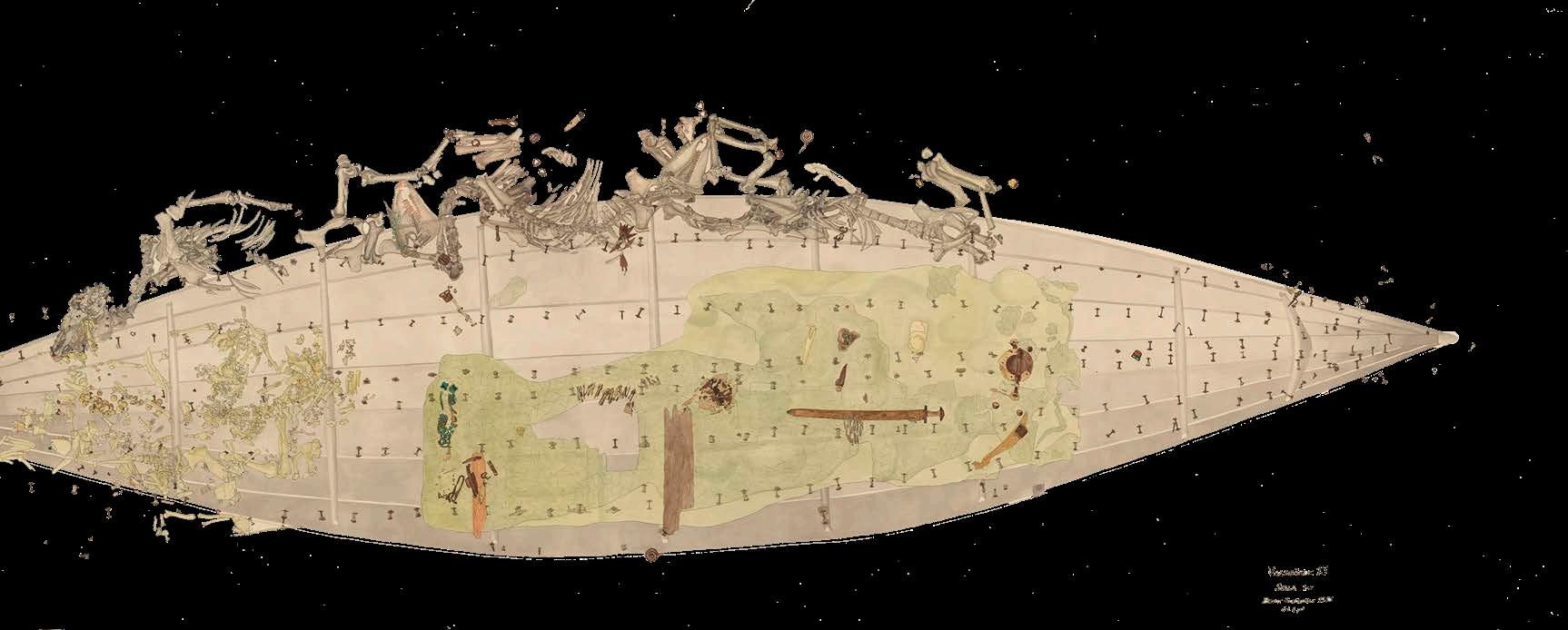
Painting by Bengt Schönbäck, 1953
Salme I, the first boat grave to be found on the island of Saaremaa, as it is thought to have looked at the time of burial, with seven dead men sitting up at the oars.
Drawing by Þórhallur Þráinsson © Neil Price

The Valsgärde grave field in Uppland, Sweden, under a stormy sky.
have been displayed outside of Sweden. For more than 400 years at Valsgärde, each generation interred its prominent people of both sexes in magnificent boat graves and cremations filled with objects and animals. Together with the nearby sites of Gamla Uppsala, Vendel, and Ultuna, they tell the story of Sweden and its growth from the heart of the Mälar Valley. Though excavated by Uppsala University between the 1920s and 1950s, the very richness and complexity of the Valsgärde graves has meant that

BEHIND THE SCENES OF THE VIKING AGE | 2 3
Images, clockwise from top
Photo by Johan Anund, Creative Commons
The Vendel Period boat grave 6 from Valsgärde was published in 1942 and contained one of the famous helmets that have become iconic for the Nordic Iron Age. However, the helmet is rarely shown together with its chainmail neckguard, as here.

The late Iron Age power center at Gamla Uppsala, Sweden, as it may have looked near the start of the Viking Age.
CG reconstruction: Disir Productions, used by kind permission
The author together with actor Clive Standen, who plays Rollo in the TV drama series Vikings. Taken in Falaise, Normandy, during filming of the documentary series Real Vikings, a serious component in the outreach activities connected with the project.
they have never been fully researched and published. Now, the definitive analysis of the cemetery and the society behind the burials is one of this research project’s main priorities.
Because the Valsgärde cemetery was in use throughout the later Iron Age, it provides us with a superb lens through which to view the gradual social changes that led up to the Viking Age. We see an emerging kingdom creating itself and signaling its identity through the relationship of the living to the dead. The graves—more than eighty of them in all—were deliberate material statements, preserving the ideas and aspirations of the time in physical form. Although the ship burials have attracted the most attention, interspersed among them are the cremations and chamber graves of women. It is only modern bias that sees one set of gendered burials as being more important than another. We are studying them all.
Alongside raiding and military ideology, among the key questions we want to consider through deeper studies of Valsgärde is the nature of long-distance, international contacts and trade. These have long been recognized as a defining characteristic of the Viking Age, but to what extent were they built on earlier interactions? Clear evidence for links with the East, including as far away as the Asian steppe and the Tang dynasty region of China, can be found in the Vendel period graves, but the nature of those connections has never been adequately explored.
Dr. Ljungkvist and a team of researchers are analyzing the Viking-Age boat graves and all the other burials—along with specialist work on the boats themselves—as well as textiles, animal offerings, and also individual artifact types. The first of the new report volumes has already appeared, and several more are nearing completion.
Salme: The First Vikings?
As a crucial counterpart to this work on an old find is the exploration of a new one: the extraordinary remains of a Scandinavian raiding party, buried in two ships across the Baltic from Sweden, on the Estonian seashore where they came to grief at the very start of the Viking Age. These excavations, undertaken at Salme on the island of Saaremaa in 2008 and 2010–12, arguably
represent the most significant Viking discovery of the last hundred years. Crucially, it has been possible to identify the origin of the Salme raiders: strontium isotope analyses of their teeth show that they most likely came from Swedish Uppland, with a considerable probability that they actually were the people either from Valsgärde itself or from nearby power centers.
The Salme burials are still under post-excavation analysis, but current thinking dates them to around 750—in other words exactly at the critical time when the Vendel Period shades into the Viking Age. It may be that the supposed social shift that comes with the Viking expansion is in fact simply the external projection of processes that had long been underway inside Scandinavia, and one of our tasks in the project is to critically probe and perhaps dismantle this Vendel–Viking border.
The discoveries at Salme present us with an unprecedented opportunity to examine the specific culture behind the very first raids, and to do so from a Swedish perspective. Crucially, the Salme expedition, whatever it really was, occurred nearly half a century before the classic beginning of the Viking Age: the famous raid on the Northumbrian monastery at Lindisfarne in 793. This implies that the origins of raiding might well lie within the Baltic sphere, with a focus on the east, not looking westward as the traditional models would have it. This is actually what we should expect and is also supported by later written sources, hard though they are to interpret with confidence. Metaphorically speaking, the Salme men were some of the “first Vikings” and provide a great opportunity to more deeply explore these issues.
As part of the Viking Phenomenon project we are happy to be able to provide substantial funding support to the Estonian team working on the Salme finds, led by Dr. Jüri Peets at Tallinn University. His team of three researchers, together with Dr. Marge Konsa from Tartu University, have now been working on the finds for two years and the two-volume Salme report is scheduled to appear in 2021.
One of the primary project outputs will thus be the final publication not only of the Valsgärde cemetery excavations but

24 | NORDIC KULTUR
Images, clockwise from above
Drawing: Harald Faith-Ell, 1941
Photo by Peter Findlay
also of the Salme boat burials. Combining Valsgärde and Salme, we have the unique opportunity to reveal the world of the first Vikings, at “home” and “away,” in a kind of project never before attempted.

Viking Economics
Underpinning these early Scandinavian enterprises was what we have chosen to call “Viking economics.” We mean this literally, as the economics of Vikings in the exact sense of that word, rather than referring to the general economic systems of Viking-Age Scandinavia. In contrast to the widespread exploration of the silver trade, a genuine study of raiding economics has never been undertaken—and yet they must, almost inevitably, have provided a prime motor for the developing social processes that embody our definition of the entire time period (and which are so clearly reflected in places like Valsgärde).
Here we see the Vikings as players in wider arenas, ones that involved all members of society. Our interpretations strive to include all the Viking-Age people of Scandinavia equally, regardless of their gendered identities (which we have long known went far beyond the binaries of biological sex). New research suggests that women played far more active roles in the Viking campaigns than has previously been supposed. Another neglected issue is the fundamental importance of slavery and slaving, not only to Viking economics but to the very fabric of society; the unfree have been left out of our models for too long. A vital thing to understand is that activities that were once discussed separately were in fact part of the same process: raiding was slaving, and this in turn was trading, in a loop of social feedback powered by maritime violence and movement. Piracy is another key element in this complex picture, and a field of specialist study that has much to offer Viking scholars.
International, cross-cultural comparative studies will add a further dimension to these investigations, drawing on the historical archaeology of early modern colonial contexts in the Atlantic, the Caribbean, the Pacific, and the Far East. Of course, we do not simply take interpretations from these distant time periods and drop them onto the Viking Age, but they provide useful
platforms from which to think, new ways of seeing the eighth to eleventh centuries in the North.

Under the direction of Charlotte Hedenstierna-Jonson, the Viking Economics strand has also brought in a range of other scholars, including Dr. Gareth Williams of the British Museum and Dr. Ben Raffield, formerly of Simon Fraser University in Canada and now at Uppsala. Both are specialists in Viking warfare and army structures, while Dr. Raffield also works on slavery. An economic historian from Lund University in Sweden, Dr. Anders Ögren is also contributing his expertise. The team will grow as the project progresses. Over the past three years, this strand of the project has published numerous papers (all available online on Open Access) and held several international workshops, resulting in edited volumes that are currently in preparation.
New Perspectives on the Viking Age
Numerous publications are planned over the coming years, including cemetery reports from Valsgärde and Salme, general syntheses, and more peer-reviewed journal papers.
The project’s public outreach also includes interactive events organized at sites such as Gamla Uppsala, with reenactors and craftworkers, and we hope to make reconstructions of some of the burial finds from the boat graves. The Uppsala University spin-off company Disir Productions is creating geolocated apps for tablets and mobile devices, enabling visitors to sites such as Gamla Uppsala to literally walk through computer-generated reconstructions of the Iron Age past. The technique is known as “augmented history,” and similar apps are being developed for Valsgärde and related monuments.
Lastly, all the core members of the project team are involved in television consultancy on Viking documentaries for several international broadcasters, reaching very large audiences indeed. In particular, our team has filmed Real Vikings for History Channel in Canada and the US, which links directly to their Vikings drama series. Through the medium of one of the most popular current gateways to Viking culture, we’ve worked with cast members at actual archaeological sites and in museums, dis-
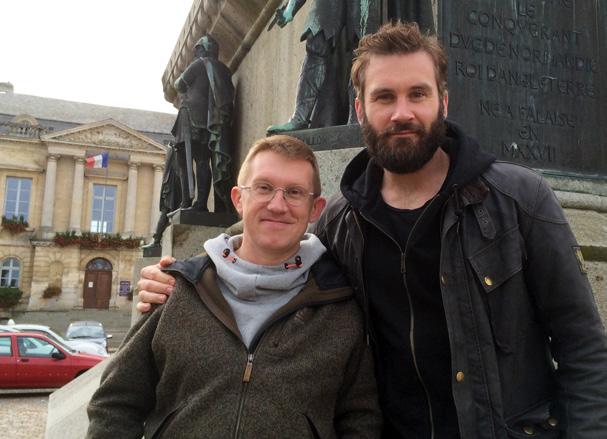
cussing the reality behind the fiction.
It is important to understand that the project will not provide “the Answer” to “the Question” of the Viking Age, but rather a particular set of responses to the questions that we think to ask. Other scholars might choose quite different lines of approach, and this is to be welcomed. Our project is a living one, situated in our own times, as it must be.
With a new understanding of the Viking phenomenon as its objective, we hope that this project will create Sweden’s leading center for the study of this critical time period in the nation’s history. The Vikings are still today the most visible signal of Scandinavian heritage, and this research program is deeply embedded with contemporary concerns, presenting the exploration of this long-lasting legacy for the widest possible public—an endeavor in which The Vikings Begin exhibit plays a major part. |
BEHIND THE SCENES OF THE VIKING AGE | 2 5
The Vikings Begin will be at the Nordic Museum through April 14, 2019.
Nordic-inspired fare for the Pacific Northwest palate.
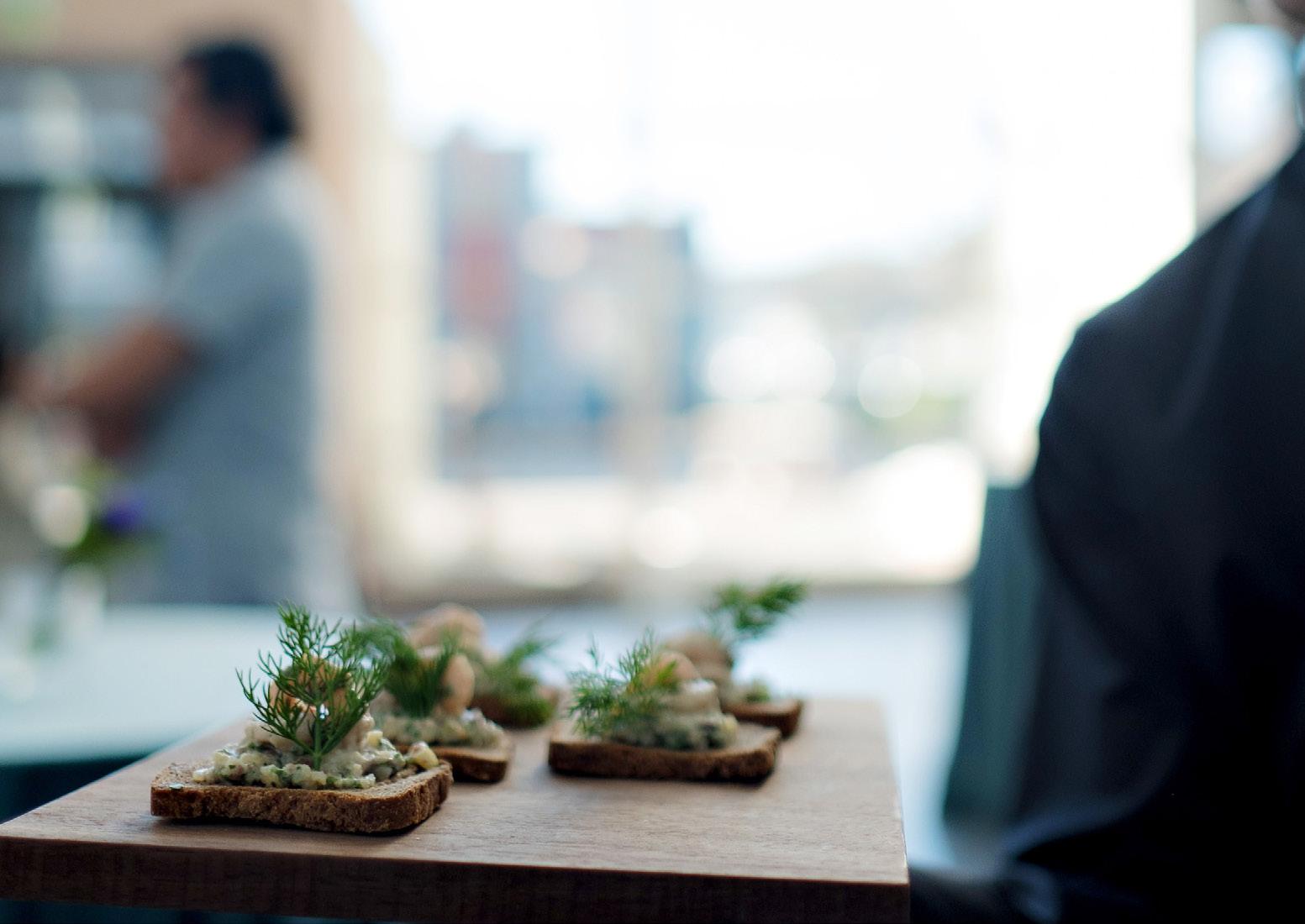
Open during museum hours
nordicmuseum.org/cafe
Museum Store
The best in imported and local Nordic art, housewares, textiles, gifts, books, accessories, delicacies, and more.
Open during museum hours
nordicmuseum.org/museumstore
26
Photo by Barbie Hull Photography
Capital Campaign Donors
$5,000,000 + Allan and Inger Osberg; Osberg Family Trust; Osberg
Construction
A.P. Møller and Chastine Mc-Kinney Møller Foundation
$3,000,000–
$4,999,999
Floyd and Delores Jones Foundation
Jane Isakson Lea and James Lea
Scan|Design Foundation by Inger and Jens Bruun
State of Washington
$1,000,000–$2,999,999
Barbro Osher
Pro Suecia Foundation
Breivik Family Trust
Jeff and Linda
Hendricks Family Foundation
Lars and Laurie Jonsson Family
Karen L. Koon and PD and Evelyn
Koon
Jane Isakson Lea and James Lea
King County— 4Culture
Synnøve Fielding and Robert
LeRoy
Kaare and Sigrunn
Ness Family
Einar and Emma
Pedersen
The Family of Einar and Herbjørg Pedersen
The Røkke Family
John and Berit Sjong
$500,000–$999,999
City of Seattle
Earl and Denise Ecklund
Jon and Susan Hanson
M. J. Murdock Charitable Trust
Nesholm Family Foundation
The Norcliffe Foundation
Robert L. and Mary
Ann T. Wiley Foundation
$100,000–$499,999
Pirkko and Brad Borland
Raymond R. Brandstrom
Alan and Sally Black
Jan and Priscilla Brekke
Svanhild and Russell Castner
Patricia and Robert Charlson
Raymond and JoAnne Eriksen
Kari Gilje and Michael Chiu
John and Shawn Goodman
Joshua Green Foundation
Jon Halgren
Peter Henning
Stan and Doris Hovik
Icelandic Club of Greater Seattle
Erik and Diane Jackson
Leif and Sarah
Jackson
Bill and Michelle Krippaehne
Bertil O. Lundh
Family
Cindy and Leif
Mannes
Egon and Laina
Molbak
David Nelson
Arne Ness
Donald and Melissa Nielsen
Nordic Council of Ministers
Everett and Andrea
Paup
Will and Chris Siddons
Sons of Norway, Wergeland
Lodge #21
Maria Staaf and William Jones
Marvin and Barbara Stone
Nina Svino Svasand and Ernest Svasand
Norman Kolbeinn Thordarson and Judy Thordarson
Leo Utter
$50,000–$99,999
Anonymous
Per and Inga
Bolang
Arlene Sundquist Empie
Irma and Don Goertzen
Dr. C Ben Graham and Pearl Relling
Graham
Charitable Trust
Gunnar and Heidi
Ildhuso
Kristen Lindskog
Jarvis
Douglas and Ingrid
Marken Lieberg
Marilyn and Rodney Madden
D.V. and Ida
McEachern Charitable Trust
Albert Victor Ravenholt Fund
Reimert and Betty Ravenholt
Skandia Music Foundation
Patsy Berquist
Richard Franko and Family
Jim and Anna Freyberg Family
Gertrude Glad
Raymond Gooch and Robyn J. Middleton
John Gundersen
Jay Haavik
Fred and Karin
Harder
Helen K. Hagg
Elling and Barbara
Halvorson
Electa Skeie and Ola Hendricks
Small and Lawrence R. Small
Judith Tjosevig
$25,000–$49,999
Hans and Kristine Aarhus
Lotta Gavel-Adams and Birney Adams
Brandon Benson
Leif Eie
Steven J. Jones
Sven and Marta Kalve
Georgene and Richard Lee
Leif Erikson
International Foundation
Tom and Drexie
Malone
Karl Momen
Valinda and Lyle Morse
Eric and Yvonne Nelson
Peach Foundation
Perkins Coie LLP
Pigott Family
Lisa and Charles Simonyi
Karsten and Louise Solheim
Alf and Sonja Sørvik
Svend and Lois Toftemark
Tor and Ingrid Tollessen
Turnstyle
$10,000–$24,999
Chris and Terrie Rae Anderson
Janice Anderson
Ballard Alliance
Ballard Transfer
Steven and Kathleen Barker
Karin Ahlstrom Bean
Kenneth M. Beck
Evelyn Birkeland Richter and Kimberly Richter
Shirley
Paul Birkeland
B&N Fisheries Company
Cascade Business Group
Jan and Mike Colbrese
Sonya Campion
Vanguard Charitable
Danish Brotherhood Lodge #29
Daughters of Norway, Valkyrien Lodge #1
Lynn and Ross Davidson
Etienne and Nancy
Debaste
Mark and Susan Dibble
Francisca Erickson
Sigmund and Torborg Eriksen
Ellen Ferguson
Gunilla and Jerry Finrow
Lorraine Toly
Dan Durham and Susan Laurie
Tusa
Betty Nes Wabey
Johanna Oma Warness and Vidar Warness
Louise B. Wenberg
Luce
Asmus Freytag and Laura Wideburg
$1,000–$9,999
Steve Aanenson
Page Abrahamson
Casper Sorensen and Soomie Ahn
Family
Petra Hilleberg
Mari-Ann Kind
Jackson
Brent and Catherine Johnson
Kevin and Penny Kaldestad
King Gustav VI Adolf’s Foundation for Swedish Culture
Kirtley-Cole Associates LLC
Lowell and Shirley Knutson
Knifton’s Neighbors LLC
Kone, Inc.
Krueger Sheet Metal Company
Olaf Kvamme
Anne-Lise Berger and Ozzie
Kvithammer
Patricia J. Lundgren
John and Hanna Liv Mahlum
Norman and Constance McDonell
Mithun
Mountain Pacific Bank
Alice Ness
Bruce and Jeannie Nordstrom
Eldon and Shirley Nysether Family
Sigurd and Else Odegaard
Paccar Foundation
Pacific Fisherman Shipyard
Jane and Darryl K. Pedersen
Rick Peterson
The Pinkerton Foundation
Louis Poulsen
Lena Powers
Mr. and Mrs. Andrew Price
Megan and Greg Pursell
Kari Record
The Robinson Company
Jan and Martin Rood
Greta HaagensenRoseberg and Lee Roseberg
Börje and Aase
Saxberg
Peter Davis and Kristiann Schoening
Karin Gorud Scovill
Skandia Folkdance Society
Jay Smith
Snow & Company Inc.
Harriet Spanel
Inger Svino
SWEA Seattle
Swedish Finn Historical Society
Donald and Kay Thoreson
Bill Briest
Perry Brochner
Diana Brooking
Lisa Brooks
Douglas and Betty Brownlee
Beverly A. Browne
Jackie Brudvik
Scott and Cathleen Brueske
Jette J. Bunch
Ward and Boni Buringrud
Bunnee Butterfield
Sarah Callow
Carrs Family
Gloria Mae Campbell
Rick and Marlene Akesson
Kay Lynn Alberg
Richard and Constance Albrecht
Myrna Amberson
Edward Almquist
Bruce and JoAnn Amundson
Ebba and Ingvar Andermo
Pamela Andrews
Rosemary Antel
Paul B. Anderson
Kitty Andert
Ruth Andersen
Anne-Line Anderson
Orville Anderson
John Mitchell and Marie Anderson
Theresa Appelo Bakken
Joan Armitage
Tim Ashmore
Susan and Gary Atwood
Tina Aure
Celeste Axelson
Leanne Olson and Jim Bailey
Bainbridge Community Foundation
Jens Bakke
Kristen Bakken
Rotary Club of Ballard
Kay Barmore
Laila Barr
Ken and Sheila Bartanen
Ingrid Bauer
Ellen Margrethe Beck
Patti Benson
Nadine Benson
Nan Bentley
Dwayne M. Berg
Margaret Berg
Melanie Berg
David Fluharty and Lisa Bergman
Keith and Kathy Biever
Frances Bigelow
Erik Birkeland
Sally L. Bjornson
Luther Black
Robert and Connie Blair
Elizabeth and Steven Blake
Eileen M. Blume
Sandra Boeskov
Janice Bogren
Bernard Bolton
Andrea Bonnicksen
John and Tonjia Borland
Robert Born
Lillian Bornemeier
Steve Bottheim
Katherine Boury
Diane Bowe
Ellen D. Bowman
Cathy Brandt
Anna Brannen
Eugene Brekke
Lita Breiwick
Embassy of Sweden, Washington
Otto Enger
Harbor Enterprises, Inc.
Olav Esaiassen
Candace Espeseth
Ruth Estabaya
Thomas and Willy Evans
William and Sandra
Evenson
Ingrid Fabianson
Jim and Birte
Falconer
Barbara and Frank Fanger
Lance Farr
Eric Carlson
Jean K. Carlson
Paul and Beverly Carlson
Elaine and Richard Carpenter
Carsoe US Inc–Seattle
Steve and Liz Cedergreen
Robert and Katherine Cederstrom
Diane Chapman
Joanne Chase
Jean Chen
Jordan Chester
Amber Christensen
Louis and Anna Christensen
Carol L. Christiansen
Per Christensen
Alison Church
American Seafoods Company LLC
JoEllen Connell
Nelson R. Cooke
Peggy Jorgenson
Cooper
Stuart Mork and Laura Cooper
Trident Seafoods Corporation
Timothy P. Cosgrove
Pacific Nordic Council
Debra and Chris Covert-Bowlds
Stina Cowan
Jennifer and Jerry Croft
Reidun Crowley
Ragnar Dahl
Susanne Daley
Danes Soccer Club
Karrin A. Daniels
Danish Sisterhood Lodge 19
Daughters of Norway, Nellie Gerdrum Lodge #41
Marguerite David
Signe Davis
Nancy Debaste
Carol Delahoyde
Embassy of Denmark, USA
Doug and MaryAnne Dixon
Joanne Donnellan
Joy and Bob
Drovdahl
Ia Dubois
Robert and Beth Dunn
Bill Weed and Pam Dymond-Weed
Larry and Sidra
Egge
Erik Egtvet
Sandra Egtvet
Donna Eines
Ned and Nanette Eisenhuth
John and Linda Ellingboe
Embassy of Finland, Washington DC
Marja Hall
The Steven L Hallgrimson Foundation Inc.
Robert Hamilton and Catherine Fox-Hamilton
The Hansen
Foundation
Geraldine Hansen
John Martin Hansen
Les Hanson
Richard and Marilyn Hanson
Peter Hanson
Carolyn Haralson
Bill Harbert
Christopher Hardy
Susan Haris
Odd and Nora Fausko
James Feeley
Joan Valaas
Ferguson
Joyce Ferm
Michael Fiegenschuh
Virginia and Les
Filion
Finland Room
Committee
Richard and Pamela Firth
First Interstate Bank
Gary and Maureen Fisker
Shirley Fjoslien
Martha Fleming
Robert Flemming
Christie Most and Rich Folsom
Viggo Forde
Allison Foreman
Helen Fosberg
H. Weston Foss
Sonja Foss
Craig Foss
Joanne Foster
Gwyn and Rick Fowler
Karen Fowler
Linda P. Fowler
Franklin Templeton
Investor Services
Eric Fredricksen
Sharon Friel
Alan and Lisbeth Fritzberg
Ann Fuller
Marilyn E. Fuller
Annelise Gaaserud
Lisa Garbrick
Marc Garcia
Lael Gedney
James and Marilyn Giarde
Maren Gibson
Robert and Margaret Giuntoli
Marianne and William Gjertson
Glacier Fish Co., LLC
Jeff and Miyako
Gledhill
Linda Glenicki
Britt Glomset
Nancy Goodno
Laurie LundGonzalez
Inger and Ulf
Goranson
Robyn Grad
Gary and Bonnie Graves
Sharon Greenwood
Kay Gullberg
Kirsten and Erik Gulmann
Karin Gustafson
Paul Friis-Mikkelsen and Rita Hackett
Richard and Eivor
Von Hagel
Jack and Elaine
Hakala
Lisa and Daniel Hall
Gary Haarsager and Carol Knoph
Michael & Margaret Hlastala
Sandy Haug
Peter and Pat Haug
Irving and Vernamell Haug
Wally and Kristin Haugan
Norman Haugen
Dee Dee Hawley
Hawley Realty
Kristin Heeter
Paul and Kathleen Hendricks
Ann Hengel
Paul Heneghan
Lauri Hennessey
Woody and Ilene
Hertzog
Lena LönnbergHickling and Mark Hickling
Lawrence E. Hicks
Gunvor Hildal
Herb Bridge and Edie Hilliard
Diane Hilmo
Kristiina Hiukka
Sharon Hitsman
Shirley Hobson
Ruth HoeghChristensen
Nancy and Charlie Hogan
Anna Holliday
Susan Johnston and Jerry Hollingsworth
Roy Holmlund
Karen Holt
Tore Hoven
Michael Hovey
C. David Hughbanks
Susi Hulbert
Janet and Steve Hunter
Robert E. Ingman
Ivar’s Corporation
Iverson Family
Marilyn Iverson
Jan Carline and Carol Sue
Ivory-Carline
Curtis Jacobs
Ken and Rachel Jacobsen
Jon Jacobson
Paul and Carole Jacobson
Seppo T. Jalonen
Don and Lynne
Jangard
Vicky Jaquish
Deborah and Steven Jensen
Ernst and Linda Jensen
Sara Jensen
Eva Long and Bill Jepson
Eva and Lars
Johansson
Isabella Backman Johnson
Carol Oversvee
Johnson continued
List compiled January 2019 27
SPOTLIGHT: The Nordic Legacy Circle
We are humbled by the generosity of our Nordic Legacy Circle members and the support they have given us by allowing their legacy to become a part of ours.
“Our fabulous new museum gives me more reason than ever to help the Museum succeed in its mission of sharing Nordic culture and values with all people, not just for my lifetime, but for many, many generations to come. I am so proud of the new facility and so excited about the reception it has received. I want our children’s and grandchildren’s generations to continue to feel the connection to the Nordic countries, and want to share the Nordic piece of the American mosaic with other people. The Nordic Legacy Circle helps us all to continue our support even after we are gone.”
—Pirkko Borland
“I chose to join the Nordic Legacy Circle because I trust the Nordic Museum’s vision and mission to accurately share the Nordic story—its spirit, culture, and history—with the larger community. Legacy giving for those of us who are not in a position to give much now is a way of paying it forward, strengthening our beloved Nordic Museum, and ensuring its future. It is also a statement of my values, and may inspire others to give, to embody the values of and the passion we share for the Nordic Museum and its commitment.”
—Mari-Ann Kind Jackson
“Although I am proud of my German and Irish ancestry, I have learned over the years about my having relatives living in both Denmark and Sweden. The Nordic Museum provides a sustainable means by which to enjoy my combined European and Nordic heritages through programs and activities here today, as well as to ensure them for others tomorrow.”
—Kevin G. Beder
“I have had a great time as a volunteer and doing what I can as a member. I have always enjoyed learning about the many different cultures that represent the Museum. I chose to join the Legacy Circle as a way of giving back, to let others continue to learn in the future.”
—Todd Clayton
For more information about the Nordic Legacy Circle and its benefits, or to donate to the Capital Campaign, please contact Development Manager Jenny Iverson at jennyi@nordicmuseum.org or 206.789.5707 x7038.
Jerome and Susannah Johnson
Noreen Johnson
Richard and Ingri Johnson
Erik Johnson
K. Robert Johnson
Bonnie Johnson
Larry Johnson
Sirkku and James Johnson
James and Dianne Johnston
Suzy Johnston
Bob and Oddny Johnston
Linda Jangaard and Stan Jonasson
Grace CarlsenJones and Roger Jones
Ellen Jordal
Martin Josund
JP Morgan Chase
Mary Junttila
Pat and Paul Kaald
Michael Kahrs
Pirkko Karhunen
Camille Kariya
Christina B. Katsaros
David and Sherry Kaufman
Michael and Michaela Kay
Helen Kearny
Arnold and Martha Kegel
Jim and Cris Kelley
Leigh Kvamme Kennedy
Darlene Kenney
Linda A. Kent
Keybank Foundation
Harry Khamis
Jan and Alita Kiaer
Aaron Kitson
Henning Knudson
Peter and Janice Kolloen
Richard A. Korpela
Jackie Kozdras
Paul Kromann
Jack and Eleanor Krystad
Steven Kvamme
Judy Ladd
Oscar and Joyce Lagerlund
Kristen Laine
LairdNorton Wealth Management
Sigrun Susan Lane
Monica Langfeldt
John and Betty Langkow
Mina and Raymond Larsen
Jimmy Larsen
Eric B. Larson
Kristina Larson
Linda Larson
Willard Larson M.D.
Kristin Lasher
Daniel Laxdall
Leadership Tomorrow
Alumni Association
Solveig M. Lee
John & Don Legg
Finn Lepsoe
Adrian Leven
C. Stephen and Donna Lewis
Kerstin Liland
Vivi-Anne Lindback
Mary Lindholm
Kathleen Lindlan
Elmer and Joan Lindseth
John Linvog
Steve Jensen and Vincent Lipe
Lithuanian American Community, Inc Washington Chapter
The Lockspot Café
Pat Loftin
Gary and Kaisa
London
Flemming L. Lorck
Donna Lou and Peter Bladin
Svenn L. Lovlie
Limback Lumber
Erna Lund
Gil Lund
Ivan Lund
Jo Ann Lund
Kristy Lunde
Renee Lund
Olav Lunde
Patricia J. Lundgren
Steven Lundholm
Florence Lundquist
Lori Lynn Phillips and David Lundsgaard
Birgit Lyshol
Jon Magnusson
Josephine and William Mahon
Ann Maki
Victor and Karen Manarolla
Eva and Heikki Mannisto
E A Marks
Kristin Martin
Cheryl Matakis
Tom and Carolee Mathers
Heidi Mathisen
Yara Silva and Lars Matthiesen
Julia Maywald
Colleen McArdle
Gary McCausland
Karen McGaffey
Jim McManus
Robert S. McEwen
Eeva and Jeffrey McFeely
Jason and Rebecca Meaux
Dick Medina and Joyce Gauntt
Medina
Tushar Mehta
Bruce and Carol Meyers
Kaare Mikkelsen
Karen Mildes
Jennie Mildes
Ronda and Brad Miller
Darlene and Rick Miller
Joan Miller
Luanne and John Mills
Don Moe
Maiken MoellerHansen
Megan Knight and Alison Mondi
Arya Monson
Andrew Snoey and Kelly Morgan
Laura Cooper and Stuart Mork
Kay Most
Katie Moulster
Lynn Mowe
Lynnette M. Muenzberg
Ritva and Harvey Musselman
Laurie Boehme and Mark Muzi
Irene Myers
Peter and Mary Ann Namtvedt
Brian and Nola
Nelson
John & Harriet Nelson
Isa G. Nelson
Richard P Nelson
Robert and Maria Nelson
Bryce and Bonnie
Nelson
Arne & Vicki Nelson
Susan and Russell Ness
Christy J. Nicandri
Michael D. Hart and Laurie B. Nichols
Sheryl Nilson
David and Barbara Nordfors
Dolores Nordgulen
Ozzie Nordheim
Nordic Dancers
Northwest
Nordiska
Folkdancers
Ulrika Noren
Norman Archibald
Charitable Foundation
Northwest Danish Association
Norwegian Commercial Club
Norwegian Ladies Chorus
Norwegian Male Chorus of Seattle
Nysether Family Foundation
Russell and Patti Oberg
Mike & Julie O’Brien
Ted and Jean Oien
Warren Odegard
Rick Olafson
Cindy and Ron Olander
Mary E. Olander
Olander Family Foundation
Richard and Kay Olsen
Karen Olsen
Vern and Martha Olsen
Mark Olsoe
Gordon Olson
Eric Olson
Rolf Olsoy
Ulla and Harold Olsson
Desiree & Larry Omdal
Elisabet Orville
Aaron and Liz Overland
Deep Sea Fishermen’s Union of the Pacific
Paula Pederson
Holden Palmer
Julia Park
Craig Pape
Barbara Paquette
Alene Patterson
Kathleen Robel and Herman Payton
Kathryn Pearson
Eric and Ingrid Pearson
Matt Pearson
Alana Pedersen
Georg & Nina Pedersen
Winnie Pedersen
Kristi Pennington
Tordis Peoples
Walter Pereya
Alexandra Perwin
Ian Peters
Carin Peterson
Kruger
H. F. Peterson
Ingvar Petursson
Erik Pihl
Louise Pihl
Astrid Pitcock
Don Meyers and Kathi Ploeger
Mavis Ponto
Donald L. Post
Kristian E. Poulsen
Virginia Prestegaard
Evan T. Pugh
Megan Pursell
Kirsten Qvigstad
Gustav Raaum
Christian Raaum & Joanie Raaum
Nicole Rendahl & Tom Rabideau
John Rabourn
Karen Raisler
Arnold and Asbjorg
Rasmussen
John and Kathleen
Rasmussen
Rauda Scale
Models, Inc.
Solveig Refetoff
Christine O. Reis
Kevin Ridsdale
Yvonne Ringgenberg
Ed and Marjorie Ringness
Ringstad Enterprises
Keith Ritland
Dean Robbins
E. Paul and Gayle Robbins
Ed Robinson
Norman Rockness
Sheila Roe
Andris and Inara
Rogainis
Randall and Ruth Rongerude
Michelle Rosenthal
Ib Rossen
JoAnne Hardt Rudo
Eric and Stephanie Running
Halvor Ryan
Cheryl Ryder
Inger K. Saltonstall
Vivian Sandaas
Terry and Leland
Sateren
Craig Schafer
Ralph Schau
Michael Schick and Katherine
Hanson
Patrik Schnell
Carmella Schoening
Dirk and Pirjo Schulbach
Eleanor and Keith
Schubert
Martha Dilts and Ed Schumacher
Seattle LatvianAmerican Embroidery Group
Laila Sharpe
Marilyn Sheldon
Karen Sheldahl
Caroline Sherley
Kim Shirley
Craig Shumate
Shirley Jo Hanna
Sigurdson
Kathleen Lindberg and David Skar
Kathi Skarbo
Marjorie Skrinde
Skagit Bank
Ellen Grude Skugstad
Patricia and Landis Smaaladen
Edward Smith
Poker Kings
Virginia Smyth
Barbara Snoey
Carol and Norman Sollie
Sons of Norway, Hovedstad Lodge #94
Janet Sorby
P. Troy Sorensen
Jacqueline Sorensen-Pinch
Scandinavian Specialties
Sprute and Davis CPA’s LLP
William Stafford
W. C. Twig Mills and Alison Stamey
Jim Stedman
Birger Steen
Elaine Stevens
David Stone
Virginia Stout Henrik & Rebecca
Strabo
Gordon Strand
Peter and Leslie Strong
Susan Stroomer
Leena Sturman
Robert W. Sund
Victoria Sutter
Robert and Mary Jo Svendsen
Svithiod Lodge #1, I.O.S.
Stuart and Alison Swanberg
Frank and Jennifer Swant
Karen Swenson
Norman and Phyllis Swenson
Phil and Julie Swenson
Jan Syberg
Carla Teigen and Dan Skjonsberg
Kris Templin
Hanne Thiede
Ron and Whitney Tjerandsen
Lisa A. Toftemark
Hilkka Toivola
Coastal Transportation
Dorothy Trenor
Doug Hauger and Christine Trigg
Reidar and Linda Tynes
United Finnish
Kaleva Brothers & Sisters Lodge #11
Kathy Uroff
Anne Uusnakki
Randi Valdok
Margaret Fast and Bertil VanBoer
Debbi and Larry Vanselow
Earl Van Buskirk
Vasa Lodge #396
Verdandi Lodge No. 3, I.O.S.
Marylyn E. Vincent
Raiti Waerness
Robert Wahlborg
Kristine and Steve Walker
Judith Patterson and Jerry Walsh
Royal Norwegian Embassy in Washington
Marianne Forssblad and Roland Wedenström
Victoria Wenzlau
Eva Sköld Westerlind
Western Rosemalers Association
Colleen White
Marilyn Whitted
Larry and Kay Wicks
Suzanne B. Wiley
Karin and Colin Williams
Mason J. Williams
Mary Winslow
Jenene Wilson
Jerry Wingren
Kjirsten Winters
Richard T. Wise
David Worthington
Dale Wright
Margaret and Richard Wright
Valerie Yerkes
Shirley Younglove
Vivian Zagelow
Every effort has been made to ensure this list’s accuracy. For corrections or additions please contact Jenny Iverson at jennyi@nordicmuseum.org or 206.789.5707 x7038.
28 | NORDIC
KULTUR
From our stunning, hemlockclad 4,200-square-foot Osberg Great Hall, to our modern outdoor Sun Terrace, to our stateof-the-art classrooms, and more: the Nordic Museum has the perfect space for your event.
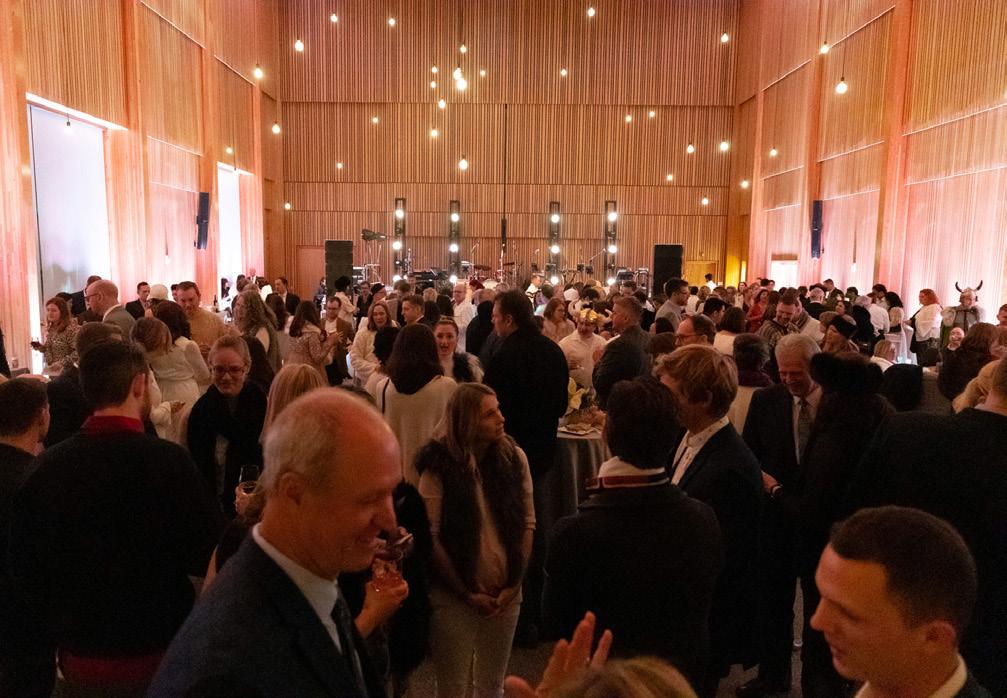
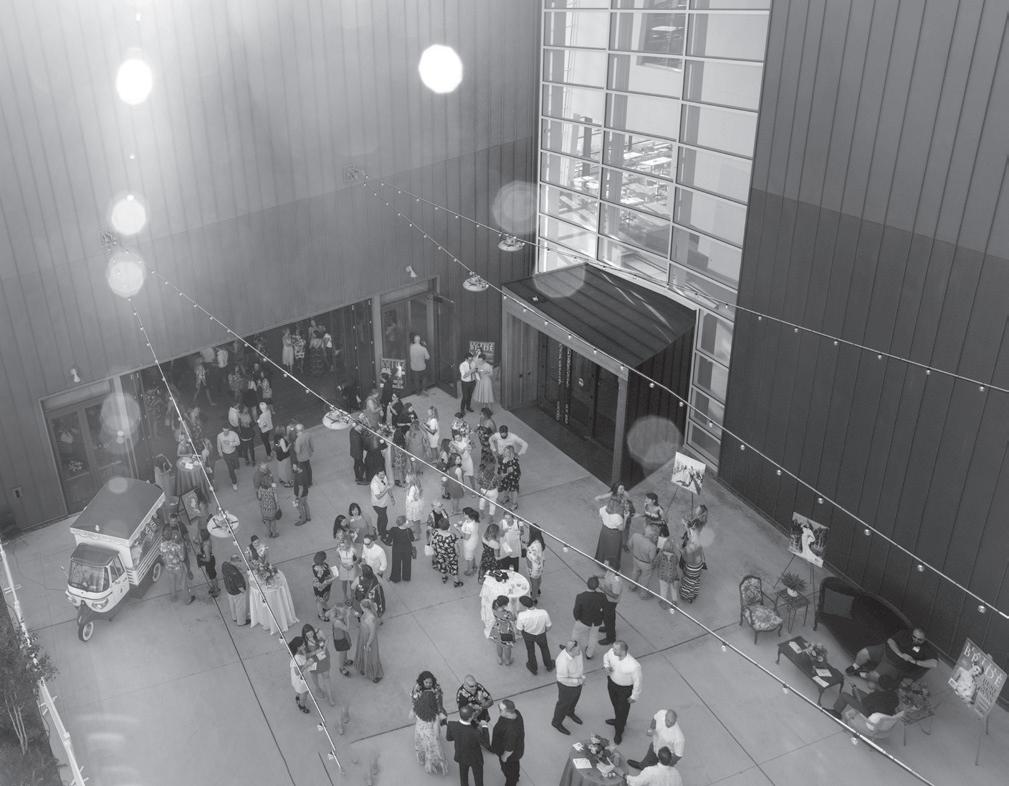

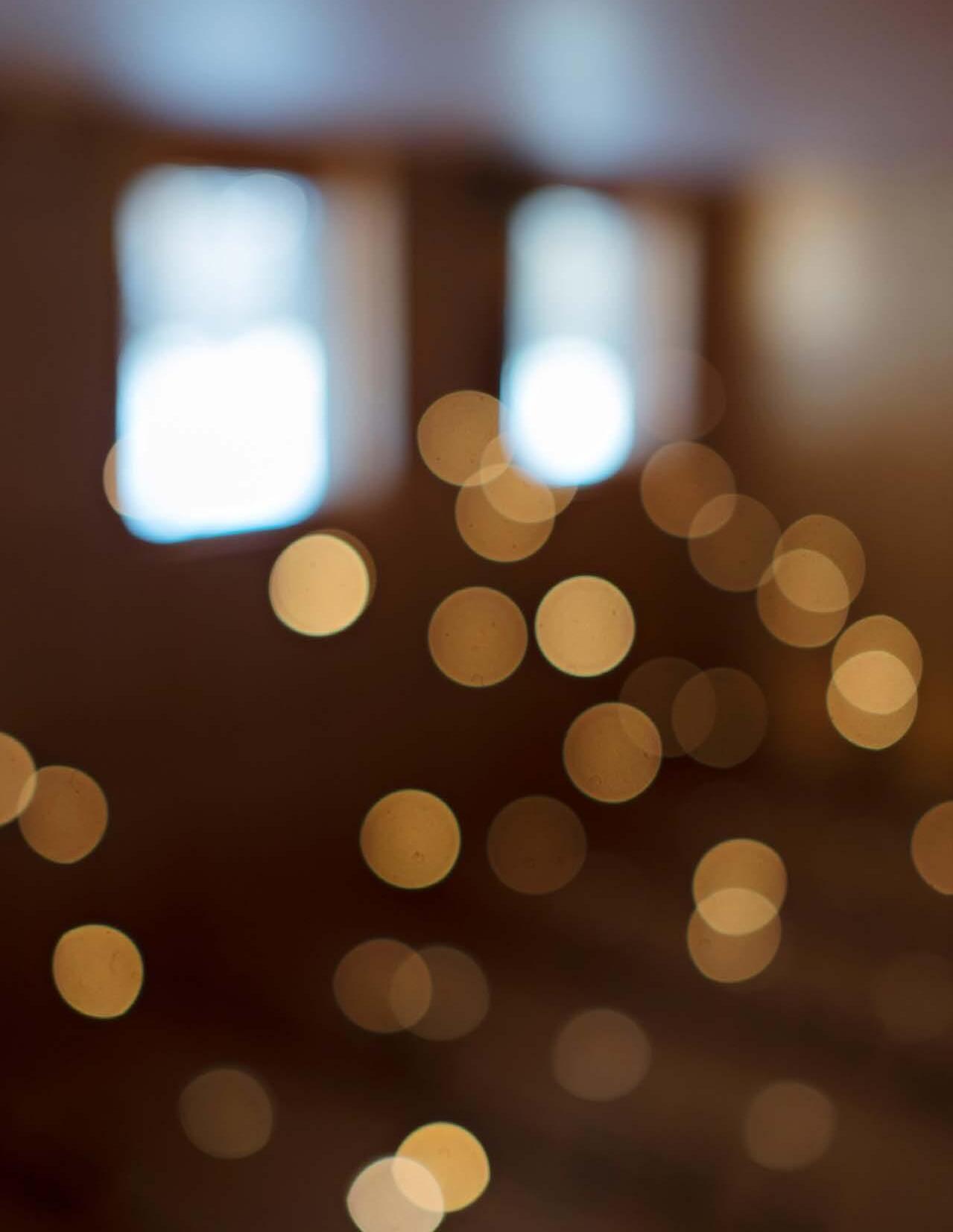
The Museum is available to rent for weddings, meetings, presentations, parties, classes, memorials, and gatherings of all kinds. Let us help you host the perfect occasion!
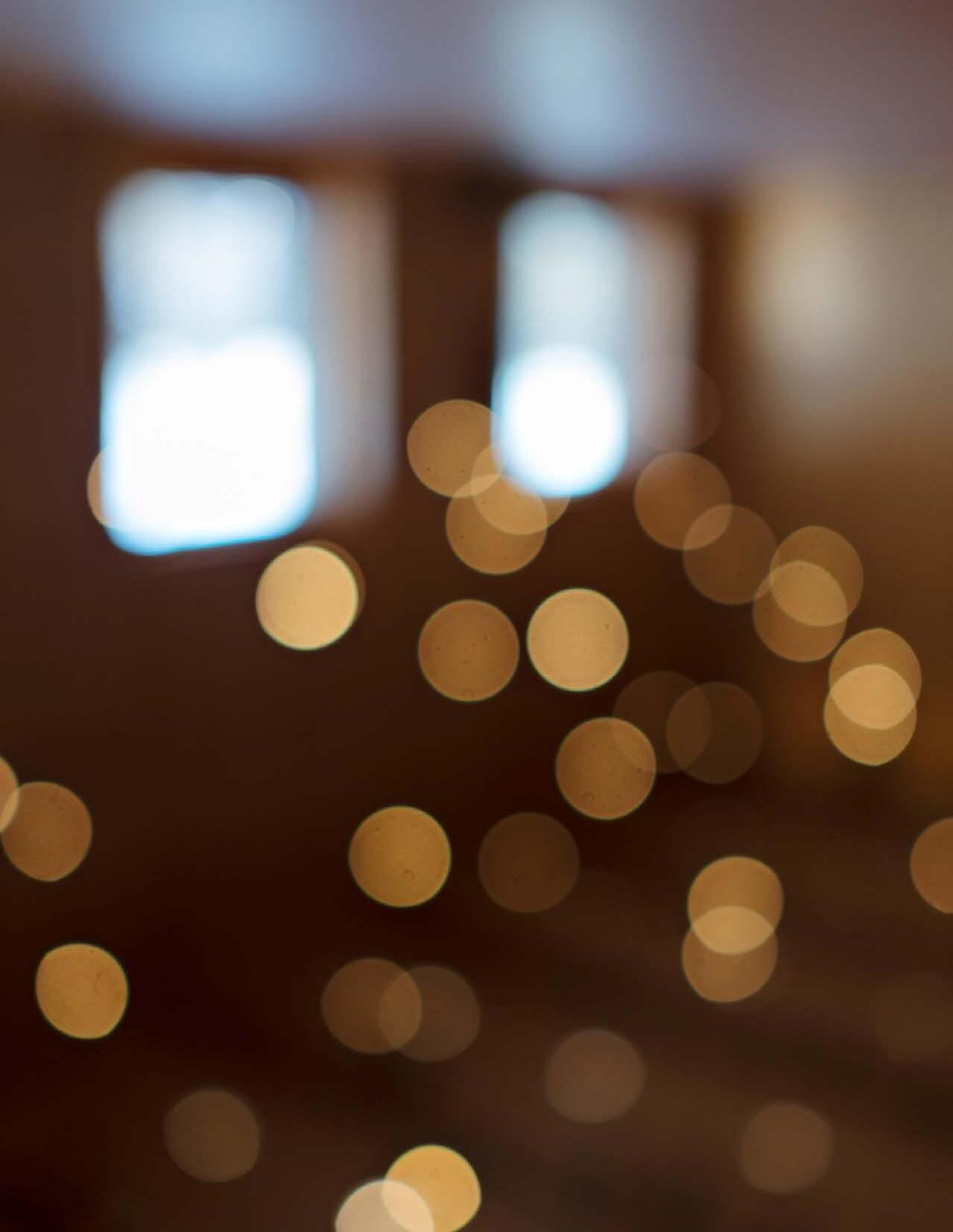
Rent Our Venues
nordicmuseum.org/about/facilities
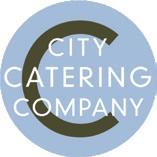
Photo by Pixel-Pro Photography Photo by Barbie Hull Photography Photo by Barbie Hull Photography Background photo by Barbie Hull Photography
When the phone call connects, the first thing I hear is the hiss of the Copenhagen tires on pavement, a horn honking, distant rumbling. “I’m still on my bike for a couple minutes,” Kristian Riis laughs into the phone. “It’s, like, pretty cold to bike around! But I always take my bike when I’m going around town and having meetings.”
It’s almost 6:00 p.m. in Denmark and the workday is done for most people. But Riis isn’t “most people,” as I find out over the course of our conversation, and his day is far from over: he’s headed to another round of meetings. It’s been a productive day for the Danish artist and entrepreneur. “I had a good day of meetings,” he tells us. “Earlier today I had a meeting with the Minister of Culture and the Minister of Foreign Affairs, making a more strong collaboration between NordicLA and, you know, the Danish government. That’s pretty cool.”
“Pretty cool” is a good way to describe Riis himself. In Denmark, he’s a well-known musician—a guitarist for the rock band Nephew. But when asked to describe what he does, Nephew has to share the spotlight with its creative cousins. “I’m an entrepreneur,” says Riis. “I co-own around eight companies.

I have a clothing brand and sunglass line, but I also have a data company working with different kinds of data for companies and artists
Building a Nordic–LA Bridge
where they can understand how to work with that and promote themselves. And I also have a company working with startups, like a startup tool. And then I work with NordicLA.”
It’s that work with NordicLA that is gaining Riis attention here in the States. A “culture embassy” as Riis calls it, NordicLA’s goal is to help Nordic creatives of all kinds break into the American arts scene by fostering collaboration across the field and across the continents. In addition to networking, NordicLA helps artists with the nitty-gritty of contract negotiation and business running. The space itself features offices, co-working areas, meeting rooms, recording spaces, and even event venues. By night, NordicLA lights up with speakers,
performances, and their latest lecture series, Nordic Risk Takers, which allows eager newcomers to learn pathways and pitfalls from successful Nordic artists. By day, the penthouse view takes in the iconic Hollywood sign. Nordic artists can literally set their sights on a symbol of stardom while the staff of NordicLA helps them with the more down-to-earth practicalities, such as navigating confusing customs in an impenetrable industry.
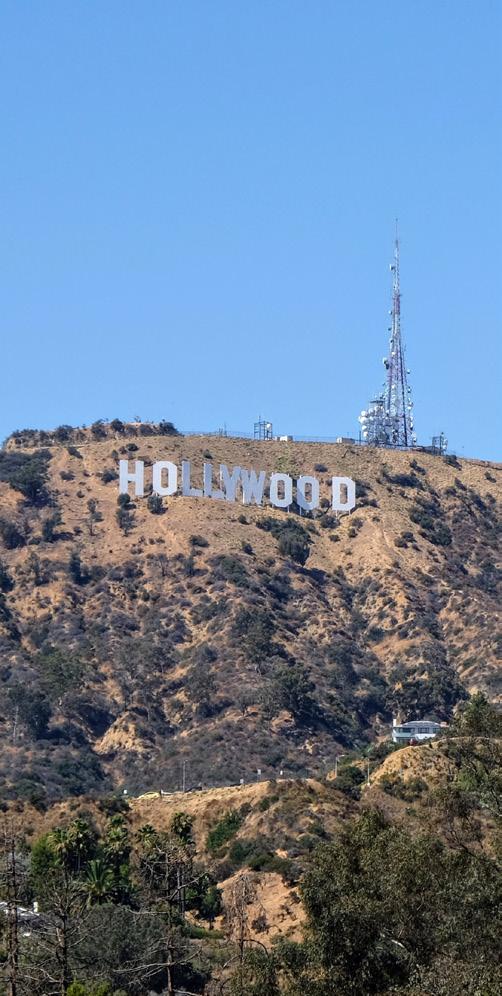
Mundane, maybe, but the less glamorous part of being a famous artist is incredibly important. Helping with visas and government paperwork is a big part of the value NordicLA provides to artists. “We just know that no matter how great you are as an artist, if you don’t have the right paperwork, that can become a big problem for you,” says Riis. “Like if you don’t have the right visa, if you don’t have the basic fundamentals right when it comes to your business set up, you can really get in trouble.” That business set up is critical, especially in a cosmopolitan city like LA. “It’s really expensive to live in LA, so you have to pay attention to the business side, too,” says Riis. “All artists have to be business people.”
That exactitude can be surprising for the young artists coming in. According to Riis, there’s a cultural difference between how the two regions handle bureaucracy. Says Riis, “I think the Nordic mentality is that, ‘Hey, everything will be okay. If we have a problem we’ll just deal with it!’ We just talk to people.
30
Photo by Seth Cottle on Unsplash
Innovation
Photo by Kristian Riis
But if you meet an immigration officer (in the US) saying ‘No, your papers are not in the right condition,’ then maybe you’ll never have the chance to enter the US again. Forget your dream, forget your career over there.”
And that’s just one of the new things Nordic artists have to get used to when working in the United States. Once they come to terms with the jet lag, paperwork, and absence of good cloudberry jam, Nordic artists have another big culture shock to get over: networking.
To succeed in the US, Nordic artists have to nail networking. It’s certainly no small pond: according to a 2013 census by the National Endowment of the Arts, almost 5 percent of Los Angeles’ work force are artists (compared to 1.3 percent nationwide). The sheer landmass and population are bigger than Nordic artists are used to working in, and the Hollywood industry is megalithic. To stand out from the crowd, you have to meet the right people. “I’d say it’s much harder to get a breakthrough (in LA). It’s not a thousand times as hard as Denmark, but it’s harder. But if you have the right talent, if you know how to approach people and deal with your stuff, the potential is big.”

Collaborating with the right people from a broad skill set are central to NordicLA’s mission, as well as a goal near and dear to Riis’ personal vision. From connecting artists with other professionals, to finding spon sorships for projects and events, and even to
staffing NordicLA: Riis is quick to stress the importance of teamwork. “It’s important for me to say that I’m not doing anything on my own: I’m always working in teams and groups of different people,” Riis told us.
Throughout the interview, Riis brings the conversation back to NordicLA’s COO, Ida Bo Frazier, and the litany of talents she brings to the company. “She used to work for the Danish embassy in Washington, DC, and she’s been working in the industry trade in Denmark, and she’s been working in the EU as well. She’s also a lawyer.”
Frazier’s business acumen paired with Riis’ incredible network of talented individuals are becoming quite the force in the international arts scene. “When I speak to people in
LA, they’re really excited about what’s happening in the Nordic scene. Some people talk about a ‘Nordic wave,’ but I want to create a Nordic ocean.”
That river runs two ways now: Riis is turning the tide to expose a wave of American artists to the Nordic culture scene. “That’s kind of the next step for me , bringing more American artists and creative companies back to the Nordics. So they can inspire people here, too, and get inspiration.” As Riis says of NordicLA, “We’re trying to build a bridge between the two parts of the world.” Certainly, artists from both continents can only benefit from a community with such strong connections.
At the end of our phone call when I apologize to Riis for catching him on his bike commute, he laughs. “No problem,” he says, “I’m used to this.” For Riis, multitasking is just part of the job. |
Copenhagen,
Inside the office, a networking event is in full swing.
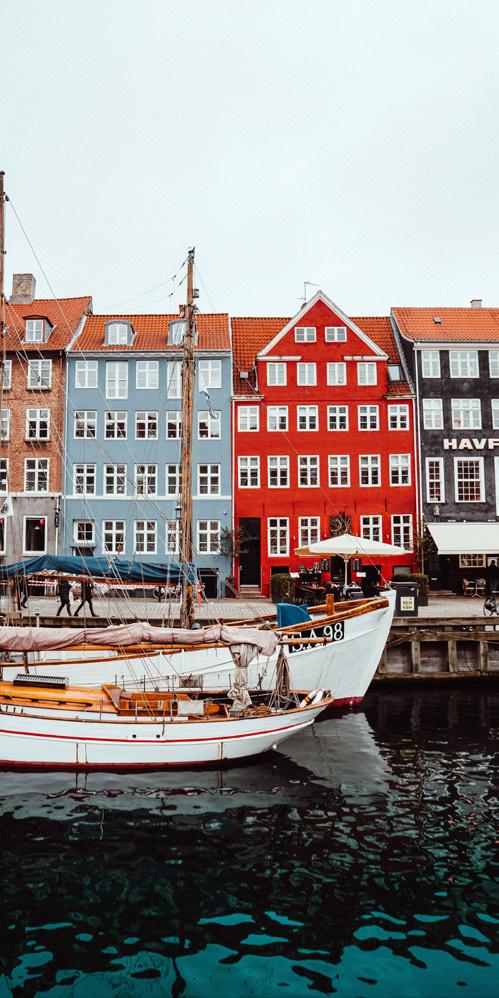
BUILDING A NORDIC–LA BRIDGE | 3 1
The founder of NordicLA talks culture, communication, and collaboration with the Nordic Museum
Devon Kelley
Images, clockwise from upper left
The Hollywood sign is visible from the NordicLA offices, reminding hopefuls what’s at stake.
Denmark
Kristian Riis performing with his band Nephew.
Photo by James Connolly on Unsplash
Photo by Kristian Riis
For many in Europe, the summer of 2018 was apocalyptic. Dramatic heat waves, seemingly endless droughts, and violent thunderstorms wreaked havoc across the continent, resulting in the loss of lives and property. The oppressive temperatures that Europe endured suggest that the continent is experiencing the throes of climate change. Nowhere were the effects of this extreme heat felt more acutely than in the Nordic region. Municipalities throughout Finland, Sweden, and Norway experienced temperatures that reached all-time highs. Cities and towns north of the Arctic Circle suffered temperatures that hovered around 90 degrees Fahrenheit.1 Sweden witnessed severe wildfires that destroyed tens of thousands of acres of forest land, and Kebnekaise lost its distinction as the highest mountain in the country when record heat melted its glacial tip.2 Meanwhile, across the north Atlantic in Greenland, ice sheets accelerated toward the ocean, and an iceberg the size of lower Manhattan broke off the Helheim glacier on the island’s east coast.3 These dramatic examples
illustrate what scientists have cautioned for many years: in the northern latitudes of the Nordic region, the climate is warming faster than the global average.
As a result of this accelerated warming, the effects experienced in the Nordic region are expected to intensify over the coming decades. In other words, the summer of 2018 was a foreboding preview of what is to come. The Nordic region has little choice but to find solutions to this looming climate threat. Thankfully, the Nordic countries have anticipated this need for several decades and are responding to climate change with a sense of urgency and purpose. Motivated by their strong respect for and reliance on the natural world as well as a steadfast commitment to innovation and problem solving, the Nordic people have been working to delay the advance of climate change at least since the early 1990s. Endowed with numerous sources of renewable energy, each of the Nordic countries has established ambitious goals and taken significant steps to reduce carbon emissions. These efforts are yielding noteworthy results.4
Denmark has set a target of becoming entirely independent of fossil fuels by 2050, when the government plans for the production of renewable energy to equal the nation’s total energy consumption. Given the country’s frequent moderate winds, the Danish government has placed wind power at the center of its strategy. More than five thousand wind turbines have been constructed throughout Denmark to date. These turbines now account for more than 40 percent of the nation’s electricity consumption. Significant efforts are underway to construct additional onshore and offshore turbines, which the government expects to account for as much as 59 percent of Denmark’s electricity by 2020. To help expedite these developments, energy taxes have been enacted to support additional innovation.
Similar gains are being made in Finland. Efforts to create a carbon-neutral society in Finland are focused in large part on the nation’s abundant forests. Within its climate agenda, the Finnish government has foregrounded support for innovations related to the large-scale utilization of

Combating Climate Change
32
Sustainability
Photo by Nicholas Doherty on Unsplash
wood-based materials to heat and power homes and other structures. Nearly a quarter of Finland’s total energy use is currently supplied by wood-based fuels generated from the byproducts of the nation’s large wood and paper industries. Finland’s forests are also viewed as an invaluable carbon sink that can help to absorb the greenhouse emissions produced in the country. As such, fostering the health and growth of existing forests continues to be an important part of Finland’s climate change agenda. The total annual growth of the forests throughout the country is far greater than annual fellings, which has accounted for net carbon sinks of as much as 60 percent of the nation’s greenhouse emissions.
Iceland has also made significant progress in its plan to replace the use of fossil fuels with renewables. Due to the nation’s subterranean volcanic activity, Iceland has large reserves of geothermal energy in the form of hot water and steam that it has harnessed to heat homes and businesses. Over 90 percent of homes in Iceland are heated by geothermal energy and the amount of electricity generated using this renewable

form of power has risen to approximately 25 percent of the country’s entire supply.
Iceland also hosts the United Nations’ University Geothermal Training Programme
financed an extensive network of bicycle paths throughout Reykjavik.
One of the main elements of Norway’s effort to combat the effects of climate change is the nation’s focus on reducing carbon emissions in the transportation sector. By 2025, the Norwegian government aims to ensure that every new passenger vehicle purchased in the country is zero emission. To incentivize the use of zero emission vehicles, the government exempts owners from registration fees. Drivers of zero emission vehicles are also permitted to operate on many toll roads for free, and more than two-thousand charging stations have been built alongside Norwegian roadways. The Norwegian population is embracing this change. More than 100,000 electric vehicles are registered to Norwegian drivers and nearly 50 percent of all the new cars purchased in Norway are zero emission. Norway boasts the world’s highest share of zero emission vehicles on roadways. Coupled with efforts to encourage the use of renewable resources in sectors across Norwegian society, the nation’s work to reduce vehicle emissions has enabled it
in the Nordic Region
Michael King, PhD
COMBATING CLIMATE CHANGE IN THE NORDIC REGION | 3 3
Endowed with numerous sources of renewable energy, each of the Nordic countries has established ambitious goals and taken significant steps to reduce carbon emissions. through which it shares technical knowledge in the field of geothermal energy with scientists and specialists from developing countries around the world. Iceland is also developing strategies to reduce the use of fossil fuels for transportation. The government has promoted the use of public transportation, invested in the construction of charging stations for electric cars, and
to make important progress in its goal of becoming a carbon neutral nation by 2030.
Sweden hopes to transition to an energy system based entirely on renewables and has set a goal of becoming a carbon neutral nation by 2045. It is well on its way to achieving that objective. The widespread use of renewables including hydropower, solar power, and biofuels have already enabled Sweden to transition 54 percent of its total energy use to renewable sources. Many of these changes are driven by an electricity certification program that was introduced in the country in 2003, which requires electricity suppliers to obtain certain percentages of their electricity production from renewable sources of power. Furthermore, the government also provides subsidies to offset the expenses related to the research and development of climate-friendly innovations. In municipalities greater than 10,000 inhabitants, district heating plans have been adopted, which are much more efficient and less dangerous for the environment than heating systems in individual buildings and homes. These district heating systems often utilize readily available surplus heat from industrial pursuits as well as residual biomass and waste as a source of power. These systems have helped to ensure that 90 percent of Sweden’s heating needs are produced by energy sources other than fossil fuels.
Although these national priorities demonstrate that each nation has taken an active role in lowering carbon emissions within their respective borders, the Nordic countries have also embraced collaborative initiatives aimed at combating climate change within the region and beyond.
The pan-Nordic initiative called “Nordic Solutions to Global Challenges,” which is managed by the Nordic Council of Ministers, guarantees that sustained intellectual
energy and important economic resources are devoted to developing solutions to the problem of climate change on an annual basis by all five of the Nordic countries. Although the Nordic Council of Ministers does not negotiate on behalf of the Nordic countries in international discussions on climate change, the body facilitates political dialogue within the region and funds projects aimed at generating solutions. Other bodies, like the Nordic Development Fund—a joint finance institution created by the governments of all five of the Nordic countries—provides economic support to low-income nations in Africa, Asia, and Latin America to help them address the causes and consequences of climate change. The Nordic Development Fund finances the Nordic Climate Facility, which is a challenge-based organization that funds innovative projects developed in collaboration between Nordic organizations and their counterparts in eligible countries around the globe. Since 2009, the Nordic Climate Facility has financed more than 70 projects in 18 different developing countries, including successful emission reduction programs in both Peru and Vietnam.5
The Nordic region has realized important advances in its fight against the effects of climate change. This progress suggests that the region should be regarded as a model from which the rest of the world can learn. Yet what precise lessons does the Nordic region illustrate? It cannot be denied that the consequences of climate change differ dramatically from place to place depending on a wide range of economic and environmental factors. However, the strategies embraced in the Nordic region demonstrate that effective solutions to climate change must entail three fundamental elements: climate action must be guided by ambitious policies and objectives that are supported by national governments. Climate change strategies in the region also underscore the need to
embrace cutting-edge technologies that can be deployed on a large scale. Finally, the efforts of the Nordic region highlight the importance of collaborative thinking that transcends national boundaries. These imperatives have enabled the Nordic countries to achieve substantial progress in the struggle against climate change, but this does not suggest that the approaches embraced in the region are perfect or that they can be easily implemented around the globe. For instance, the Nordic region enjoys economic advantages that are largely unavailable to many developing nations. Nevertheless, in the face of the sobering reminders of climate change that loom large on the horizon, the Nordic model demonstrates that there may still be reason for hope.6 |
NOTES
1 Alissa J. Rubin, “Scorching Summer in Europe Signals Long-Term Climate Changes,” The New York Times (August 4, 2018).
2 Christina Anderson, “Sweden’s Tallest Peak Shrinks in Record Heat,” The New York Times (August 2, 2018).
3 Alejandra Borunda, “This Glacier Just Spit Out An Iceberg the Size of Lower Manhattan,” National Geographic (July 11, 2018).
4 Tómas Jóhannesson, et al., “Climate change scenarios for the Nordic countries,” Climate Research Vol. 5 (December 1995), 181–195.
5 Timothy Bird, Nordic Action on Climate Change (Copenhagen: Nordic Council of Ministers, 2017), 1–31.
6 Marcus Arcanjo, “Learning from the ‘Least Vulnerable’?: Climate Adaptation in the Nordic Countries,” Climate Institute (2018), 1–10.
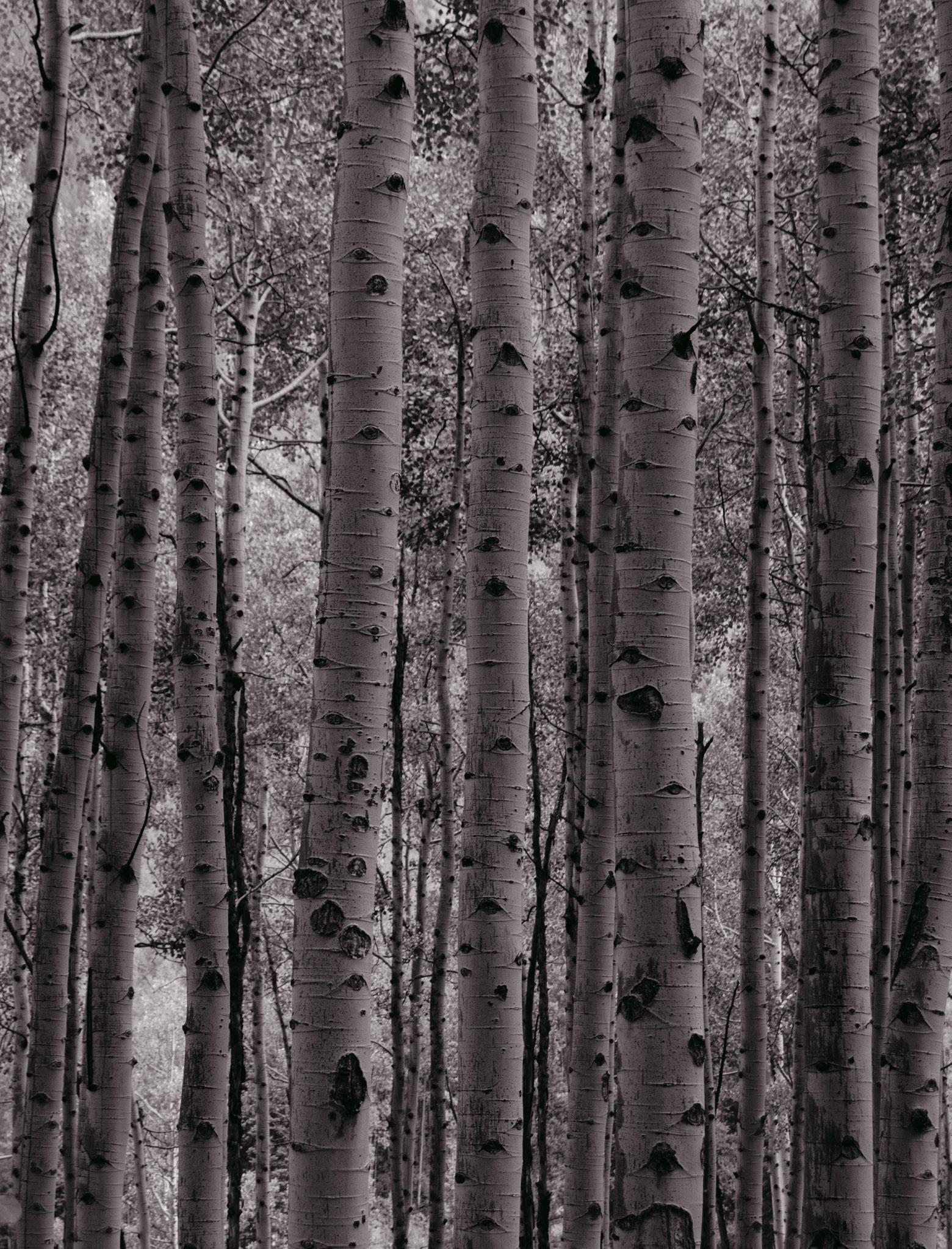
34 | NORDIC KULTUR
Photo by Lucas Ludwig on Unsplash
By the Fire
A collection of Sami stories gets an English translation for the first time
Although Lappish wizards and magical reindeer are found in European folktale collections, stories told by the indigenous Nordic Sami themselves are less known in world literature. The sixty-odd tales in By the Fire, gathered first-hand by the Danish artist and ethnographer Emilie Demant Hatt (1873–1958) and originally published in 1922 in Denmark, are an exception. Between 1907 and 1916, Demant Hatt traveled through the mountains of Swedish Sápmi and occasionally Norway, recording tales of magic animals, otherworldly girls who marry Sami men, and cannibalistic ogres, or Stallos. Many of her storytellers were women, and some of the most memorable tales in this collection tell of plucky girls and women who outfox their attackers—whether Russian bandits, mysterious Dog-Turks, or Swedish farmers—and save their people.
By the Fire, translated for the first time into English and with an afterword by Barbara Sjoholm, also includes Demant Hatt’s original linoleum prints and is available from the University of Minneapolis Press in May 2019.
“How the Sami Got the Dog” (story at right) was told to Demant Hatt by Margreta Bengtsson during the summer of 1914 when Demant Hatt and her husband lived with the Bengtssons and their herds on migration in Pite Sápmi, an area that includes the town of Arjeplog in Sweden and extends to the Norwegian border. Margreta Bengtsson was a talented storyteller and a valuable source on the Pite Sami language and customs. In all, Bengtsson contributed eleven stories to By the Fire.
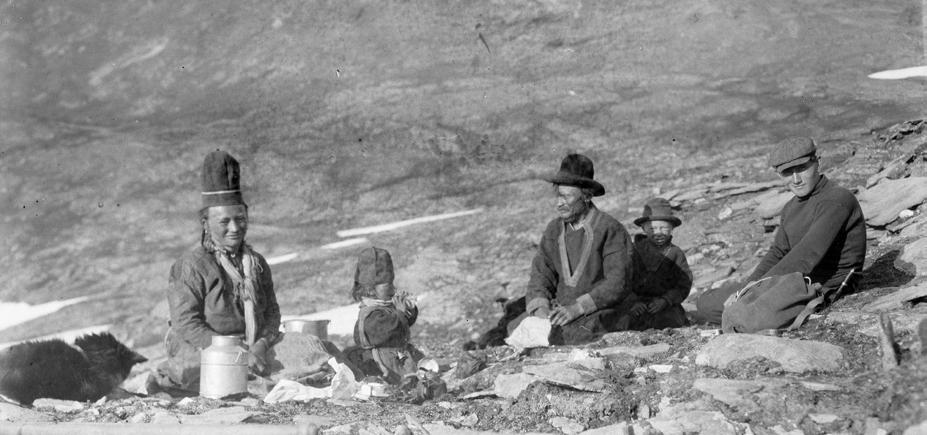
To learn more about Emilie Demant Hatt as an ethnographer and artist, see these recently published works by Barbara Sjoholm, With the Lapps in the High Mountains: A Woman among the Sami, 1907–1908 and Black Fox: A Life of Emilie Demant Hatt (both published by the University of Wisconsin Press). Barbara Sjoholm speaks about the English translation of By the Fire at the Nordic Museum in May 2019. |
HOW THE SAMI GOT THE DOG
As told to Emilie Demant Hatt by Margreta Bengtsson,
 Pite Sápmi (1914)
Pite Sápmi (1914)
The Sami first had the white fox for a dog, but it wasn’t of much use; it only ran around killing the reindeer calves. After that they tried to turn the red fox into their helper, but it only ran after the reindeer without barking and it also killed the calves. The third animal the Sami tried to make a helper was the wolverine. It was better than the other two; it barked and also directed the herd, but all the same it killed one or two reindeer.
One day, when the husband was not home, just the wife, the wolverine came to the tent and stole food. It broke open a gisa and ate everything in it. The wife became angry and thrashed the wolverine. The wolverine now grew angry and ran off. A while later the husband returned to the tent and asked after the “dog,” and the wife told him that she had chased it away because it stole. The husband went off, calling for it, but the wolverine answered, “From now on, I’m only going to live in the wilderness and tear the reindeer to pieces.” The husband later went to see what the wolverine was up to, and he saw it was killing reindeer. So the husband killed the wolverine. From that day the Sami and the wolverine were enemies.
Then one day when the woman was out herding she saw her dog running. It began to help her by barking: Viv, viv, viv! She now saw that the dog was an excellent helper, and she wanted to lure the dog by giving it a piece of meat from her own food that she kept inside the tent. At first, the dog didn’t dare take it, but then she offered the dog a meat bone and the dog took the bone. The Sami woman now began to speak to the dog about going into service with them as a reindeer herder. But she was afraid that the dog would want to be paid too much. “Don’t be afraid of that,” said the dog. “Just give me some soup and the bones, and then I will be satisfied.”
After that, the dog served the Sami as a reindeer herder.
By the Fire
35
Photo by Captain Widerøe, courtesy of Norwegian Mapping Authority
Margreta Bengtsson (far left) and her family, Saltdal, Norway, 1907.
Storytelling
From the forthcoming publication By the Fire by Emilie Demant Hatt, translated by Barbara Sjoholm. Translation copyright 2019 by Barbara Sjoholm. Courtesy of the University of Minnesota Press.
Knitting

Ilaput Interwoven Sammanvävt Vevd1
Sven Haakanson, PhD
“So, there’s pressure on both sides. I really think it’s important that we recognize all of our heritage(s) and where they come from, instead of trying to pick one over the other, and pressuring people into assimilating into mainstream, versus just honoring who their forefathers were.”
nordicmuseum.org/knitting
Earl Davis,
Programs Director at the Sholewater Bay Tribe: Interwoven interview July 27, 2017
Ithink identity is so complex for all of us,” says Aleesha Towns-Bain, Executive Director of the Bristol Bay Native Corporation. The awareness of multicultural families are complicated by the current rhetoric that is happening across our nation and the world. Our communities have experienced a resurgence of intolerance, bigotry, and racism due to a fear of “others.” But the idea of “otherness” is merely a stumbling block: remove it and one can see how similar we all are as human beings.
How can we discuss openly and honestly about who we are as a diverse nation of people who are still connected? I would start by asking you to think about your family heritage and what you know about it. Have you ever taken a DNA test? More than likely, yours—like mine —would show that your family history has a very diverse mix of ancestry spanning the generations. And looking all the way back to the foundation of humankind, our DNA shows how we are all an interwoven species. One can argue about culture, family, clans, tribes, nations, and more, but at the core of our DNA we are all interwoven. Our race, creed, nation, tribe does not matter when we start to see each other as human beings. This is a starting point for us to talk with and not at each other—about attitudes, ourselves, and how we treat others.
Those of us raised in blended-culture or “interwoven” families are aware of how challenging and uncomfortable discussions regarding race, culture, and privilege can be. Often,
Nordic
Conference October 2019
“
Heritage
Photo by Sven Haakanson
36
this discussion can be most difficult with people who see themselves as from European heritage. How do you say to someone that they live a privileged life because of their skin color and where they were born, not just because their parents worked hard to give them a step up? No one likes this to be pointed out, in part because it shows the disparities that our society accepts as normal. This conversation raises an awareness of how our system of education, employment, and community are systematically segregated into discriminating against those who are not privileged. It is uncomfortable to have to point out and show how the system we have in place maintains and perpetuates an unfair way of living today.
Unlike prejudicial attitudes encountered in society at large, interwoven families accept everyone without realizing this is not the norm. In my own experience, my parents raised myself and my siblings to respect everyone we met, no matter who they were. My family is interwoven. I grew up knowing I was Danish, Aleut1, and Norwegian, and I recently learned we have Dene (Athabaskan) ancestry as well. I am Native American and Scandinavian living in America. I am grateful for these interwoven parts of my culture and the stories that come with it.

The Interwoven project is one way for us to highlight how our Scandinavian heritages can change how we understand diversity and accept each other as human beings. It starts a conversation. Through the Interwoven project, the Nordic Museum is taking on a very controversial and divisive discussion and turning it around to focus on who we are as humans to highlight the diversity we live with and celebrate. |
CULTURAL RESOURCE CENTER
Fred Poyner IV
Last May, the Nordic Museum opened its new facility in the heart of Seattle’s Ballard neighborhood. The Museum is intensifying its commitment to provide all visitors with a strong understanding of the Nordic countries, and the heritage, culture, and traditions of the Nordic peoples. In reflection of this commitment, the Nordic Museum has designed an extension to its core exhibition experience with the foundation of the Cultural Resource Center. The Cultural Resource Center (CRC) serves the public as a platform for cultural research, educational exchange, and critical discourse in which visitor access, inclusion, and engagement are paramount.
Occupying a 180-square-foot space on the second floor of the museum, the CRC is comprised of a reading room, a soundproof recording studio, genealogy resources, selections from the Gordon Tracie Music Collection, and assorted media collections. While the CRC is open by special appointment (Tuesday and Thursday between 10:00 a.m. and 4:00 p.m.), it also serves as a museum space for several ongoing programs, including those involving oral history—like Nordic American Voices and Interwoven—and a new monthly Nordic Genealogy Program.
Through these programs, the Nordic Museum aims to inspire and promote visitor interest in genealogy, oral history, language arts, ethnomusicology, and cultural exchange, and to offer members of every age group and background the opportunity to explore the language, history, and culture of the Nordic Region and its continuing impact on the American cultural landscape.
Aleesha Towns-Bain, Executive Director of the Bristol Bay Native Corporation: Interwoven interview August 11, 2018
NOTES
1 We don’t have a word in Alutiiq that translates directly into interwoven. My mom, Mary Haakanson, suggested “Ilaput,” which means “all our relatives.” I suggested “Namirtut” which means “to weave patterns into it.” The word “sammanvävt” and “vevd” mean “interwoven” in Norwegian and Swedish, respectively.
2 The term Aleut was used at contact by Russians to describe all people from the Aleutians to the Prince William Sound region, even though they were from completely different tribes. We are not Aleut. Though the term Alutiiq was used, it is actually the name of our language. Our original name is Sugpiat, “the real human.” However, stereotypes and labels put on us by outsiders still confuse even our own community members. It has only been in the last decade that our own children are now using the original name, thus taking back how we see ourselves culturally today.
In addition to traditional print materials, the CRC also offers two computer kiosks with a selection of genealogy databases from the Nordic countries and the United States, along with access to the entire Nordic Museum permanent collection records database of over 78,000 items. Visitors may also access 300 oral histories via the Nordic Museum Collections portal. A large flat-screen media station enables on-site viewing of media collections.
Jill Morelli, a certified genealogist with the State of Washington, notes how the CRC has been instrumental as part of the museum’s programming: “The CRC has such terrific resources, it makes it easier to help anyone who comes in! It is so much fun to see the surprise when we find her ancestor’s original birth entry in the church record, especially when they didn’t know the parish of birth when they walked in the door.”
ILAPUT INTERWOVEN SAMMANVÄVT VEVD | 3 7
Photo by rocknwool on Unsplash
Images, left to right
The Interwoven horse logo, designed by Emma Noyes, blends a Nordic Dala horse with Native American designs. The horse carries Native American and Nordic flags.
Dr. Sven Haakanson with his family in Cairo, 2018.
“It’s a really powerful thing, knowing where you are from, and knowing that specific place where your ancestors are from is such an important thing for all of us.”
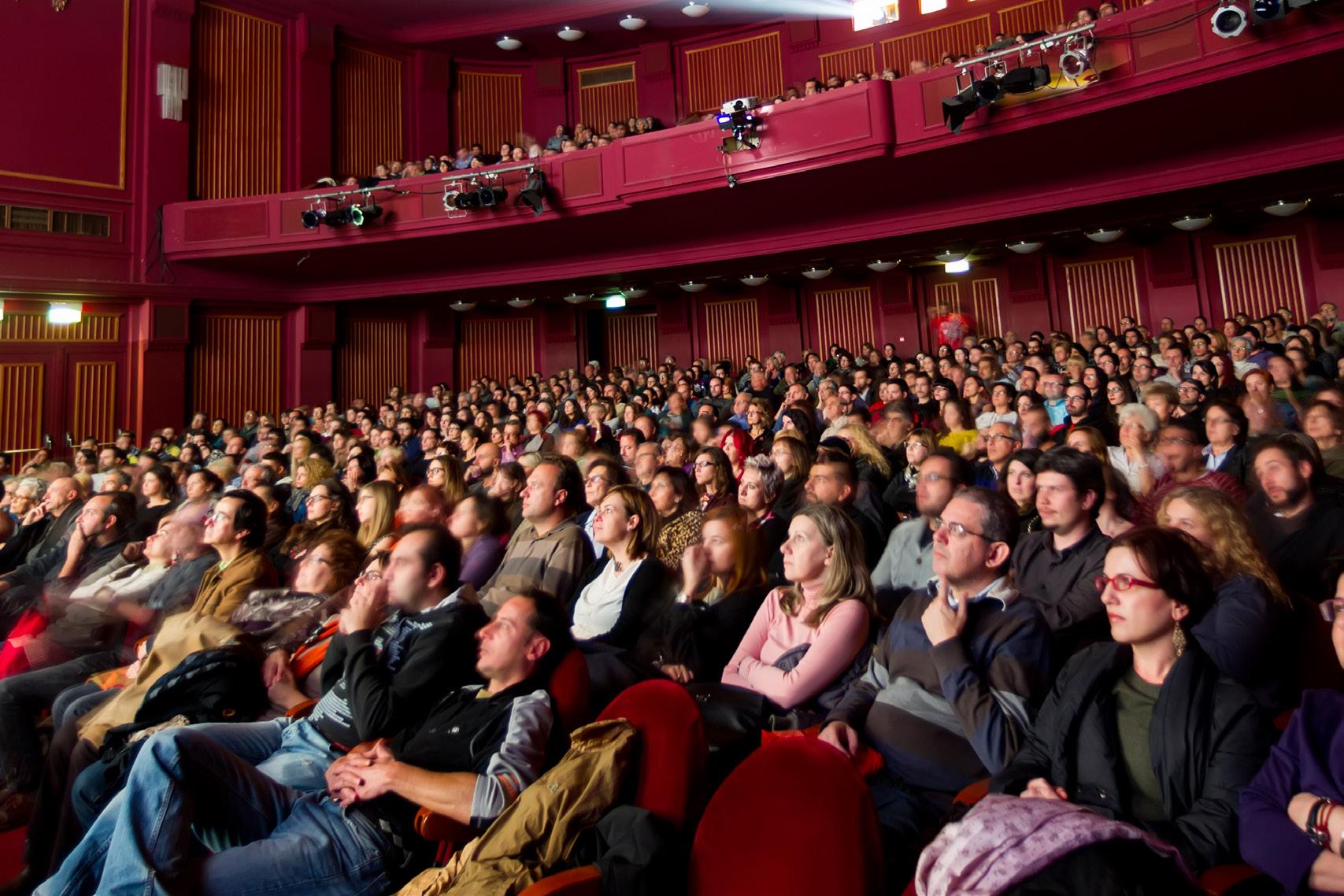
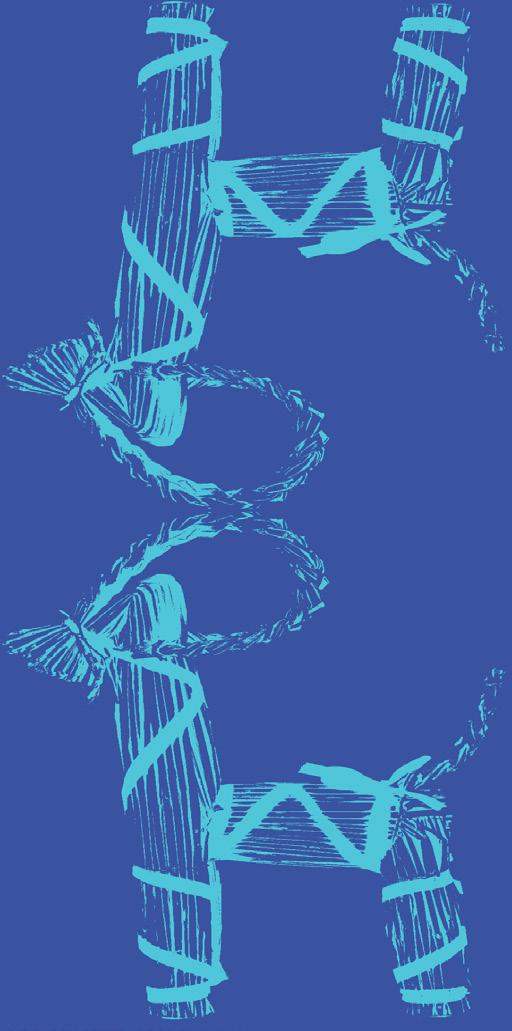
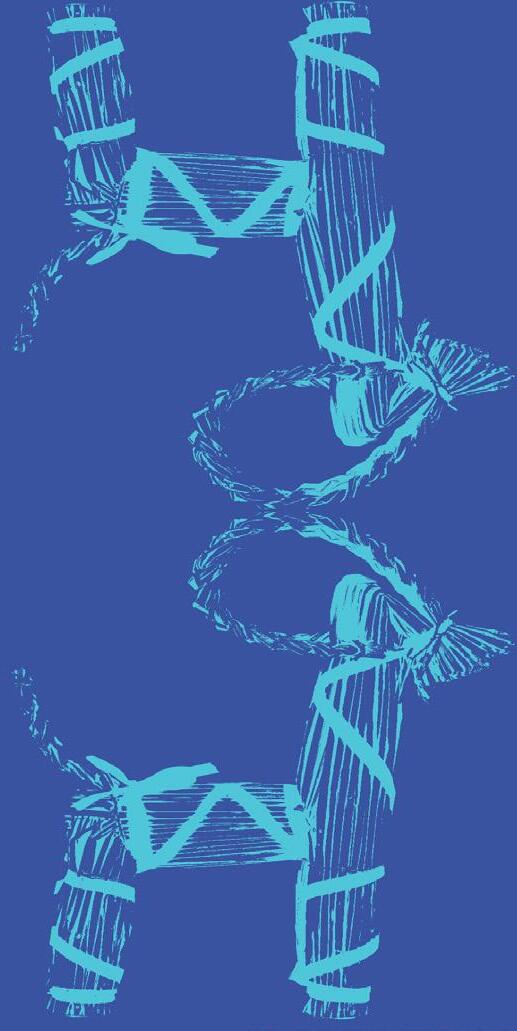

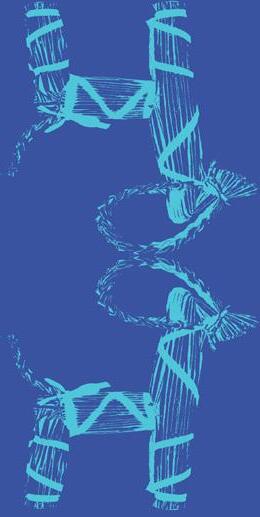
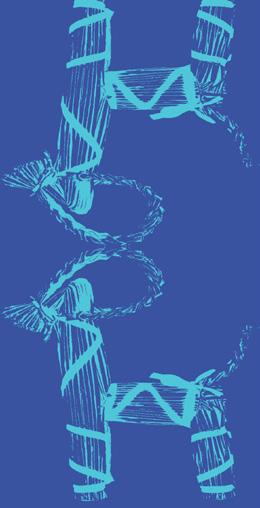
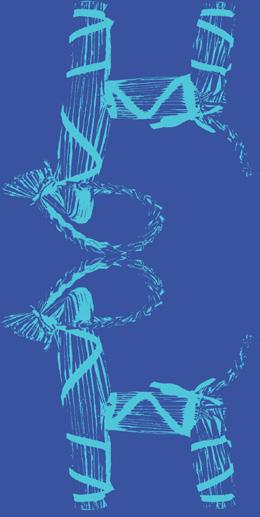
JULEFEST A NORDIC CHRISTMAS CELEBRATION N ovember 23–24, 2019 nordicmuseum.org/julefest NORDIC LIGHTS FILM FESTIVAL FEATURING CONTEMPORARY NORDIC CINEMA MARCH 2020 11 TH ANNUAL nordicmuseum.org/nlff
STORYTIME, Past and Present
From the Viking Age to video games, storytelling takes center stage

Nordic countries have long had a culture of storytelling, with the oral tradition going as far back as the Viking Age. Colorful tales of mighty battles, heroic people, and humorous events told of daily life and marked important moments in history. Stories were passed down from one generation to the next by storytellers who composed and memorized these narratives to share with their communities. Tragic or funny, mythological or down-to-earth, stories told to young and old were welcome respites during the long, dark winters of the northern latitudes.
Zoom forward to the present age, and you’ll see this storytelling tradition carried forth in a more modern setting: video games. In few other mediums are stories as engaging and immersive as those found in today’s video games, and, perhaps surprisingly, the smaller and less populous Nordic countries have developed a disproportionate number of video game successes compared to larger and more prolific countries. For example, in 2014, five of the ten most-downloaded mobile games in the world were from Nordic game companies, and in 2014–2015, Norway, Finland, and Sweden had the highest average user scores on PC games reviewed at metacritic.com compared to
USA, Japan, Canada, France, Germany, and Australia. International best-selling video games developed in Nordic countries include Tom Clancy’s The Division (Massive Entertainment, Sweden), Minecraft (Mojang, Sweden), Candy Crush Saga (King, Sweden), Angry Birds (Rovio, Finland), Quantum Break (Remedy, Finland), Age of Conan (FunCom, Norway), Eve Online (CCP, Iceland), and the Hitman series (IO Interactive, Denmark), among many, many others.
According to David Polfeldt, Managing Director of the Swedish game developer Massive Entertainment, the Nordic advantage isn’t just a theory. Polfeldt, who has fielded questions on the success of Nordic game developers throughout his career, decided to find out whether there was a concrete answer. He researched the subject by speaking with veteran game developers, international game publishers, journalists, colleagues, university professors and historians, and social anthropologists. His conclusion? It’s a cultural thing.
“[Nordic countries] have a bit of an underdog mentality,” said Polfeldt. “We know we’re not as big as a lot of other countries. So we’re going to work harder, we’re going to be smarter and have better tools. The underdog mentality is really important.”
Quality tools in video game development are vital as well, and Nordic countries historically became good craftsmen and toolmakers in part due to the rugged northern landscape, where having the right tool was often a matter of survival. The northern climate encourages inside play, which prompted Nordic people to get creative in developing indoor activities. And the region’s size matters: the small local Nordic market rewards entrepreneurship, and forces all companies—not just video game developers—to think internationally.
Polfeldt’s own company is a case in point. “We have more than forty nationalities in our studio,” he said, “a clear representation of the phenomenon of integration-diversityinternationality.” Regarding storytelling, Polfeldt believes the Nordic tradition doesn’t necessarily offer an advantage over the storytelling traditions of other cultures. “Our advantage is that we have a good understanding of global themes and storytelling styles, which, in addition with a diverse workforce, is the foundation of stories that resonate well with audiences everywhere. It’s a question of being global and not local—of seeing the world as one collective rather than many isolated cultures.” |
39
Christine Clifton-Thornton
Angry Birds Evolution is just one example of a blockbuster video game developed in the Nordic region.
Storytelling
Image © Rovio Entertainment Corporation
In Flux
How Nordic artists are responding to refugee immigration
Michael King, PhD
The Nordic immigration experience is a story at the heart of the Nordic Museum. During the mass migrations of the late-nineteenth and early-twentieth centuries, approximately two-and-a-half million people left the Nordic region and made the arduous journey across the Atlantic Ocean to pursue new lives in America. Drawn by social and economic opportunities, these immigrants settled in cities and towns across the United States, enriching the cultural landscape of their adopted homeland.1 Today, the flow of Nordic immigration has shifted. Thousands of refugees are immigrating from war-torn countries, including Iraq, Afghanistan, and Syria, to pursue a better future in the Nordic region.2 Yet this influx has been met by mixed responses from the people and politicians that already call the Nordic countries home.
As the population of the Nordic region grows increasingly heterogeneous, widespread concerns have emerged within certain segments of the populace about the ability of their respective governments to support refugees. This shift in attitudes triggered policy changes—implemented in the wake of the 2015 crisis—that have curtailed the number of refugees permitted to enter the region. Restrictions have also been placed on the access that refugees are granted to social and economic benefits. These developments have amplified the ongoing discourse about the inclusion and integration of refugees in Nordic society.3
Although the debate about the status of refugees in the Nordic region is being navigated on the political level, it has also risen to prominence in the cultural realm. In recent years, artists, writers, and filmmak-
ers have generated a wide range of works that explore the myriad perspectives on the experience of refugees; they grapple with themes of trauma, loss, angst, integration, and acceptance, among numerous other motifs. Ultimately, each of these investigations is informed by a common existential inquiry: what does it mean to belong?
Among the notable theatrical productions that wrestle with these issues is Karim Rashed’s I Came to See You,
penned in 2011. An Iraqi-born playwright and director, Rashed has lived in Sweden for two decades and currently teaches theatre at Malmö Stadsteater. The semi-autobiographical I Came to See You tells the story of Salim, an Iraqi immigrant who successfully established a new life in Sweden. Despite enjoying a seemingly secure, stable life, Salim is compelled by a sense of homesickness and curiosity which ultimately drives him to separate from his European wife, leave his children and his job, and return to war-torn Baghdad. In Baghdad, which is occupied by US military forces and on the verge of erupting into a civil war, Salim finds a much different city than the one he left behind decades prior. Notable landmarks that served as guideposts for his memories have been eradicated from the cityscape, the graves of his parents are now impossible to locate, and the face of a close friend—disfigured by a
suicide bomber—is nearly unrecognizable. As reviewer Margaret Litvin suggests, the play is fundamentally about the identity crisis of an immigrant who struggles to navigate “his inability to feel at home in the new land and his deluded nostalgia for the old.” In this sense, I Came to See You can be understood as a timely intervention in the broader discourse about migration that illustrates the disillusionment and alienation experienced by many refugees who have fled to the Nordic region.4
Similar themes have been explored in films produced throughout the Nordic region, including What Will People Say, from 2017. Written and directed by Norwegian-Pakistani Iram Haq, the film tells the story of Nisha, a sixteen-year-old Pakistani girl living in Norway with her family. Based in part on Haq’s childhood experiences, the film chronicles Nisha’s parallel lives: when socializing with her friends and classmates, Nisha is a typical Norwegian teenager, but at home she is a dutiful Pakistani daughter who abides by traditional conventions. Though Nisha appears to have found a balance between these two seemingly disparate identities, this equilibrium crumbles when Nisha is caught by her father sharing an intimate moment with her Norwegian boyfriend. After an altercation between her boyfriend and father, Nisha is kidnapped by her father and brought to Pakistan, where
40
Contemporary Issues
Ultimately, each of these investigations is informed by a common existential inquiry: what does it mean to belong?
she is exiled to live under the strict rule of her aunt and uncle. As she struggles with the challenges of her new environment, Nisha is forced to reconcile whether her parallel lives will ever truly co-exist. Haq’s film offers compelling insight into the insecurity and anxiety experienced by refugees about cultural loss and the consequences of assimilation across different generations.5
The work of Hassan Blasim, an Iraqiborn writer and director who migrated to Finland as a refugee in 2004, is an important literary contribution to this broader cultural milieu. In the last decade, Blasim has published several collections of short stories that contain surrealistic tales of war in Iraq and of migration by those fleeing the conflict. The macabre depictions of the human experience included within Madman of Freedom Square (2009), The Iraqi Christ (2013), and The Corpse Exhibition (2014) paint an unforgiving picture of modern society. Moreover, his horrific tales of violence and amorality reveal themselves as explorations of the manner through which humans process the trauma of war and its aftermath. As one reviewer suggests, a guiding motif in Blasim’s work is that of characters who “are dislocated and existentially lost.” Blasim’s tales underscore the lasting effect that war and displacement have on those who have lived through such experiences. His work implies, albeit obliquely, that society must strive to treat those who are fleeing from such circumstances with the compassion, understanding, and dignity that has been denied to so many of his characters.6
Some Nordic artists also use their work to overtly advocate for humanitarian action. These artists include Magnus Wennman, a photographer from Sweden. Wennman, a

IN FLUX | 41
Photo by Mattias Ankrah/Malmö Stadsteater
Actor Miran Kamala as Salim in I Came to See You, a play about a Swedish-Iraqi man who leaves his life in Sweden to journey back to his native Iraq.
winner of two World Press Photo awards, champions empathy toward refugees through his exhibition Where the Children Sleep. Developed in 2015, Wennman’s haunting photographs document the suffering of children who have been displaced by the civil war in Syria. Drawing on photographs taken in refugee camps in Lebanon, Jordan, Turkey, Serbia, Greece, and Hungary, Where the Children Sleep illustrates the profound human toll of the refugee crisis. His photographs capture displaced and traumatized children as they try to fall asleep in inhospitable environments—including alleys and abandoned buildings—as they flee the carnage in Syria. The internationally toured exhibition was developed to compel audiences in the Nordic region and beyond to take action and assist these vulnerable populations. Of the children featured in the portraits, Wennman reflects: “You want people to feel it can be any child. It could be my child. No matter who your parents are fighting for, or not fighting for, these children are always the most innocent.”7
Like Wennman, Danish photographer Martin Thaulow foregrounds the refugee crisis through his works of art. His portraits of children and adults in both Europe and the Middle East reiterate the innate humanity of his subjects. Relying largely on the techniques of classical photographic portraiture in which subjects are captured devoid of any contextual elements, Thaulow’s work directly responds to the discourses of differentiation and otherness permeating the global debate about refugees. For instance, his exhibition Refugees—The Human Beauty, produced with support from the Danish Cultural Institute, portrays 365 different refugees, one for each day of the year. The exhibition, which has been displayed
at venues around the world, also includes the personal histories of the photographs’s subjects. Thaulow’s aim is to illustrate how being a refugee “manifests itself in the faces of people.” In other words, Thaulow promotes inclusion and understanding to help reverse the stigmatization endured by refugees.8 Thaulow is publishing a selection of these portraits in a forthcoming book.
These examples offer only a glimpse into the art produced in the region exploring the complexities of the refugee experience. Nonetheless, this growing body of work underscores the fact that as the composition of the Nordic population continues to evolve, the arts will play an important role in fostering awareness of and empathy for a broader range of perspectives and experiences. Furthermore, works that provide insight into the experience of refugees, regardless of their medium, will help the region to more fully comprehend and address the humanitarian challenges of the contemporary moment. The art of integration will provide Nordic society with opportunities to explore what it takes to feel like you truly belong. |
NOTES
1 Janet E. Rasmussen, New Land, New Lives: Scandinavian Immigrants to the Pacific Northwest (Seattle: University of Washington Press), 6–7.
2 Anna Karlsdóttir, et al., State of the Nordic Region 2018: Immigration and Integration Edition (Copenhagen: Nordic Council of Ministers, 2018), 10; Adam Taylor, “Sweden is the best country in the world to be an Immigrant, U.S. study says,” The Washington Post (July 10, 2017).
3 Suzanne Daley, “Nordic Countries, Overwhelmed by Migrants, Retreat from Generous Traditions,” The New York Times (November 15, 2015); Sasha Abramsky, “Progressive, Why Did They Close Their Doors to Refugees,” The Nation (September 27, 2016).
4 Margaret Litvin, “Arab Angst on Swedish Stages,” Arab Stages, Vol. 2, No. 2 (Spring 2016).
5 Jonathan Romney, “What Will People Say,” Film Comment (July 13, 2018).
6 Sarah Irving, “’The Iraqi Christ’: An Unsparing, Unforgiving Depiction of the Human Condition,” ArabLit (January 4, 2013).
7 Jenna Ross, “What’s bedtime like for Syrian refugee children? See the haunting photos at American Swedish Institute,” The Star Tribune (January 20, 2017).
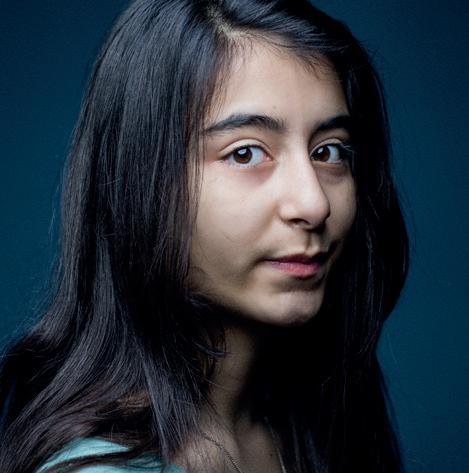

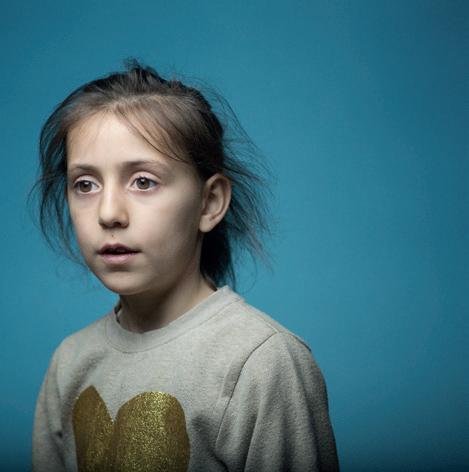
8 “Refugees—The Human Beauty,” Danish Cultural Institute (2019).
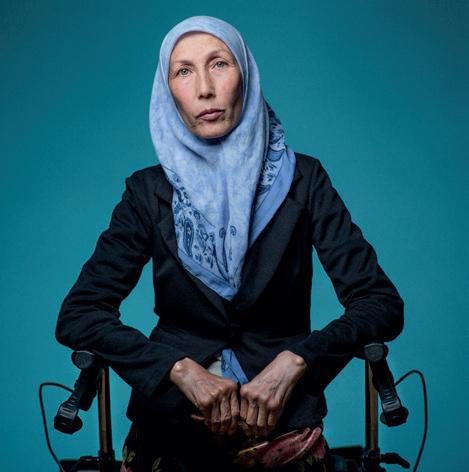
42 | NORDIC KULTUR
Images from the forthcoming Refugee.Today photo book, featuring 365 photographic portraits of refugees, captured by photographer Martin Thaulow.
Photos by Martin Thaulow, Refugee.Today
Gained in Translation
Creating a Nordic fairy tale
“Norma is a sort of post-modern version of the fairy tale Rapunzel,” says author, Sofi Oksanen. The fairy tale holds a distinctive place in her cultural history. Oksanen, who is from Helsinki, was raised on Soviet children’s books. “My mother was from Estonia—Soviet-Estonia at the time—and even though I went to Finnish libraries, I had plenty of Soviet children’s books around me.” There were no princesses there, she noted; they were largely educational stories. “Rapunzel was my first children’s book in the Finnish language, and it immediately impressed me. I don’t think she was a passive girl in a tower. I think she’s pretty active and trying to make the best of her problematic situation. From a Soviet children’s book perspective, Rapunzel was a rather revolutionary figure.”
And at the heart of Norma are two themes: the illegal hair trade and the black-market fertility industry, two invisible—yet very visible—issues. “Every day we see women in glossy magazines carrying someone else’s hair. Every time we watch television, we see women wearing extensions. Yet we don’t think about it.” Not all such hair use is legal. And exploitation in the fertility industry is also silently prevalent. “Every day we read news about another middle-aged celebrity having a baby. It’s likely that fertility treatments have played a role, but again, we just don’t think about it.”
Oksanen has addressed trafficking before. In Purge, she wrote about human trafficking for the sex trade. “Hair and fertility trades offer a new form of human trafficking,” she says, “something we were not expecting. Since writing Purge, Europe has created much better laws against human trafficking as awareness has grown, but we have not prepared for the new forms of exploitation.”
Oksanen says she represents the new Nordic literary landscape in many ways, including gender. “Over fifty percent of Nordic authors are female,” she says. In many other countries the percentage is much lower. “I wouldn’t have paid that much attention to this without my translations and the travelling I’ve done for them.”

Reading between the lines
Translators Owen F. Witesman and Lola Rogers have both translated Oksanen’s novels, and they add another layer of understanding to the Finnish culture that shines through Oksanen’s narratives.
“All of Sofi’s novels include commentary on the lacunae in Finnish culture or European culture more broadly,” says Witesman. Rogers agrees. “Finnish authors generally write for a much less diverse audience than most authors who write in English. It’s not uncommon for a Finnish book to be about Helsinki and read mostly by people who know a lot about Helsinki, and this can create challenges for making a text understandable and enjoyable for non-Finnish read-
Christine Clifton-Thornton
ers. A Finnish author need only mention the name of a park or a street and they can be assured that most of their readers will know something about it. To make the text meaningful for English-language readers, it’s necessary to insert some information that tells readers what kind of street or building it is, rather than just using its name.”
“Translating Finnish often feels like unpicking the stitches of a complex quilt and then resewing all of the pieces in a slightly different order,” says Witesman. “But you get a sense for the trust Finnish authors tend to put in their readers: they have a strong tendency not to spell things out, which can be a problem for our [American] reading public, which expects more in terms of knowing where the action is happening, the order of action, and who is speaking at any given moment. It’s more of a process of translating the literary culture than of altering the books.”
“There is a very distinct difference between traditional styles of writing and Anglo-American influenced styles in Finnish literature,” he continues. “The latter is obviously much easier to translate, since there is much less ‘picking apart and restitching’ needed. Sofi Oksanen’s style is an interesting hybrid of the two extremes.”
“There are a lot of somewhat technical aspects of Finnish writing that are different from English writing, and they often spring from the language itself,” says Rogers. “Finnish texts introduce information in a different order than we do in English, for example. English texts tell you key identifiers of characters when they are introduced, while Finnish texts do a sort of slow reveal, adding details as the text progresses.”
In the case of Norma, the Finnish literary style of slowly revealing details only adds to the mystery’s suspense. |
Finnish-Estonian novelist and playwright Sofi Oksanen (b. 1977) debuted in 2003 with Stalin’s Cows, which won her the recognition of Northern Europe’s readers and critics. Her international breakthrough came not long thereafter with the publication of Purge. Translated into more than fifty languages, the novel earned Oksanen the title of “literary phenomenon” in American press and won innumerable awards, including the 2010 Nordic Council Literature Prize. Her latest novel, Norma, published in 2015, is a bold entry into a new landscape where reality’s darker sides are edged with a whisper of old magic. She is the recipient of many presigious literary awards.

43
Norma author Sofi Oksanen
Photo © Toni Härkönen
Book Review
GLASS ART TAKES FLIGHT
Meet the Faroe Islander behind the airborne showstopper
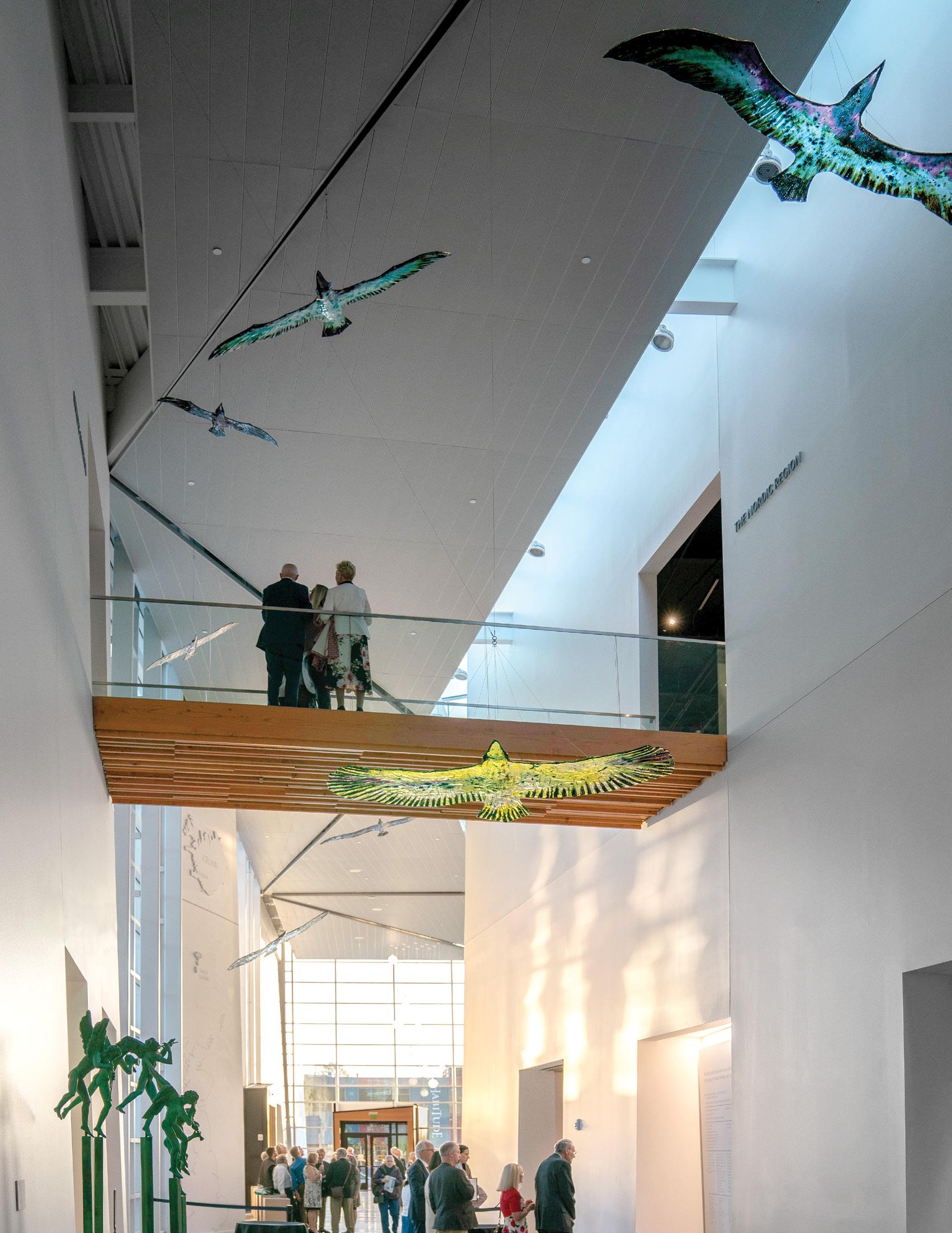 Brangien Davis
Artist Spotlight
Glass birds swoop over and under guests at a Nordic Museum event.
Brangien Davis
Artist Spotlight
Glass birds swoop over and under guests at a Nordic Museum event.
Twenty-one minutes. Had Faroese artist Tróndur Patursson been born twenty-one minutes earlier, on the first of March in 1944, he would’ve beaten his twin brother out of the womb, earned the title of eldest son, and continued a seventeenth-generation tradition of running the family farm. But as a second son, he was free—to become a fisherman, sailor, painter, and world-renowned glass artist.
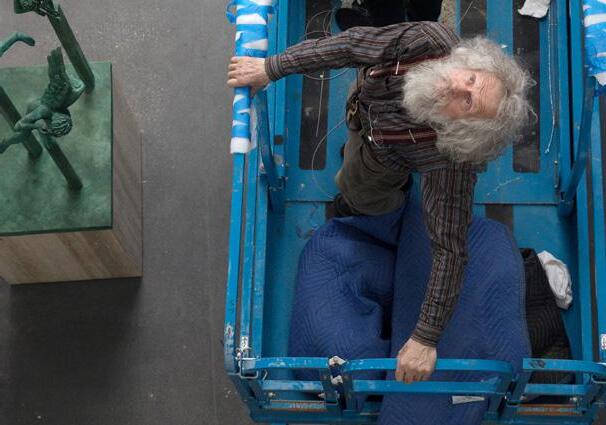
“He’s very happy with the way it turned out,” says his son, Brandur Patturson, also a glass artist from the Faroe Islands. Father and son spent several weeks hanging a glistening flock of life-sized glass seabirds at the new Nordic Museum before the grand opening in May. Asked if his father is the most famous artist from the Faroe Islands, Brandur says, “He’s the most famous person from the Faroe Islands.”
The tiny archipelago is defined less by where it is than what it’s between—between Iceland, Scotland, and Norway, between the North Atlantic and the Norwegian Sea. An autonomous country within the Kingdom of Denmark, it may have been first settled by Irish monks in the sixth century. By the 800s, Norsemen had put down roots. It has a population of about 50,000 humans and far more sheep. (The island chain made a bit of a splash in 2016 when, neglected by Google Street View, residents strapped 360-degree cameras to numerous woolly ruminants and created Google Sheep View.)
Nordic Museum executive director Eric Nelson traveled to the Faroe Islands in 2016, as part of a trip to get input on the new facility from Nordic cultural partners. “I had heard about Tróndur’s work in 2013, when he was part of the Nordic Cool exhibit at the Kennedy Center in Washington, DC,” Nelson recalls. But he hadn’t seen the art in person until this visit, during which he was able to visit Tróndur in his studio, housed in a 900-year-old structure with a spectacular view of grassy tundra and surrounding sea.
Nelson says he knew immediately that he wanted Tróndur’s seabirds featured in the new Nordic Museum. “I was so impressed by him and his studio,” he recalls. “The met-

aphors he was talking about—migration and journeys and the sea—match the themes of the new Nordic Museum. And one of the many things Seattle has in common with the Nordic countries is a strong glassmaking tradition, so it fit perfectly.”

Tróndur’s migrating birds soar eastward through the central corridor of the Nordic Museum, designed by Seattle’s Mithun architects to resemble the craggy and towering walls of a fjord. A narrow skylight runs down its length, allowing light to pour through the ceiling and catch on the smooth surface of the birds—many with wingspans of six feet—that are translucent but artfully colored, like stained glass.
“They are all different,” Tróndur says in his Faroese accent, which sounds something like Danish but with more of an Irish lilt. “You can come in, and choose a bird to follow. You can say, ‘I’m the yellow one.’ This way, you can be free, like a bird.” With his unruly nest of gray hair, and wearing his traditional flannel shirt and suspenders combo, he stretches his arms out side to side, as if catching a thermal. Tróndur cuts, paints, and kilns each bird individually, in a process he says takes about one week. “But I have been living with them all of my life,” he adds.
As a fisherman and sailor, Tróndur gained a fondness for seabirds, especially the albatross, which can traverse oceans and has long been believed to protect sailors on stormy seas. In 1976–77, Tróndur was part of the five-man crew on British explorer Tim Severin’s “The Brendan Voyage,” an attempt to replicate a legendary sixth-century voyage Irish monks may have made across the Atlantic to the New World (beating not just Columbus but the Vikings, too).
Using historically accurate materials, the Brendan boat was constructed of tanned leather (Tróndur calls it the “skin boat”). “The water was rough. Very rough,” he recalls. “But we had an albatross following us very close. That’s good luck.” The skin boat made it to Newfoundland and the crew lived, against all odds.
Tróndur’s first major journey was leaving the Faroe Islands to attend art school in Norway. He later gained acclaim for his bold abstract paintings, which radiate
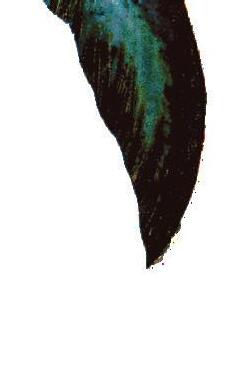
both a watery sense of movement and a darkness underneath. Now his work can be seen all over the Nordic countries, as well as in China, Russia, Indonesia, Ireland, and France. “Bill Clinton has two birds,” he says with a delighted smile. The flock of seabirds at the Nordic Museum is his first permanent installation in the United States.
Son Brandur says they weren’t sure how many birds the building could hold, so they shipped forty-two, in wooden crates marked “Clas Fragil.” They ended up using twenty-four in the main hallway. “You need room between birds to look like they’re flying,” Brandur says. “The colors need to ignite each other.” There are a few eagles mixed in with the seabirds, though Tróndur is quick to point out they can’t make oceanic journeys. “Eagles get too thirsty,” he says. The glass seabirds journeyed all the way from Nordic seas to the northwest corner of the United States, much like the fishermen who settled in Ballard long ago. They take flight inside a sparkling new, strikingly modern structure that holds the city’s past and hints at its future. Tróndur clasps his hands and looks up at the birds swooping down the hall. “They bring nature inside,” he says. “They give the building a soul.” |
This article was originally featured on Crosscut.com May 4, 2018.
Eagle eyes: Tróndur
GLASS ART TAKES FLIGHT | 4 5
A bird peeks out of a shipping crate.
The artist and his son take a break on the scissor-lift during installation.
Pattursson examines the placement of one of his birds.
Photos by Matt M. McKnight/ Crosscut
LIVING LEGACY
A Finnish-style sauna from Finn Hill and a new future at the Nordic Museum
Fred Poyner IV
January 28, 2018 dawned cold and overcast at the old Nordic Heritage Museum, with rain and temperatures dipping into the low 40s. The day marked the final transportation of the Museum’s sauna structure to its new location in the East Garden of the new Nordic Museum on NW Market Street. Over the preceding eight months, Museum staff and volunteers had worked to prepare the sauna–originally built between 1914 and 1918–for its future display. On October 31, 2017, it was temporarily moved to the old Museum’s parking lot with the help of a forklift from Ballard Transfer Company, and lifted onto wood blocks on loan from Pacific
Fishermen Shipyard for elevated support at its corners. The following two weeks in November saw repairs made to the sauna’s foundation, with several new fir timbers and steel corner braces added to bolt the wood into place.

Much of the direction for this stage of work was provided by Nordic Museum Board member and ship engineer Kurt Manchester. His expertise ensured the sauna’s framework was strapped securely into place for the
transport process, and he led the team of volunteers from the local shipyards to cut and fit the new timber additions. (The team even included a member who had previously moved the sauna in 1999.)
On the morning of January 28, a lift crane provided by Cascade Concrete Industries was used to remove the cedar shaker roof from the sauna so that height restrictions would not pose a safety concern during loading and transport of both the roof and main structure. A lift chain was attached to the center beam inside the roof, allowing it to be lifted off and placed onto one truck flatbed. A second flatbed trailer was used to load the 8,200-pound main body of the sauna.
The two-mile trek down to NW Market Street took place in a downpour, but months of planning and schedule-coordination
46 Heritage Collections
This undated photograph shows the sauna in its original Finn Hill location.
weren’t going to be undone by Seattle’s winter weather. Once the trucks arrived safely in the south parking lot behind the new Nordic Museum, a five-person rigging team, overseen by Collections Manager Fred Poyner IV, worked to hoist first the sauna body and then the roof into the air and over into the garden. A large, portable crane provided by NessCampbell Crane + Rigging lowered the sauna onto a concrete pad in the northwest corner of the garden. After 45 minutes, the roof was lowered into place as well and secured at the front and back joists.
By the time of the Nordic Museum’s grand opening on May 5, 2018, new landscaping including several birch trees had been added around the sauna. An interpretive story station inside the Nordic Orientation Gallery offered visitors information about the piece as a collection item (NHM no. 1998.074.001) along with details about the Finnish word “asuna” and its cultural significance.
The history of the Museum’s sauna is directly tied to the immigrant history of the
Pacific Northwest and Finnish culture. It was originally constructed by Johann Wierlo, an immigrant from Estonia who first came to the United States in 1908. He settled in the Finn Hill community near Bothell, Washington, in 1910, where he started an egg and chicken ranch and built both a house and sauna from cedar logs. His son, Ed Wierlo, described the process of the sauna’s construction in a 2017 interview: “He basically took a big, round cedar log, and then shaved it—cut the sides, so that he had basically a slab about six inches wide . . . you can see that it’s got the box end construction.”
Originally designed as a “savu sauna,” Wierlo’s sauna used a corner heater—kiuas —with a wood fire to supply heat. Steam, or loyly, was generated when water was thrown on the heated rocks. Two raised benches provided seating and ran the tenfoot interior length of the sauna’s main room. A small dressing chamber measuring three feet by eight feet led from the main door to the interior sauna, while two horizontal vents cut into the logs high up allowed for ventilation via hand-slides on the sides.
Ed Wierlo recalled that over many years and generations, both Estonians and Finns shared the sauna his father built. According to him, weekends were a traditional time in the community for its use:

Saturday was the big occasion of the week. You’d have to start a fire probably at 10, 11:00 a.m., and let it burn all afternoon. By 5, 6:00 p.m., the rocks were hot, and then people would come to go to the sauna. The first person in would have to throw a small pan of water on the rocks. There typically would be three or four families that would come to our place to take a sauna.1
Saunas were important to FinnishAmerican communities developing in the Pacific Northwest in the late nineteenth and early twentieth centuries. During this time public saunas prospered. They provided the rare luxury of relaxation for families, as well as a way to spend time together. Saunas also provided a centralized place within communities for immigrants to meet other Finns (and in Wierlo’s case, Estonians) to speak in their native languages. As people began to move into larger towns and cities, they would visit their family
LIVING LEGACY | 47
members or friends in rural communities who still had space for a sauna. Then with the invention of the electric sauna, units could be installed anywhere. Urban homes could now have a sauna, and spas and gyms began to add them across the country as well. Public saunas fell into disuse.
When the Wierlo homestead land was being developed for condominiums in the late 1990s, members of the community there —including Ed Wierlo—arranged to have the Finn Hill sauna donated to the permanent collection of the Nordic Heritage Museum. An assessment of its condition at that time by Jan Kiaer of AIA & Associates remarked on the sturdy construction and how well it had stood up over time, calling the workmanship “excellent” and saying that “the sauna is exquisite in its simplicity and a fine example of indigenous Finnish architecture.”
In June 1999, the sauna was successfully transported in one piece to the grounds of the former Nordic Heritage Museum and placed on display on the south lawn.

While its use as a static display as an interpretive model proved to be valuable for the museum for many years, it was not something that visitors could fully appreciate: access was limited to looking through the sauna’s single original window on the side of the structure, and visitors were not allowed inside. In 2018, as part of its mission to both preserve and enhance access to museum collections, the Museum began planning a remodel of the sauna’s interior spaces.
The purpose behind the sauna remodel project is two-fold. The first goal is to return the sauna to its original state. The painted blue interior that was added in the 1930s will undergo removal. This will expose the original cedar log surfaces inside the sauna, as it was first designed and utilized by the Wierlo family and others at Finn Hill. This will also ensure that an existing chimney hole in the ceiling of the second interior room will be filled, once a new cedar wood false ceiling is put into place.
The second goal is to make the sauna functional once more, so it can serve as a working model for people to enjoy as a living part of Finnish and Finnish-American
culture. To this end, the removal of the lead-coated paint inside is necessary to ensure the safety of future users, while the addition of a new electric-powered kiuas will eliminate potential damage from open flames, while still providing heated steam and an authentic sauna experience. Original two-tier bench seating running the length of the second room will be reconstructed. New lighting will be added, along with new, heat-resistant glass to the existing window pane. Cedar slat flooring will cover the concrete pad and allow for water drainage.
The potential impact of a working sauna at the Nordic Museum is great. Timo Lahdekorpi, one of the project’s supporters and an experienced sauna advocate of 66 years and counting, relates the power of the experience for visitors:
Historically steam was considered the “spirit” which connected sauna takers to the dead. Going back 3,000 years ago, the sauna was much more a spiritual thing such as sweat lodges still are with Native Americans. If you go back far enough in time, they both likely originated somewhere in Siberia. The Finns just embraced the concept and kept it alive and developed the sauna into what it is today.
As a community project, the sauna represents an ongoing tie to Finnish and Estonian cultures and a means by which Nordic and non-Nordics alike can share this cultural experience. Museum Trustee, Kurt Manchester continues to advise on the engineering of the structure; Lahdekorpi has secured a donation from Finlandia Sauna of Portland of a new sauna heater and wall controller, as well as assisted with other design details and material sources. Additional volunteers are helping with car-

pentry, bench installation, and stonework for the heater box. With this assistance, the project will likely be completed by the summer of 2019.
With the support of the Nordic Museum Finland Committee and other groups, the Nordic Museum looks to celebrate a new beginning for the sauna, while providing an important link to the shared past of immigration history of the Pacific Northwest for generations to come. |

NOTE
1 Ed Wierlo interview, 2017.
48 | NORDIC KULTUR
Images, clockwise from upper left
A forklift driver waits to load the sauna from its location at the old Nordic Heritage Museum.
Crane operators gently lower the sauna into the new Nordic Museum’s East Garden.
The sauna, with roof attached, in the East Garden.
BY SEA
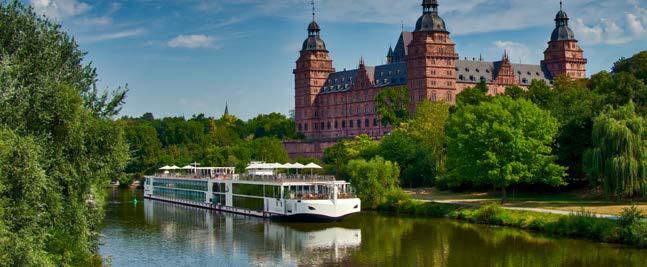



NORDIC MUSEUM SEATTLE A celebratio n o f A rctic culture August 22–25 Only with Viking, the small ship experts. VIKING IS A PROUD SPONSOR OF THE VIKINGS BEGIN BY RIVER
Visit us at vikingcruises.com
&
KUBB
What You Need: Two teams, six throwing batons (total), five kubbs (each), one king kubb (total)
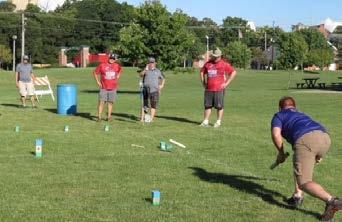
The Goal: Knock over the opposing team’s kubbs (wooden blocks) by throwing wooden batons. The “king kubb” in the center of the pitch (playing field) must be knocked over last—if your team knocks over the king kubb before the other kubbs, your team loses.

The Game: Both teams place five kubbs in a line at their end of the pitch. These are their “baseline kubbs.” The king kubb is placed in the center of the pitch, in between the two parallel baselines. The first team starts by throwing batons at the second team’s kubbs. The batons must be thrown underhand and spin end-over-end.
Any kubbs which are knocked over become “field kubbs” for the team who hit them. If Team Red knocks over any of Team Blue’s kubbs, at the end of the turn Team Blue will pick up the fallen kubbs and toss them onto Team Red’s side of the pitch. Team Red will stand up their new field kubbs where they landed. Team Blue must now knock down all of Team Red’s field kubbs before they can attack Team Red’s baseline kubbs. Only after all opposing field and baseline kubbs have been knocked down can a team attempt to knock over the king kubb.
The first team to knock over their opponents’ field and baseline kubbs and then knock over the king kubb wins!
Rules, field diagrams, and more can be found at www.kubbunited.com/rules-of-kubb.
A NORDIC WAY TO PLAY
Make way, croquet!
Timothy Krumland
50
Background photo by chuttersnap on Unsplash
Photo by KubbUnited.com
Culture
US Kubb Open in Beloit, Wisconsin
There are few things better than a good lawn game. The combination of time spent outside, friendly banter, and a healthy level of competition is hard to beat (a cold beverage in hand also helps). A good lawn game is simple enough for anyone to pick up, yet engaging enough to hold your interest, like the Nordic games kubb and mölkky. Nordics embrace both games as part of their culture. (Kubb in particular was a big part of my experience while attending folkhögskola—folk high school— in Jönköping, Sweden.) Not only are they fun, both games are great ambassadors for Nordic culture.
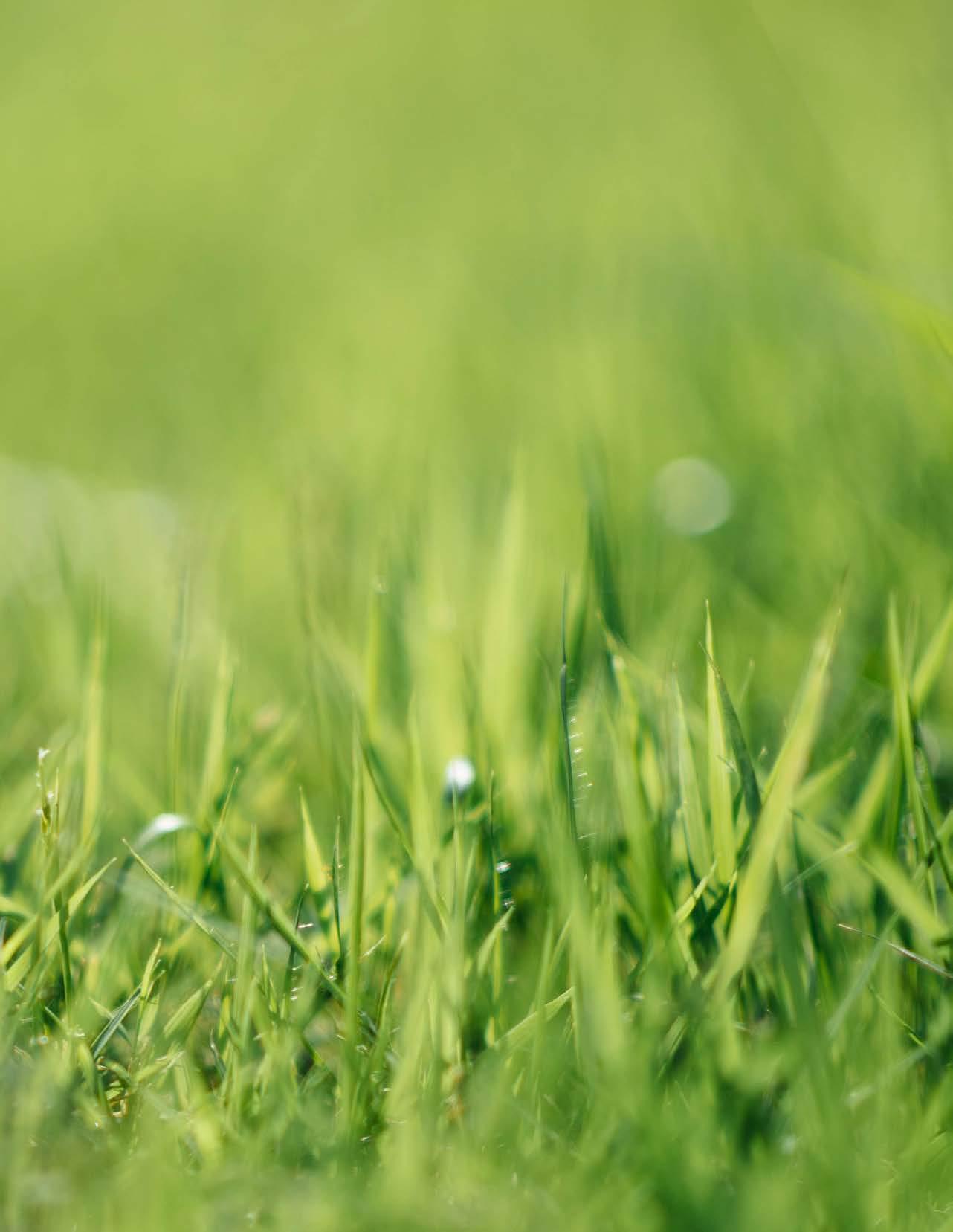
Often called “Viking chess,” kubb is huge in Scandinavia. While people love to debate the origin of the game, the popular legend claims that the game originated with the Vikings, specifically on the island of Gotland. It’s said that the wooden throwing batons and blocks used today are representative of the arm and leg bones and skulls used in the game’s infancy, but this may only be lore.
While kubb is often associated with Sweden (or the whole of Scandinavia), mölkky is distinctly Finnish. Although mölkky was created in 1996 by the Lahden Paikka Company, there are comparisons to be made to the centuries-old Karelian game kyykkä. In both games, the player throws wooden batons at wooden targets. In kubb, the goal is to clear the field, while in mölkky, the goal is to get to 50 points.

The game pieces are not flashy: both games use modest hunks of wood. In my opinion, the reliance on strategy and fundamentals is what distinguishes both games as “Nordic.” The Nordic mentality in sports focuses on basics, not stellar, highlight-reel plays. In professional sports the practical, “no-fuss move” is respected, and the same is true in kubb and mölkky
Though casual, these games are making waves as legitimate sports and increasing in international popularity. Eau Claire, Wisconsin, hosts the Kubb US Championships, and the World Championships are in Gotland, Sweden. Additionally, the nonprofit Kubb United is taking great strides in promoting the sport to a wider audience. Mölkky is growing too, with an annual US tour hosted by the US Mölkky Association.
Pick up a kubb or mölkky set this summer and connect with your family, friends, and Nordic roots. Enjoy the great outdoors in company of others, and have some fun. Skål! |
M ÖLKKY
What You Need: Two teams, one set of numbered mölkky skittles, one throwing skittle
The Goal: Get exactly 50 points by knocking over the numbered skittles with the throwing skittle.
The Game: The numbered skittles, 1–12, are set close together in a diamond formation. If a player knocks over one skittle, his score for that round is the number on that skittle. If a player knocks over more than one skittle, his score for that round is the sum of skittles knocked over. Once a player’s score is tallied, any knocked over skittles are stood up where they landed and the next player takes his turn.
Play continues in turns until one player reaches exactly 50 points. If a player goes over 50 points, his score is lowered to 25 and they continue to play.
The first player to reach exactly 50 points wins!
Rules, field diagrams, and more can be found at www.molkky.com.
A NORDIC WAY TO PLAY | 5 1
Photo by Travelzoo
In Praise of the Icelandic Sheep
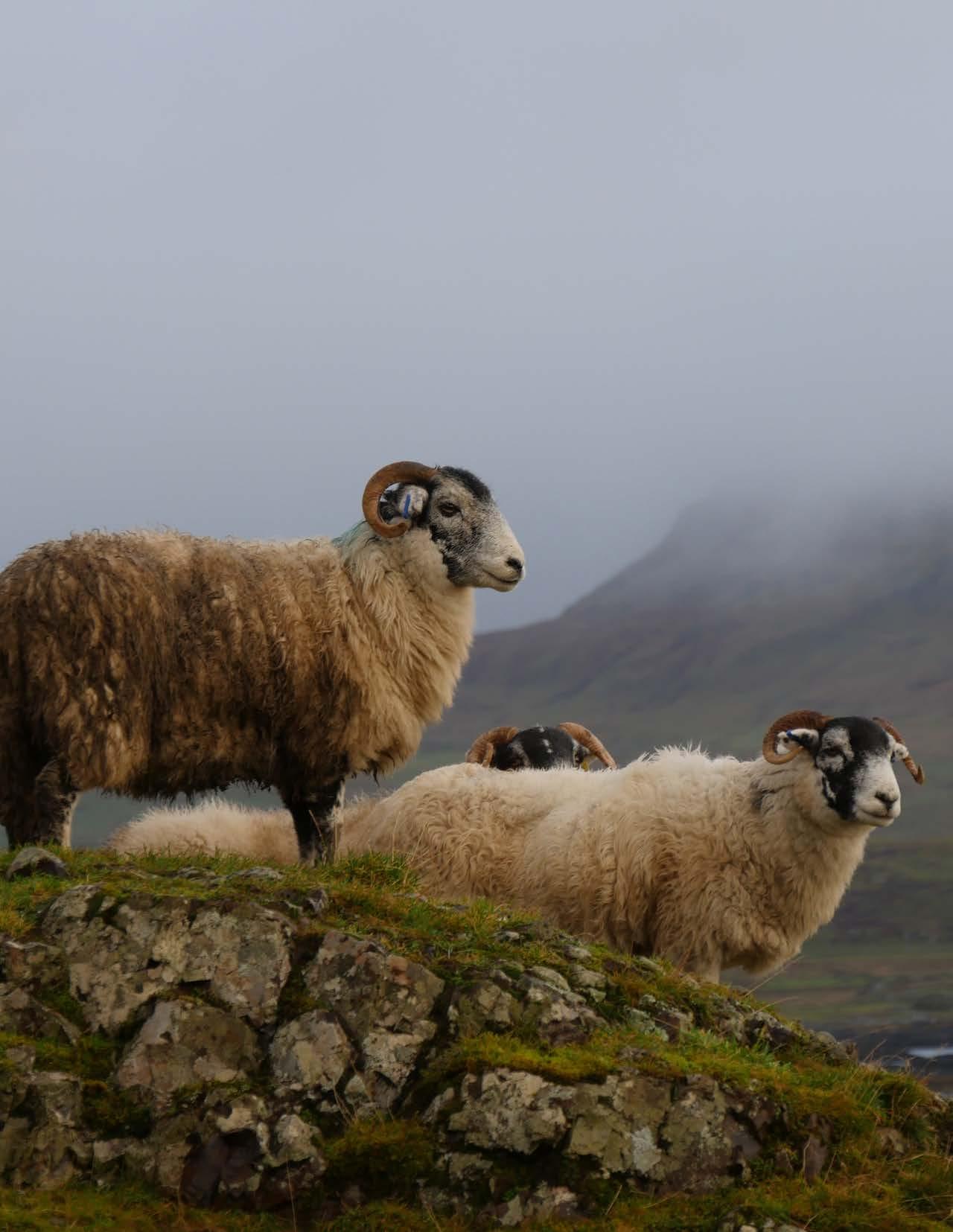
Folk Art
Justin Allan-Spencer
Crack open almost any book about Iceland and you will find an author breathlessly describing the country as a fantastical wonderland filled with dancing elves, healing hot springs, and clean Nordic living. While there is some truth to this idealized view of modern Iceland, for most of its 1,140-year history, the country clung to economic survival with bone-raw fingers. Were it not for an unlikely hero, this wind-bitten nation in the middle of the Atlantic would never have survived the Middle Ages.
Shortly after the end of the first millennium, misfortune brought Iceland to its knees. In 1000 CE, Iceland converted to Christianity, curbing the barbarous tendencies of this powerful Viking nation. However, the rape-and-pillage-free peace that followed didn’t last long, and the country devolved into a brutal struggle for power. In 1262, in an effort to quell this violence, the commonwealth was dissolved and the keys to the island handed over to the Norwegians—and later the Danes. The Icelandic subjects were kept on the brink of poverty by a harshly imposed trade monopoly. In the late fifteenth century, the Black Plague wiped out more than 60 percent of the population. Three centuries later, Iceland’s largest volcanoes erupted, choking the already limited arable land with poisonous ash: citizens resorted to eating their shoes and much-beloved books to stay alive during the famine that followed. After eight centuries as one of the poorest nations in Europe, Icelanders finally gained their economic footing when they wrested themselves free from Danish rule during World War II while Denmark’s king was otherwise preoccupied.
What kept them alive through the centuries, beset by plague, famine, mercurial weather, and war? The humble Icelandic sheep.
Outnumbering people nearly two to one (even today), the Icelandic sheep is a longfleeced, sturdy beast that resembles—after a summer of wandering the high moors and deep valleys—a wild, dirty, ill-tempered mop. The Icelandic sheep’s coat is the very thing that makes it unique and valuable; instead of a single layer of downy fleece,
these sheep are dual-coated. The outer layer (tog) is coarse, long, and water-repellent. The inner layer (Þel) is soft and insulating.

A combination of tog and Þel is used to knit lopapeysur sweaters. Despite being a beloved national symbol, lopapeysur are a relatively recent addition to the Icelandic wardrobe. Inspired by traditional Greenlandic women’s costumes and Incan design, Auður Laxness (second wife of Icelandic literary giant Halldór) is said to have originated and popularized these now-ubiquitous fluffy garments in the mid-twentieth century.
The yarn from which lopapeysur are made—lopi—is terribly tricky to work with (particularly for English-style knitters), as it is traditionally unspun, the tog and þel fibers held together by a tenuous agreement and luck. Knitting with unspun wool is an invention of necessity: too busy eking out a living in the unforgiving landscape, homemaking women dispensed with the tedious and time-consuming step of spinning and got straight to making warm clothes. Luckily for the modern knitter, lopi is now manufactured in spun and unspun varieties. Lopapeysur may be recent to the Icelandic identity, but sheep and wool are mentioned frequently in the Sagas. Vaðmál (homespun, a coarsely-woven textile made from domestically spun woolen yarns) was valuable enough to have been included in dowries and used to settle bloody vendettas. The importance of knitting is revealed in other legends, including that of Jólakötturinn (The Yule Cat). Never a nation to shy away from the grim and horrific, this giant and fearsome beast is said to devour any child who doesn’t receive a piece of newly knitted clothing on Christmas Eve.
Though not as prominent in their national identity and popular imagination as knitting, Iceland does have a rich heritage of freestyle and counted-grid embroidery dating back to pre-Reformation medieval times. Traditional Icelandic embroidery is not dissimilar from its Nordic neighbors; darning stitches and patterns are nearly identical to those of the smøyg tradition in Norway. Cross-stitch (invented as soon as people learned how to fashion needles from bone) is ubiquitous across
IN PRAISE OF THE ICELANDIC SHEEP | 5 3
Photo by Hazel Clifton on Unsplash
needle-working traditions, but it is used sparingly in early Icelandic needlework. More common is the long-armed crossstitch fléttusaumur or gamli krosssaumurinn (the braid stitch and the old cross stitch, respectively), a variant popular in medieval Germany that yields a plaited, knit-like texture. Refilsauamur (filled-in stitch), a multi-step, multi-stitch technique of freestyle embroidery, is the same as used in the Bayeux Tapestry, the eleventh century English masterwork. Patterns and motifs collected in ten extant manuscripts dating from the seventeenth to the nineteenth centuries, known as sjónabækur (pattern books), can be found in handcrafts from across continental Europe (including Slavic countries like Ukraine).
What makes the body of extant traditional embroidery pieces unique is the prevalence of that essential Icelandic material: wool. Simple economics drove the reliance on domestically produced woolen fabrics and threads: during the period of the Danish trade monopoly, the import of goods—including fabrics and threads—was incredibly expensive. It was a lucky needleworker indeed who had the opportunity to work with imported linens, silks, or metallics.
Rivaled in importance only by the sea and its bounty, Icelandic sheep have played a pivotal role throughout the nation’s history. But as Iceland leapt—with enthusiastic bravado—into the modern twentiethcentury world, the idyllic and quintessentially
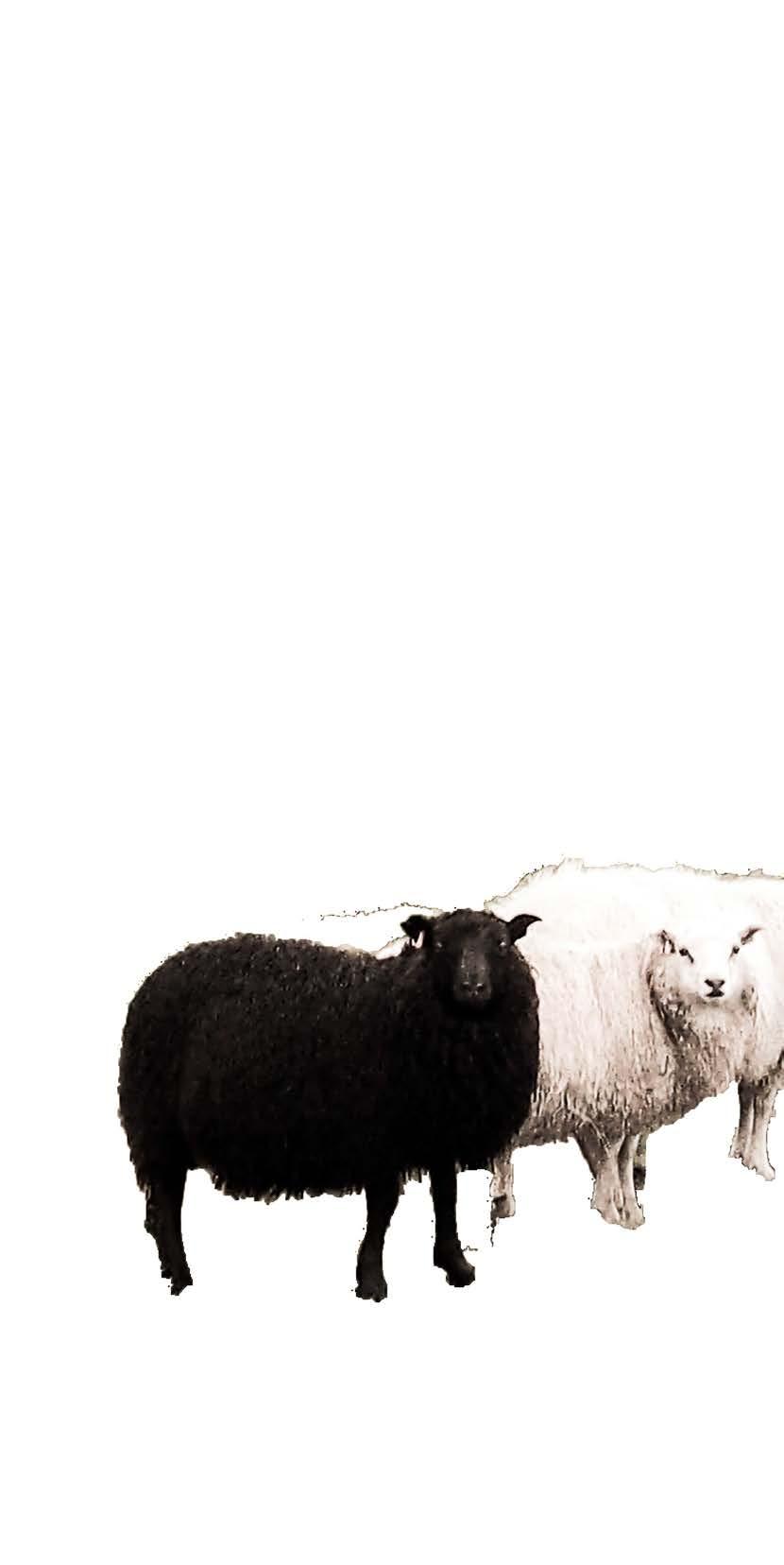

Icelandic tradition of sheep farming faced existential threats. Following World War II, the rural population began to abandon the countryside for the bustling capital, now home to more than a third of the entire country. Icelandic tastes changed, and consumption of chicken, pork, and beef has surpassed that of lamb. Because of these cultural shifts, the number of sheep farms has been continually declining: 20 percent disappeared between 1993 and 2008. Whatever the future holds for the Icelandic sheep and her farmer, the country is deeply indebted to this humble and hardy animal. Meat and leather gave the Icelanders a fighting chance in their harsh home, and wool, the raw material for handicrafts that shaped Icelandic culture and identity. On your next visit, be sure to raise a glass in praise of the Icelandic sheep. |
NOTES
Thanks to textile scholar Elsa E. Guðjónsson, whose research into traditional needlework gives us our foundational understanding of pre-modern embroidery. Her Traditional Icelandic Embroidery, Iceland Review, 1985, is an excellent resource. A complete, digitally recreated collection of the patterns contained within the sjónabækur can be found in Íslensk Sjoónabók: Ornaments and Patterns Found in Iceland, Heimilisiðnaðarfélag Ícelands (The Icelandic Handcraft Association), Þjóðminjasafn Ícelands (National Museum of Iceland), and Lisaháskóli Ícelands (University of Iceland), 2011.
54 | NORDIC KULTUR
The author dons a lopapesya sweater in Snæfellsnes, in southwest Iceland. The pattern is an original design, inspired by motifs found in Íslensk Sjoónabók:
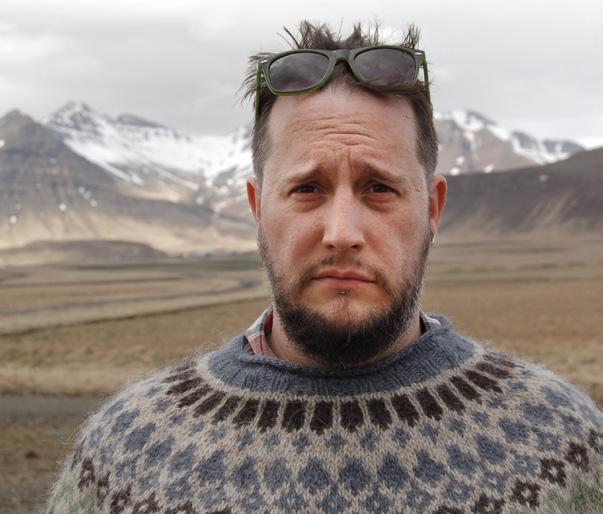
Ornaments and Patterns Found in Iceland.

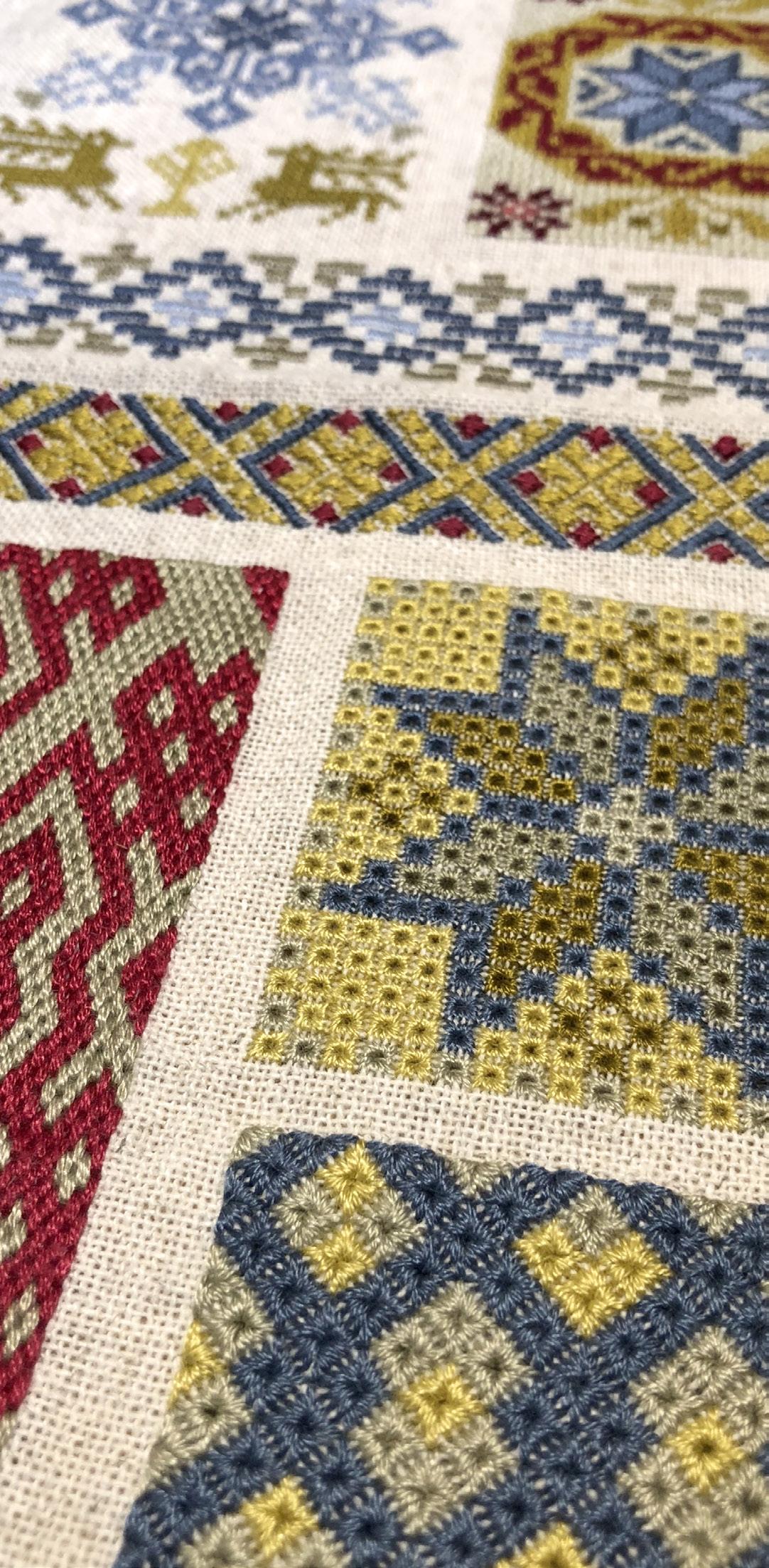
IN PRAISE OF THE ICELANDIC SHEEP | 5 5
Images, clockwise from above
A sampler featuring traditional Icelandic designs, embroidery techniques, and colors, using modern materials including cotton thread and linen fabric. Created for the Traditional Icelandic Embroidery craft class. Design and stitching by Justin Allan-Spencer.
Freya’s Icelandic Mule
Bold meets new at the Nordic Museum’s café
What’s the difference between a Moscow mule and an Icelandic one? That may sound like the setup for a joke, but when it comes to the kind of mule you drink, our Freya café has a serious answer: “It’s the Reyka Icelandic vodka we use,” says Bar Manager Mohamed Hessen.
Citrusy and a little sweet, Freya’s Icelandic Mule reminds one of a grown-up lemonade. Instead of a ginger beer, Freya (operated by City Catering) makes their own small batches of ginger syrup for flavoring and sweetness. It’s a treat visually, too: the café has eschewed the drink’s traditional copper cup in favor of a clear glass where the lime garnish curves through the pale liquid like the Northern Lights.
No wonder it’s Freya’s most popular cocktail, both at the bar and for catered events. “See?” Hessen points behind the bar as he serves us, “People order so much we have it on tap.”
Freya’s most popular drink isn’t the only classic-
with-a-twist the café and bar offer. Hessen and Chef Brendan Arnt have crafted menu items that blend traditional Nordic cuisine with the progressive palate typical of the Pacific Northwest. Dill, birch bitters, and lavender honey have all made their way into the drink menu as unexpected mixers sure to surprise taste buds. When paired with nibbles like a classic smørrebrød or a Danish Dog, diners can expect a table that is equal parts comforting and exciting. Much like the Nordic Museum itself, Freya incorporates both the traditional and contemporary in a fusion that’s truly delicious. |
Freya is open Tuesday through Sunday during museum hours.
ICELANDIC MULE
reyka vodka 2 oz
lime juice 3/4 oz
house ginger syrup 3/4 oz
club soda 2 oz
Stir and garnish with slices of lime, thinly sliced
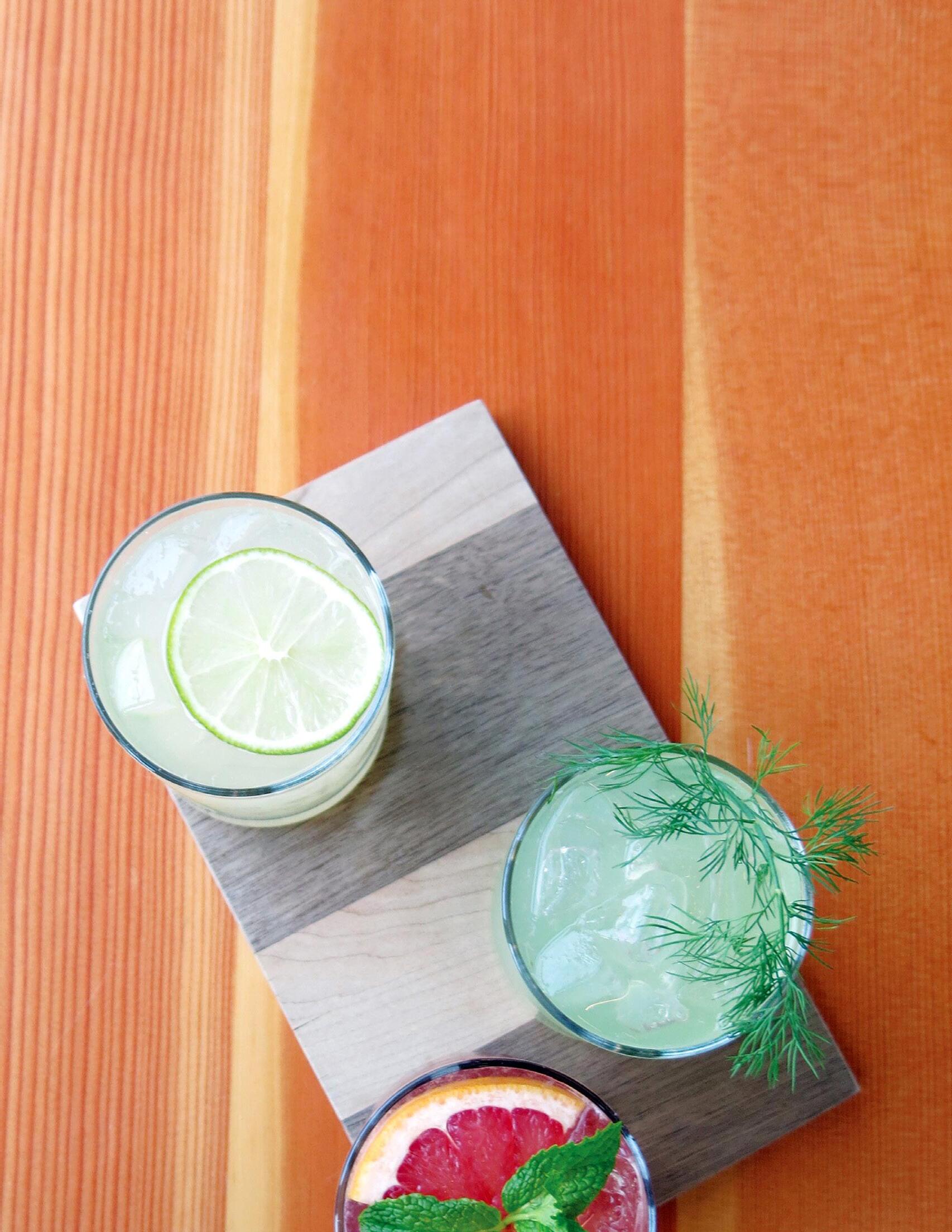
56
DILL DOL L dill v o d k a, lime juice, club soda A N K E R & BERG bourbon , d u b o n net, grand marnier , birch bitt e r s
Skål! I C E L A N DIC MULE reyka vodk a , l i m e juice, houseginger syrup , cl u b s o d a
THANK YOU TO OUR 2018 SPONSORS!
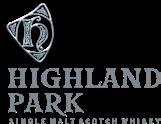









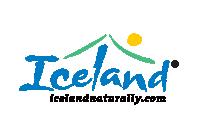


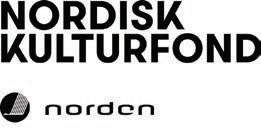
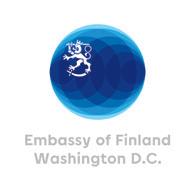



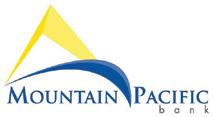



















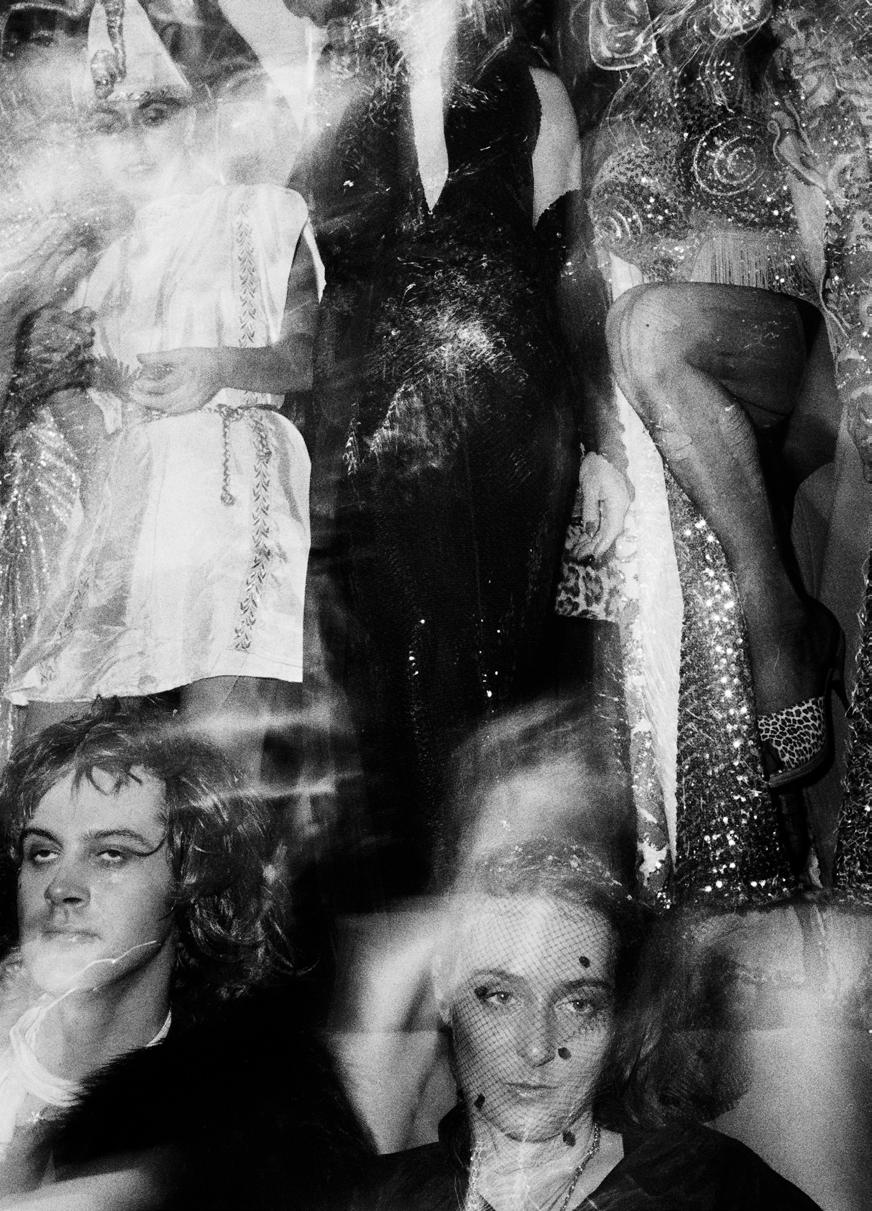
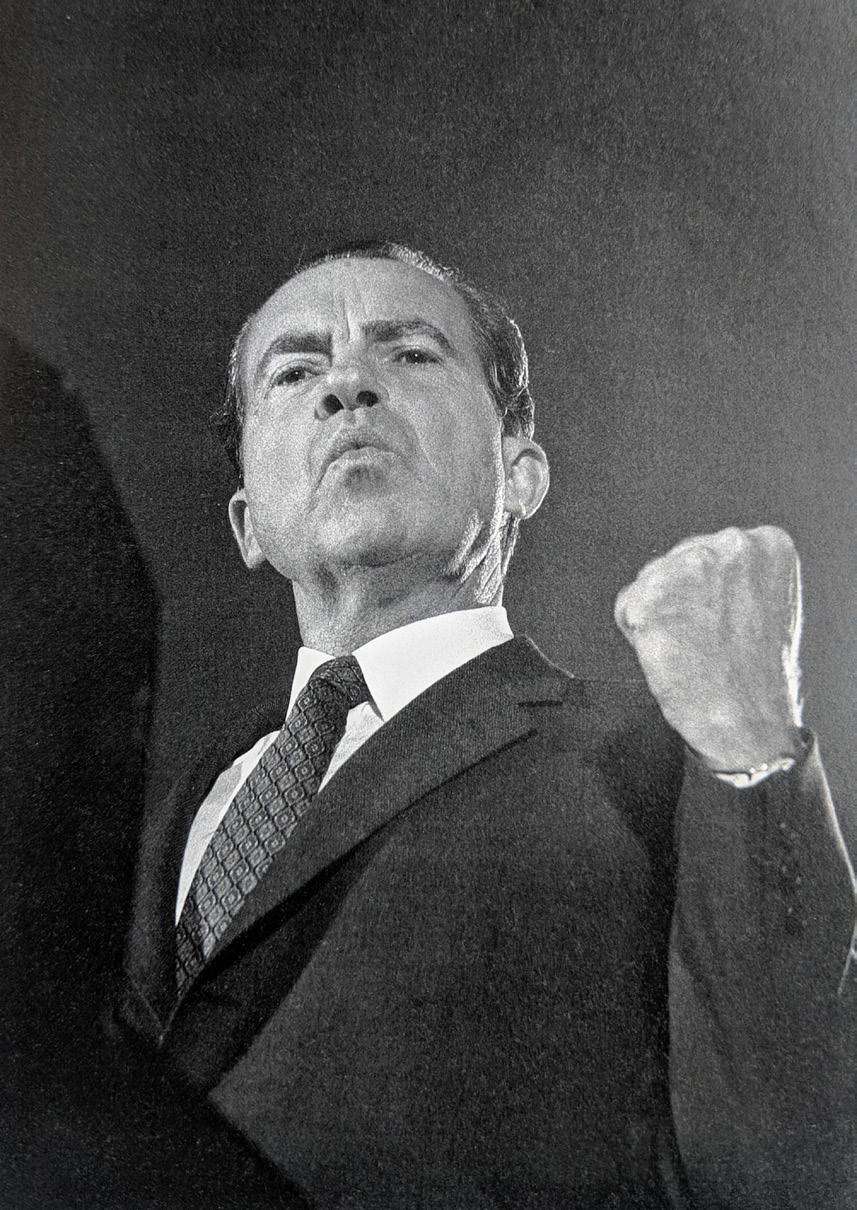
2655 NW Market St Seattle, WA 98107
11–August 25, 2019
Nordic Heritage Museum Foundation
May

 by L. A. Ring
by L. A. Ring

 Photo by Luke Stackpoole on Unsplash
A fundraiser for the Nordic Museum
Photo by Luke Stackpoole on Unsplash
A fundraiser for the Nordic Museum












 Thaw. 1901. Oil on canvas. 40 x 61 cm. SMK, KMS7709
The Artist’s Wife by Lamplight. 1898. Oil on canvas. 68 x 87 cm. SMK, KMS3959
Has it Stopped Raining? 1922. Oil on canvas. 64.5 x 55.5 cm. SMK, KMS3636
At the French Windows: The Artist’s Wife 1897. Oil on canvas. 191 x 144 cm. SMK, KMS3716
Thaw. 1901. Oil on canvas. 40 x 61 cm. SMK, KMS7709
The Artist’s Wife by Lamplight. 1898. Oil on canvas. 68 x 87 cm. SMK, KMS3959
Has it Stopped Raining? 1922. Oil on canvas. 64.5 x 55.5 cm. SMK, KMS3636
At the French Windows: The Artist’s Wife 1897. Oil on canvas. 191 x 144 cm. SMK, KMS3716





























































 Pite Sápmi (1914)
Pite Sápmi (1914)

















 Brangien Davis
Artist Spotlight
Glass birds swoop over and under guests at a Nordic Museum event.
Brangien Davis
Artist Spotlight
Glass birds swoop over and under guests at a Nordic Museum event.































































